




HIGH FIDELITY PERSONAL AUDIO & STEREO MAGAZINE


LOUDSPEAKERS

ATMA-SPHERE GEM INTEGRATED/HPA
ALLNIC AUDIO M-3000 Mk 3 AMPLIFIERS
QLN
PRESTIGE ONE BOOKSHELF SPEAKER
FRANCO SERBLIN
ACCORDO ESSENCE
LOUDSPEAKERS
GRIMM AUDIO MU2
DAC/STREAMER/PRE AND MORE…


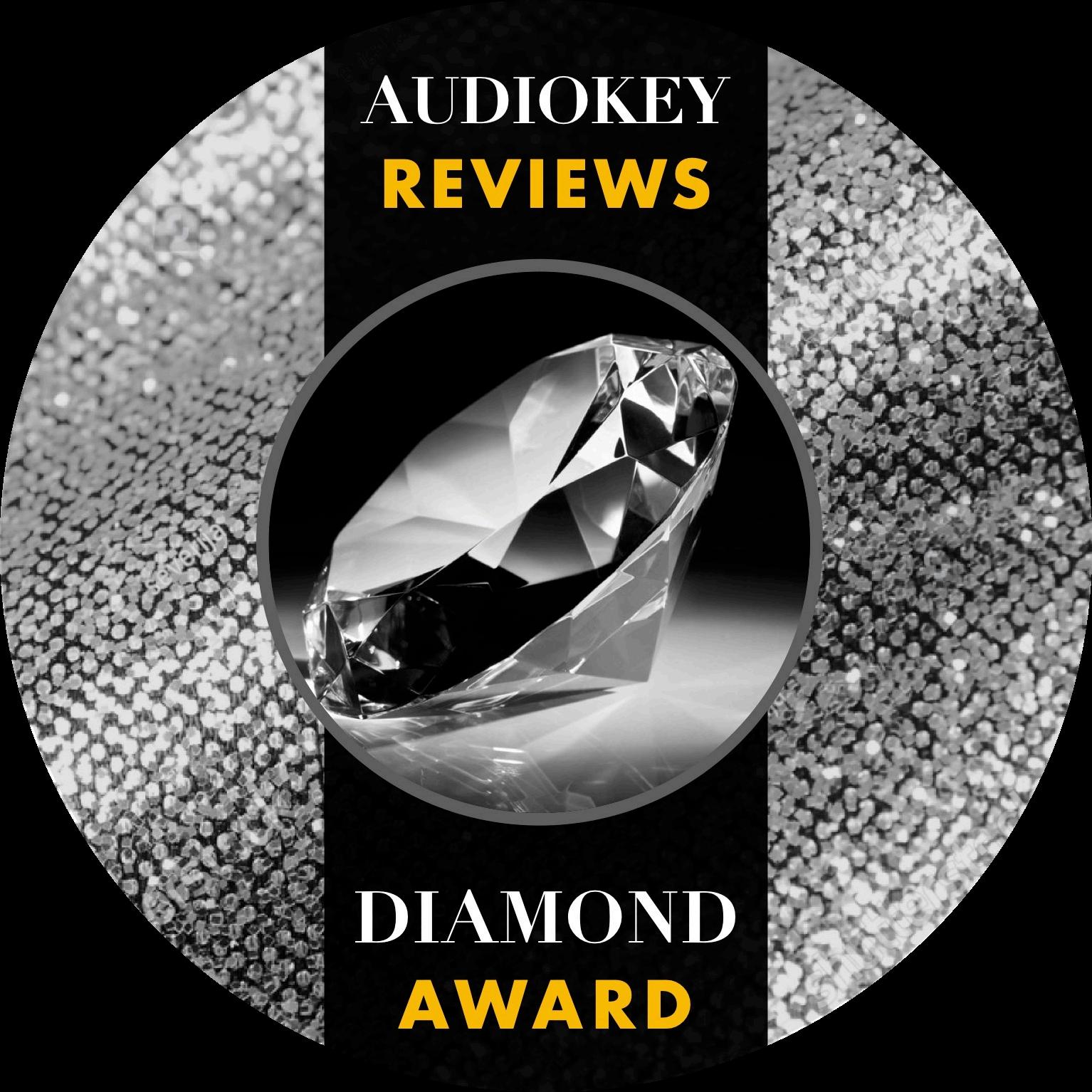

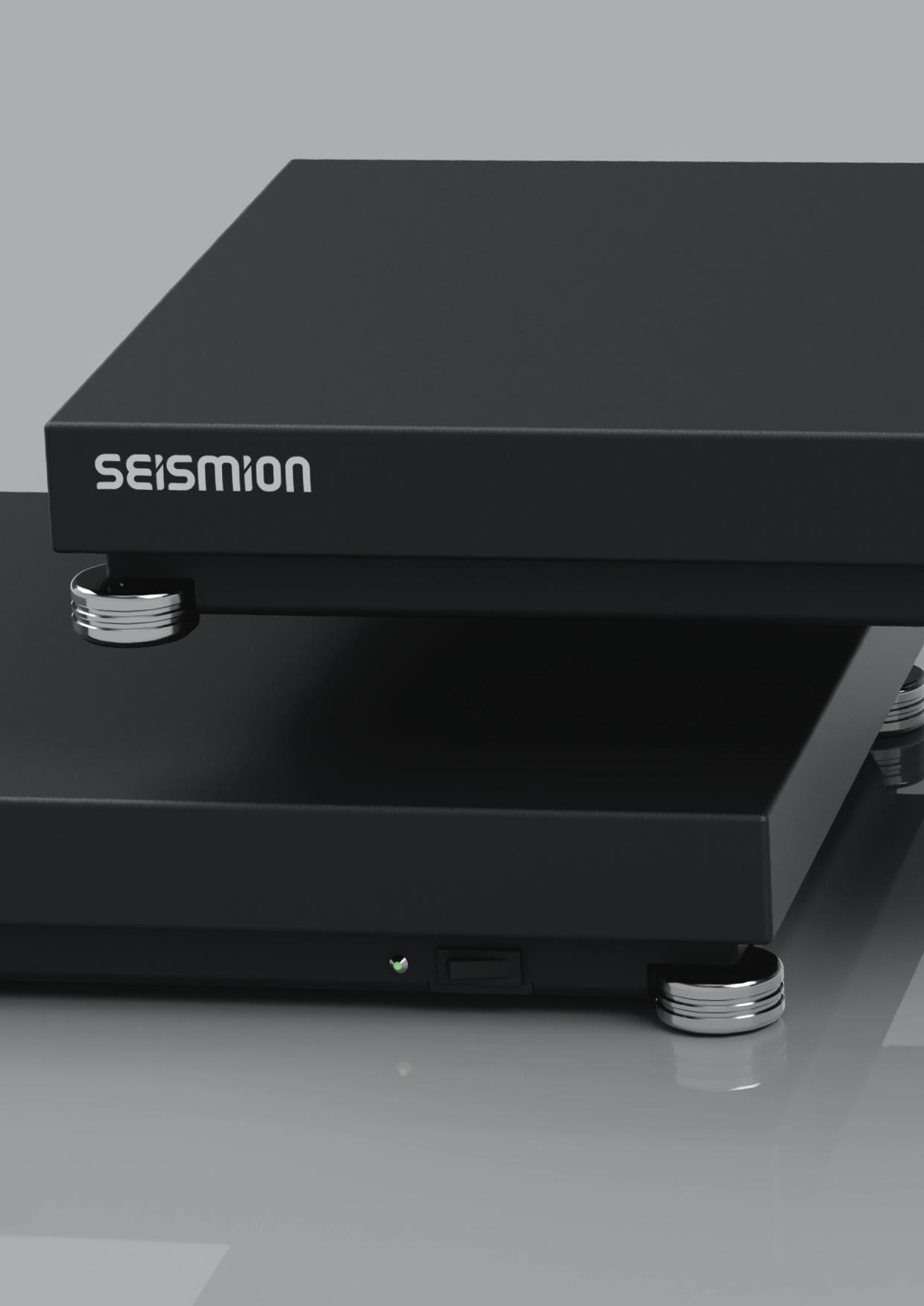

E LECTRIFIED S TABILIZATION P LATFORM The Last Platform You’ll Ever Need


Music is art, art is music.



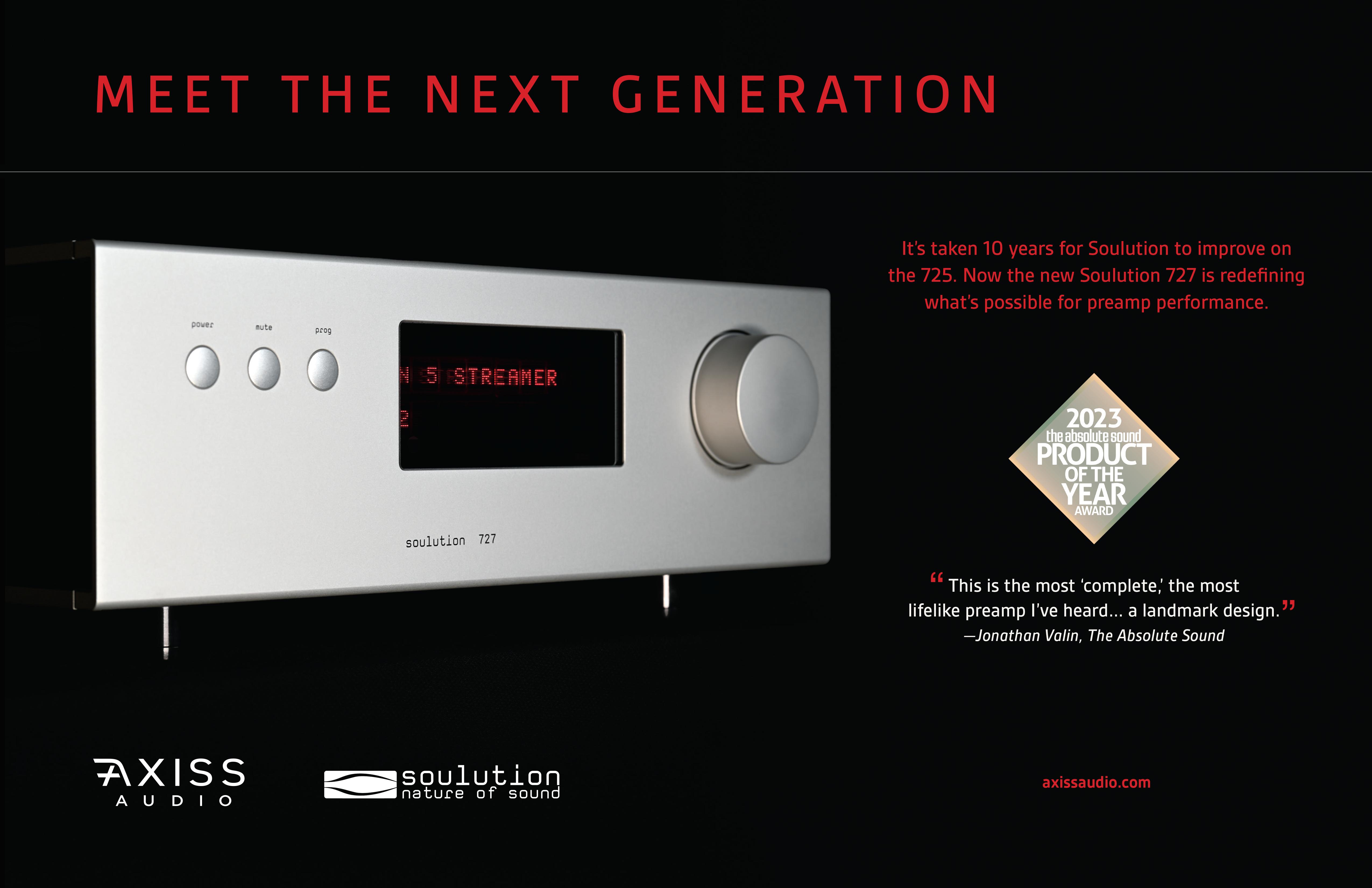

 Vincent Van Gogh - Olive Trees with Yellow Sky and Sun, 1889
Vincent Van Gogh - Olive Trees with Yellow Sky and Sun, 1889


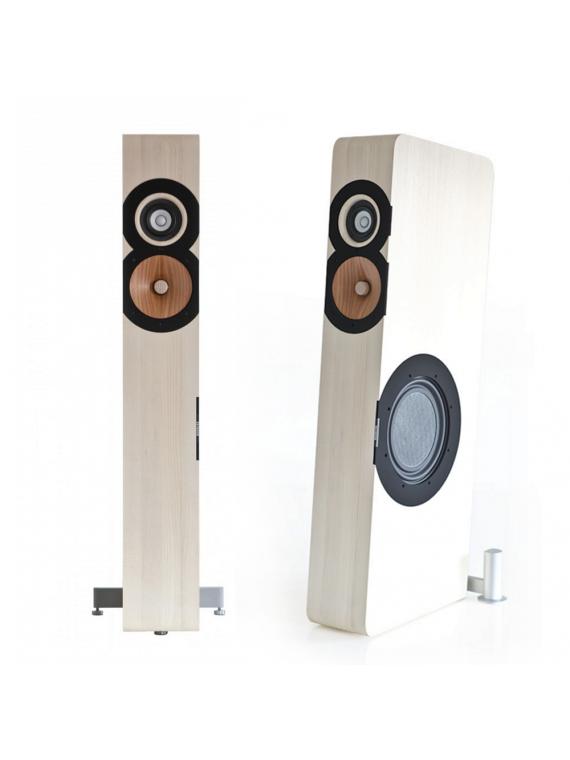



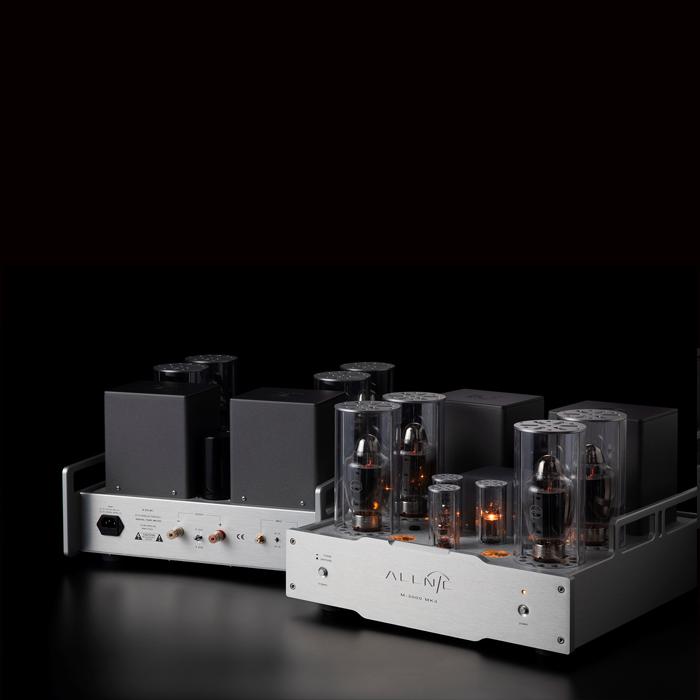





ATMA-SPHERE
DR.


JOAN
INTERVIEW-
QLN PRESTIGE ONE SPEAKER
ALLNIC AUDIO M-3000 Mk 3
GRIMM AUDIO MU2 - FOLLOWUP
BOENICKE W11 LOUDSPEAKERS

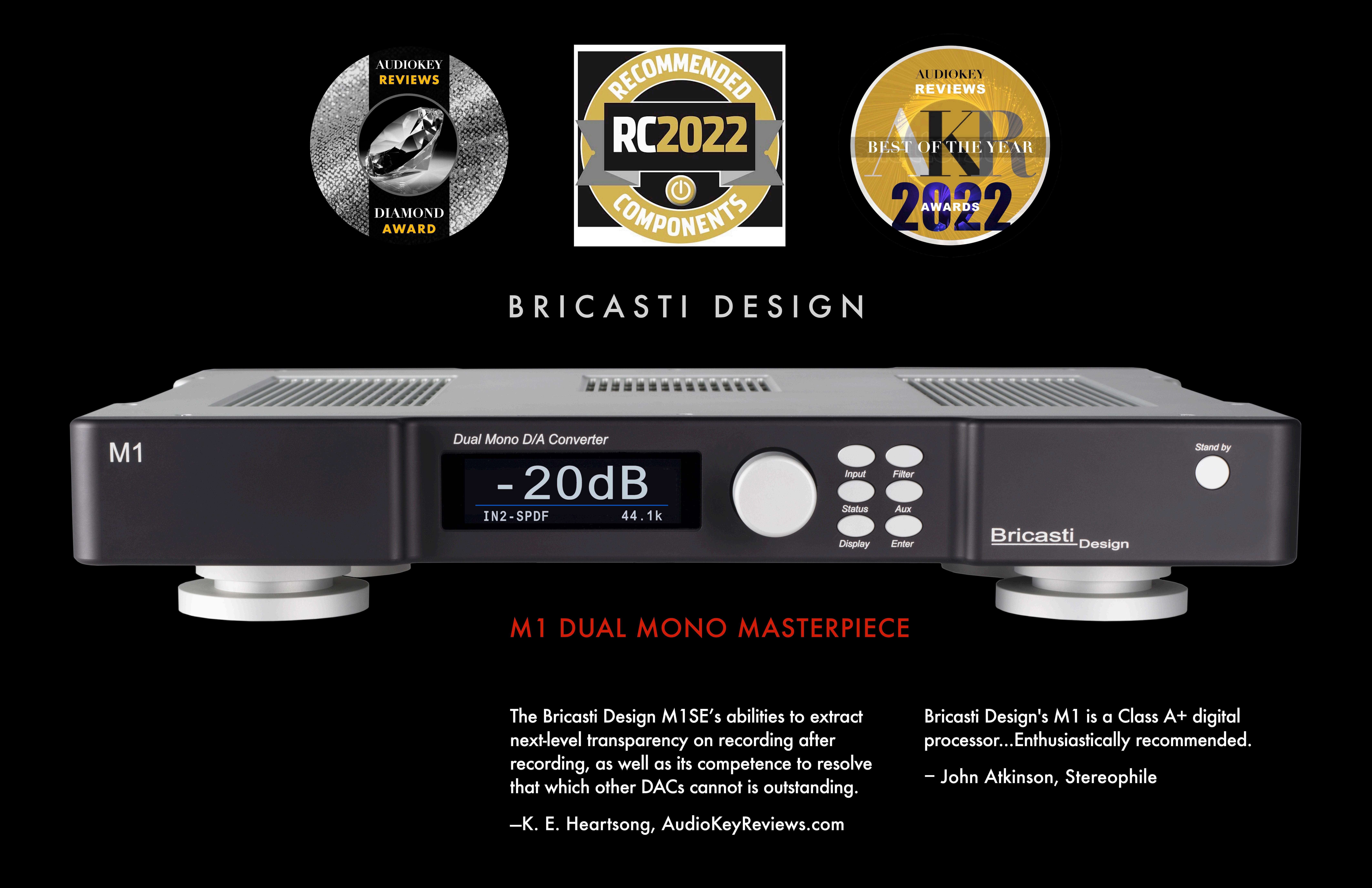






Front Inside Cover: Claude Monet - Poplars along the River Epte Autumn, 1891
Back Inside Cover: Paul Gauguin - Les Alyscamps Arle
The Other Art. It is my belief that the artist and the musician are not only creatives, but they access heart and soul and experience, perhaps, in the selfsame ways. My own love for art and music are inseparable. And so art, music, and those things which facilitate the music shall share theses pages.
Summer Showers, Joseph Holston courtesy the University of Maryland Global Campus, Adelphi, MD. LETTERS TO THE EDITOR - SEND HERE


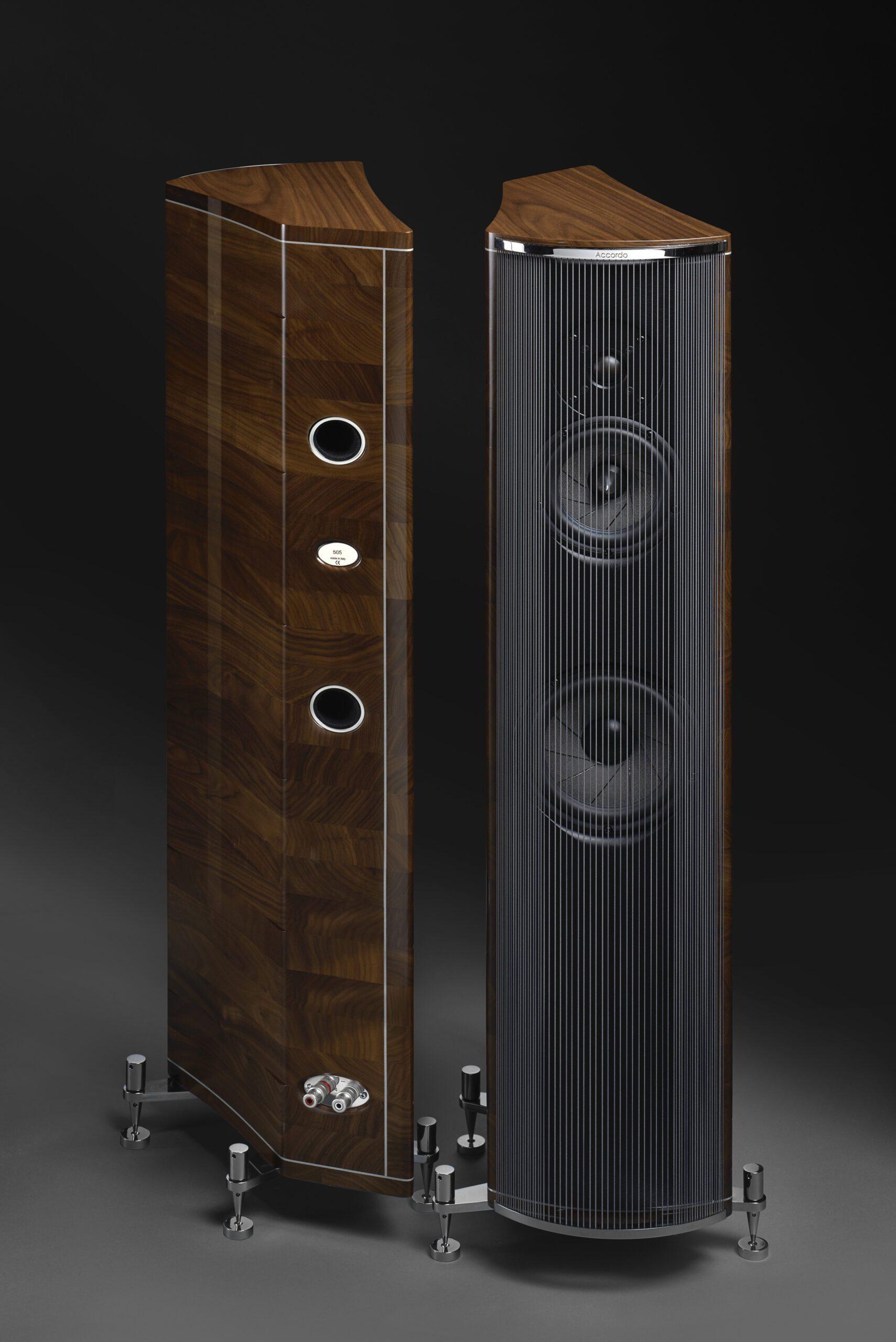


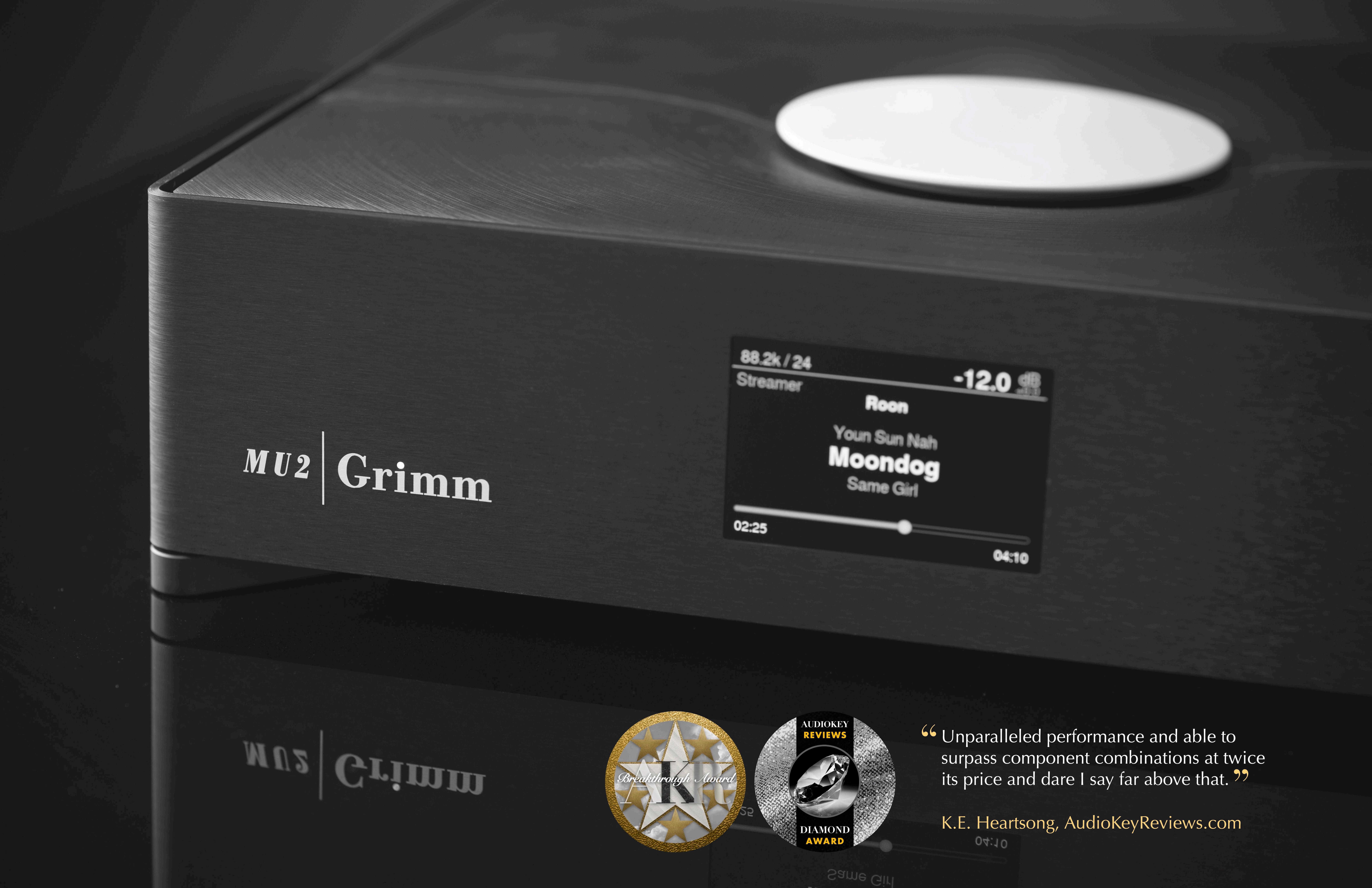

 Vincent Van Gogh - Branches with Almond Blossom, 1890
Vincent Van Gogh - Branches with Almond Blossom, 1890



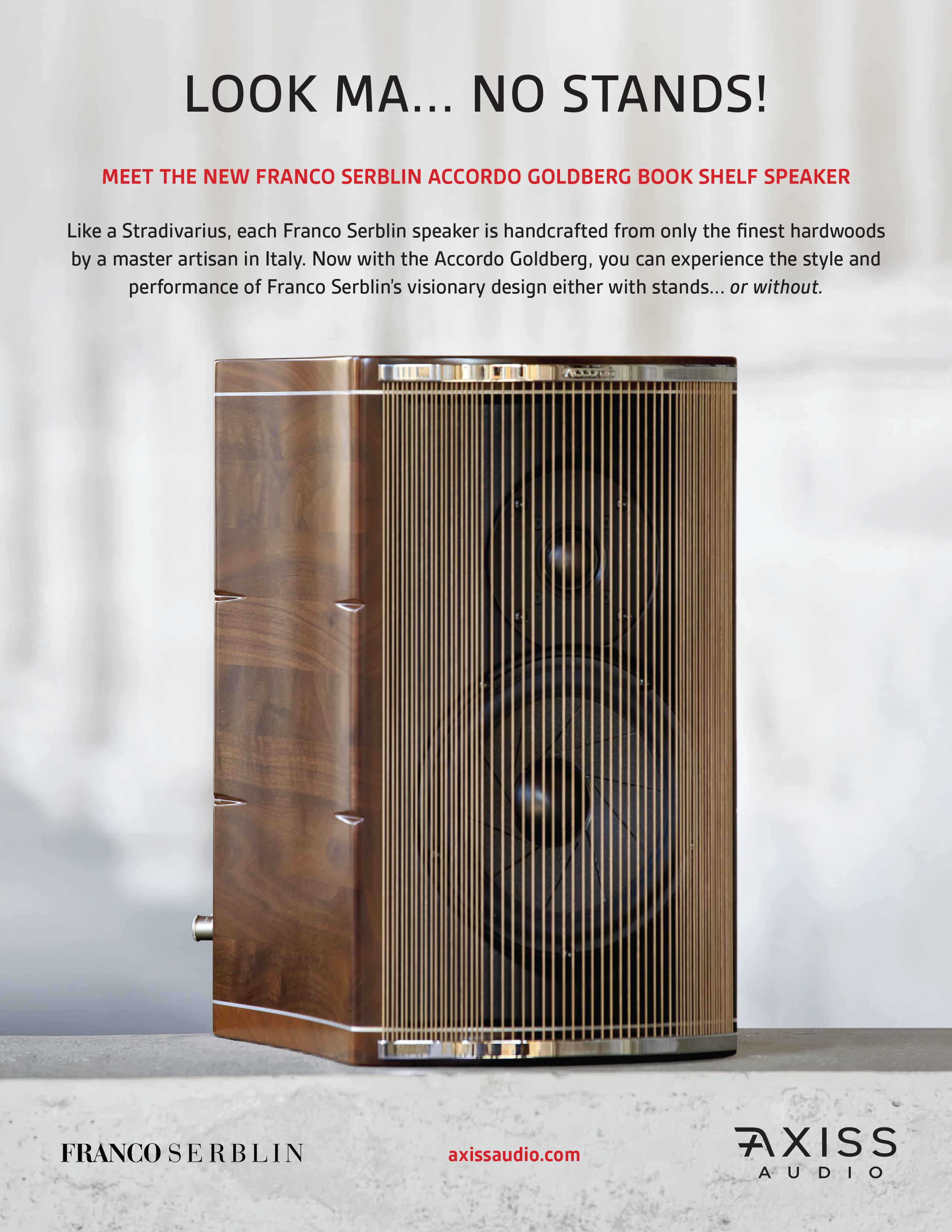

We attended AXPONA this year, and it was fantastic. There were far too many rooms to visit them all over the course of the three-day show. No doubt this was a boon for the folks of AXPONA. Kudos! Please visit our write-ups here: AXPONA 2024.
Sound. I have a friend who drove an ambulance, while he studied for and ultimately received his Ph.D. The hearing in his left ear, as a direct result of driving an ambulance, is not very good and unless he’s looking at you, when you speak to him, he can’t hear you. Though not a music lover or, perhaps, not now a music lover, the loss of one’s hearing, late in one’s life would be, no doubt, a rather tragic event regarding music.
He told me, a while back, of a reunion at the ambulance company that he had driven for some 20 years earlier. During the reunion he’d asked the question, “How many of you have issues with your hearing?” Of the 10 gentlemen, seven raised their hands. “It was clear,” he said, “that the other three men simply couldn’t hear me at all. So we had all, to a one, suffered hearing damage”
I'd always wondered what the effects might be of driving an ambulance, for any given period of time, and what that might do to one’s hearing. Well, now I know beyond a reasonable doubt and I am very happy that I never drove an ambulance.
Why this topic? Rejoice all you music lovers and audiophiles whose hearing, possibly into their eighties, is still intact, serving you well, and bringing you countless hours of joy and happiness, with libation or not.
Sincerely,
K.E. Heartsong Editor-in-Chief

Publisher/Editor-in-Chief
K. E. Heartsong
Managing Editor
Dr. Irina Kuzminsky
Senior Editor(s)
Andre Marc
Oliver Masciarotte
Columnists
Dr. Irina Kuzminsky
Rain Jordan
Music Reviewers (Video/Written)
Dr. Irina Kuzminsky
Photographer
K. E. Heartsong
Graphic Design
Wabi Sabi Design Group



 HermanMiller
HermanMiller
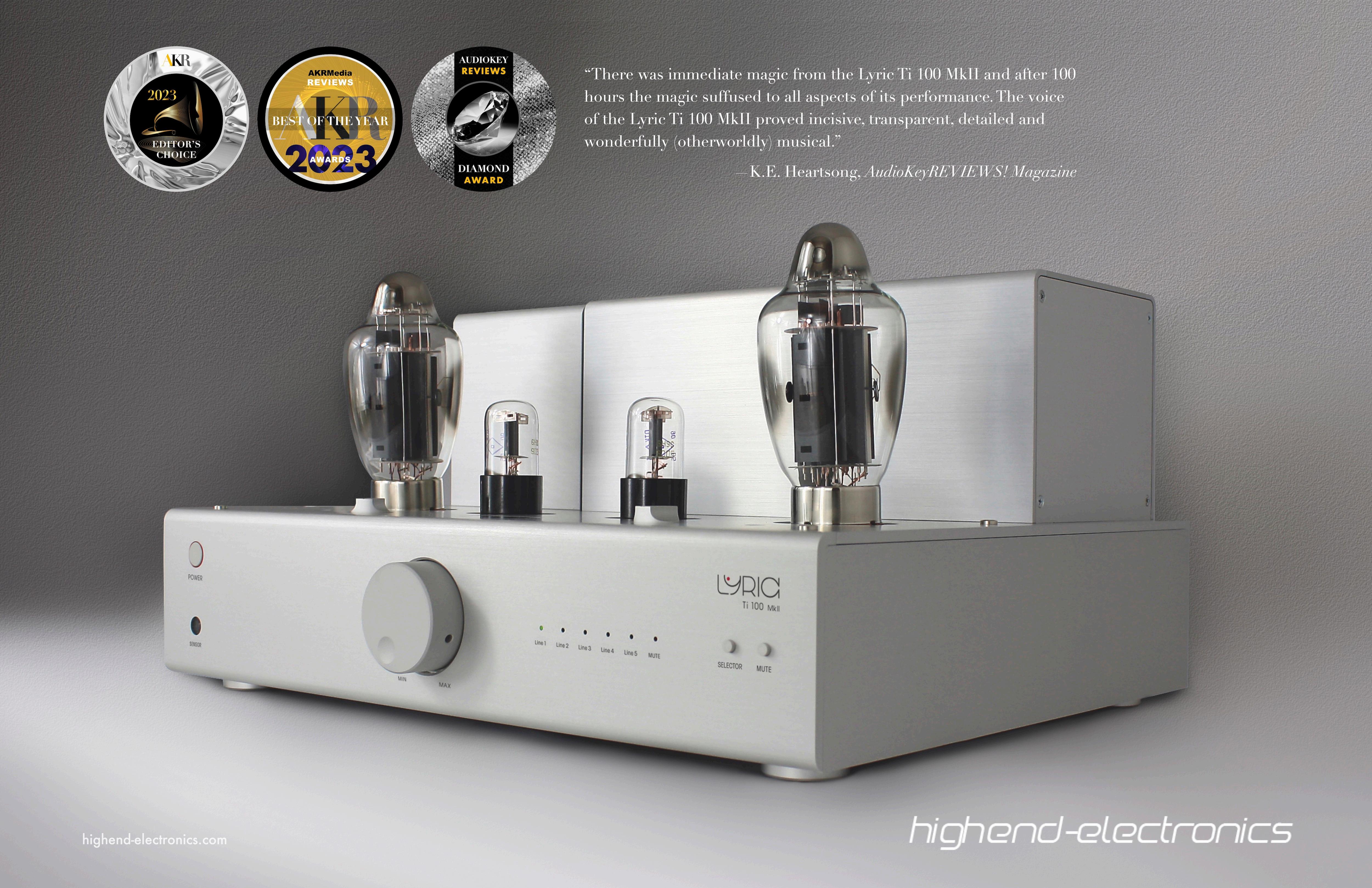

 Piet Mondrian - View from the dunes with beach
Piet Mondrian - View from the dunes with beach



 HermanMiller
HermanMiller
 Pierre Auguste Renoir - Still Life with Fuchsias
Pierre Auguste Renoir - Still Life with Fuchsias
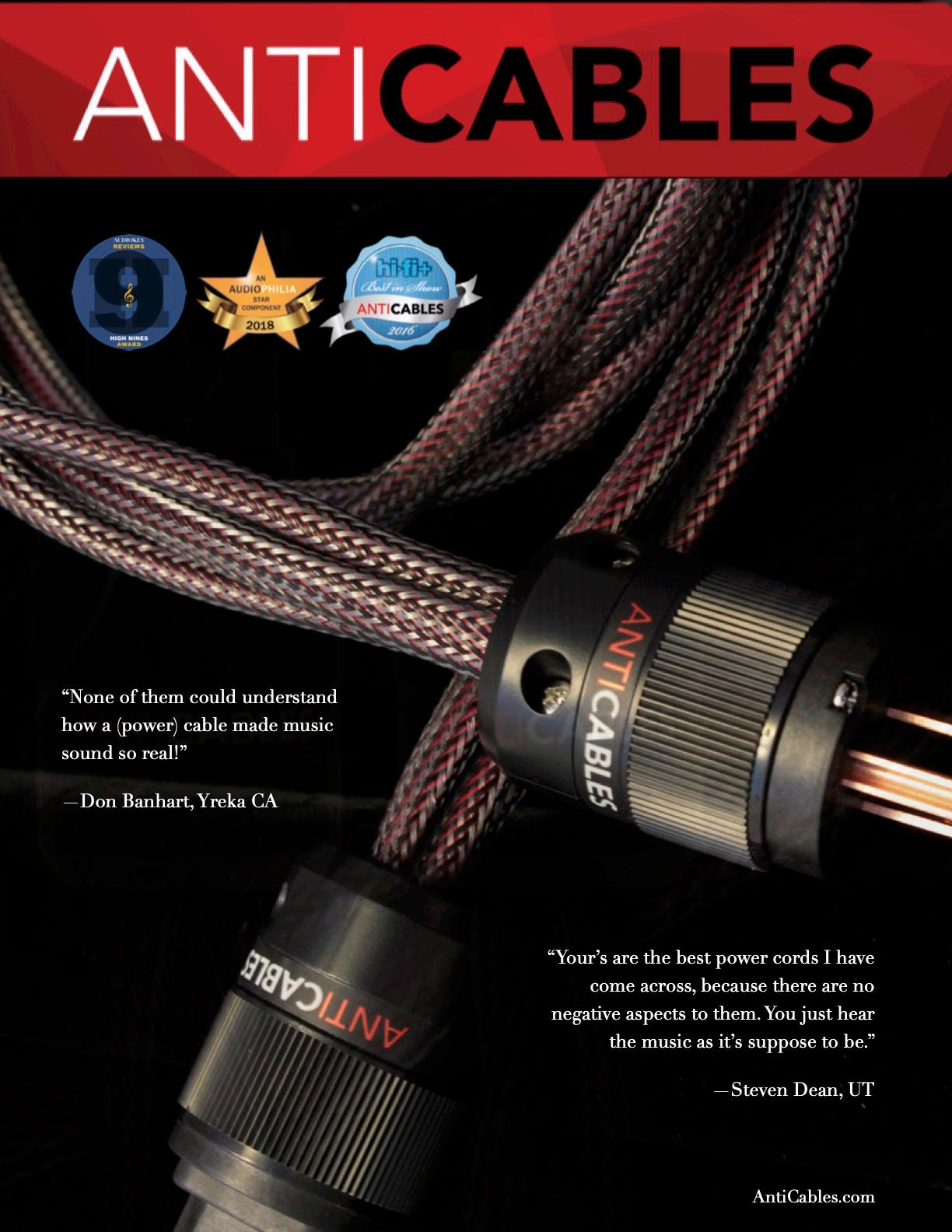
 Imogene Cunningham
Imogene Cunningham




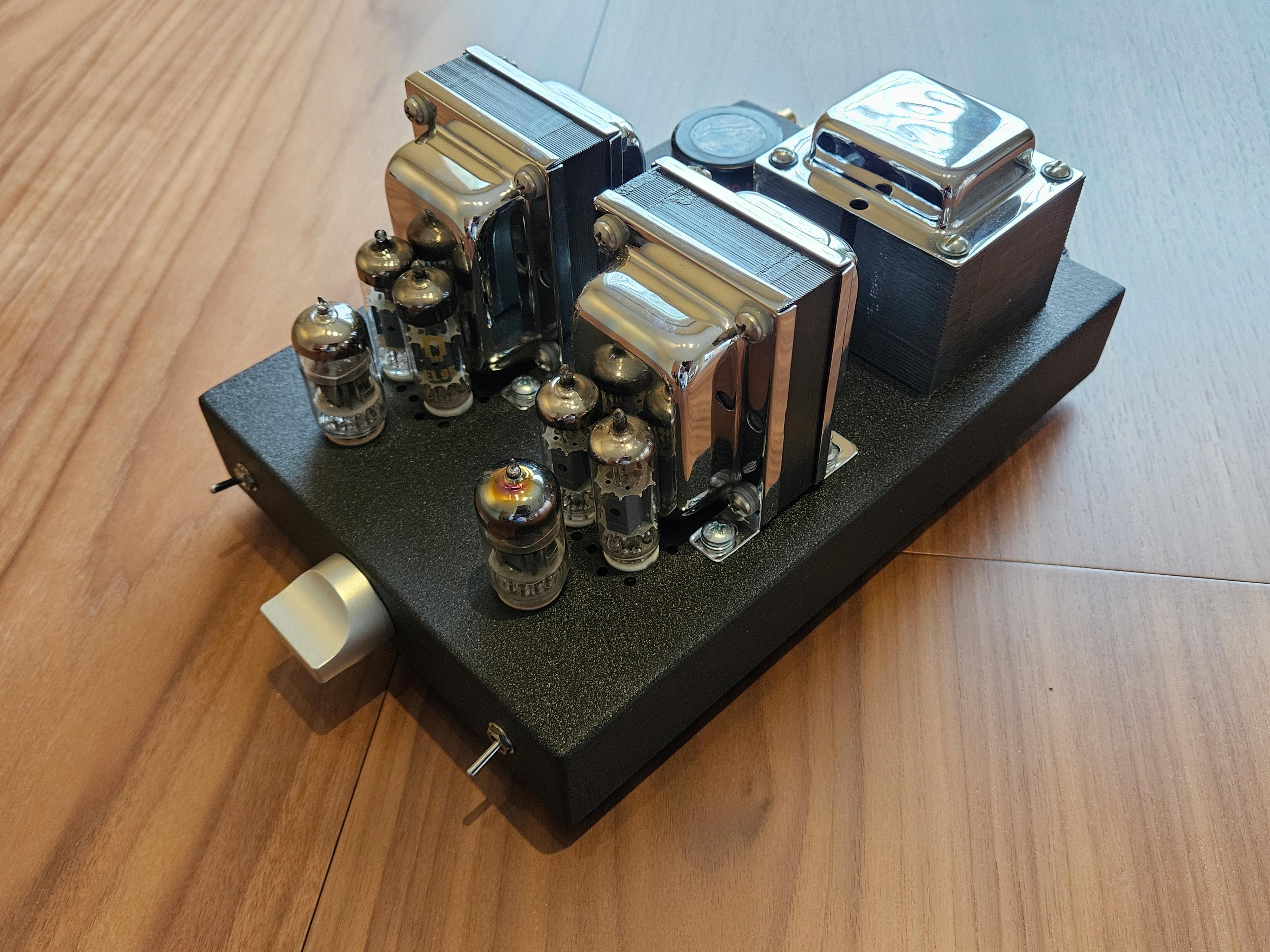


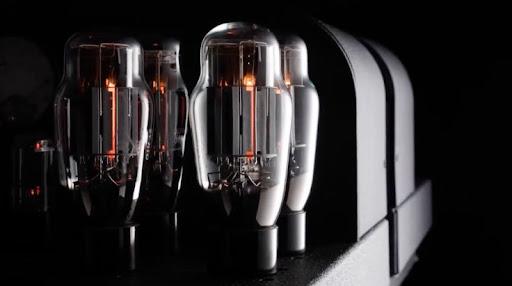
Ihad spoken with Ralph Karsten of Atma-Sphere, the world-renowned manufacturer of Output TransformerLess (OTL) amplifiers, several times on the phone. We are neighbors, and I had always been curious about the various Atma-Sphere products. The stories are many of individuals and couples discovering Ralph’s OTL amplifiers and keeping them till the end or near end-of-life, when they would be bequeathed to family or finally sold to someone else for their decades-long enjoyment.
During our various conversations, I slowly got to know Ralph and his knowledge of and love for his products, the technology that embodied his OTL amplifiers, and technology in general. I also learned a thing or two about the vinyl playback chain—cartridge, tonearm, phono preamplifier, etc.—and how those clicks and pops during playback that most of us were familiar with were for the large part not what we thought them to be. They were something entirely different and far more interesting. More on this to come.
It was during one of these conversations that Ralph spoke about a new and different integrated amplifier—the GEM. The GEM is a five-watt, push/pull integrated that uses EL95s as its power tube, fits on an 8-1/2 x 11 inch sheet of paper with room to spare, and can be carried on the palm of
one’s hand. This represents a marked departure from the current stable of AtmaSphere amplifiers. My curiosity was piqued all the more when Ralph mentioned that the GEM would also be a headphone amplifier. However, space considerations ultimately put the kibosh—the end—on the headphone segment.
I don’t know about you, but once I get something in my mind and it can be made so, I go about making it so. I had just reviewed the HIFIMAN Susvara, an exceptional headphone, however with a daunting sensitivity of 83dB that requires both qualitative and quantitative power—good power and lots of it! Based on our discussion, I thought the GEM would make for a good pairing, or at the very least, a worthy experiment. There was one very important thing, however, that I needed—an adapter— to transform the integrated into a headphone amplifier.
Well, I needn’t have looked farther than HIFIMAN and its very own adapter. It was built specifically to facilitate more power, via the conscription of integrated amplifiers as headphone amplifiers, for some of its less sensitive headphones. The experiment was on.
A final point that Ralph made was that the Atma-Sphere GEM integrated is more than a match for an SET integrated of similar wattage, which he sees as a true
 Gustav Klimt - The Kiss
Gustav Klimt - The Kiss

apples-to-apples comparison. This, relative to an SET compared to a higher powered pushpull amplifier, which he does not believe is an upcoming review—Part II.
THE SYSTEM
• Grimm Audio MU1 Streamer
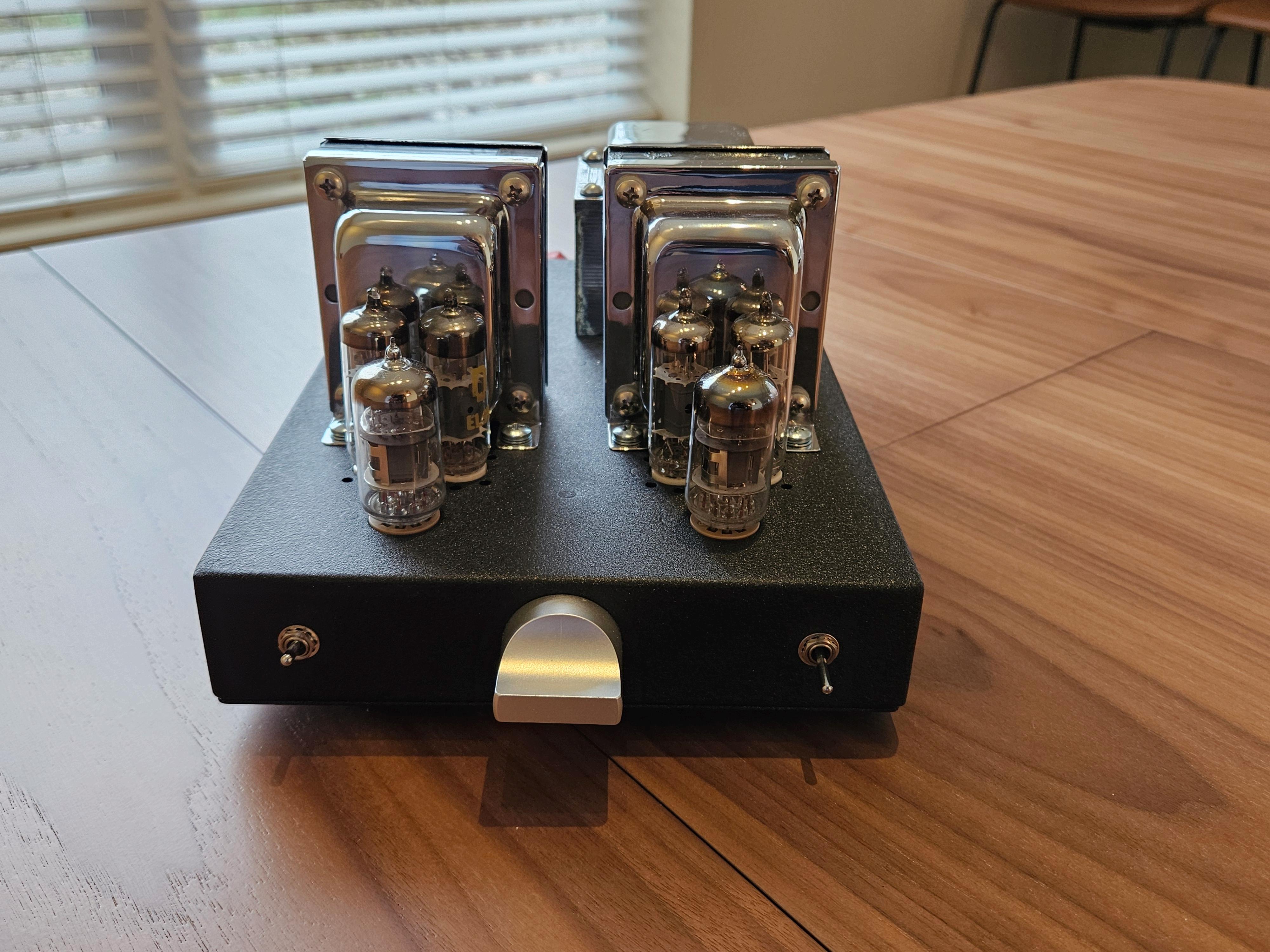
REFRAIN: Unlike most reviews, this review will be non-sequential, as it will start with how the component actually sounds and not the process of physically “undressing” it and/ or laying out its various parts, specifications, etc. Think of this review, then, as a nonlinear movie—Memento, Kill Bill, Arrival, Eternal Sunshine of the Spotless Mind, etc. —that likewise starts at the end and winds its way to the beginning.
Silent Angel Genesis GX Master Clock
• Border Patrol SE-i DAC
• Bricasti Design M1SE DAC
• Aurorasound HEADA Headphone
Amplifier
• Atma-Sphere GEM Headphone
Amplifier
• Pass Labs HPA-1 Headphone Amplifier
• ABYSS AB1266 PHI TC Headphone
• HIFIMAN SUSVARA Headphone
• MEZE Empyrean Headphone

• Audience Front Row Cables/Wires
• Kubala Sosna Emotion/Sensation— Cabling and Wires/Power Cords
• RSX Beyond Power Cables
• AntiCables Power Cables
• Black Cat TRØN Signature Digital
Cable
• Audience Hidden Treasure CAT7
Ethernet cables
• TORUS RM20—Power Generation
Transforming the GEM into a headphone amplifier (HPA) was easily handled by the HIFIMAN Adapter ($99), a lightweight, simple, fit-in-the-palm-of-your-hand component. I cannot recommend the HIFIMAN Adapter highly enough for its plug and play functionality and its ability to render one’s integrated amplifier immediately into an HPA.
The sound of the Atma-Sphere GEM relative to the Aurorasound HEADA, our current reference HPA, is eminently more transparent and resolving of a given performance, which together fashion a greater and more profound sense of realism. It is a realism that translates to the intimacy of a violinist’s breathing, her movement with bow and violin, which becomes a great deal more intimate and immersive. You are pulled deeply into the performance, beyond just the music, as if the violinist is proximate, corporeal, in-room. Further, the GEM is
more extended at both ends of the frequency spectrum, which results in a more impactful, tighter bass and a pristine,
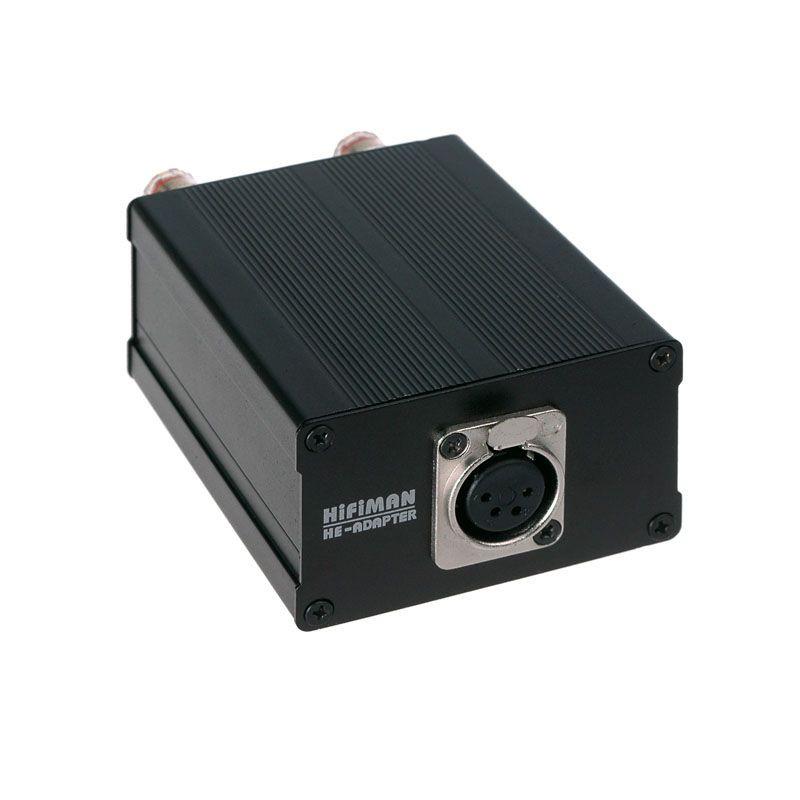
music presented via the GEM that all headphone amplifiers reviewed to date, with the exception of the very top electrostatic headphone amplifiers, simply have not been able to match. And when this aliveness is matched to the GEM’s crystal clarity—the marriage of exceptional transparency, resolution, and detail— lightening fast transients, and stop-and-start-on-a-dime dynamics, well, the purview of a good number of headphone amplifiers has been surpassed. Did I mention the GEM’s fastidious way with the excavation of copious amounts of detail and its ability to lay bare detail that other HPAs cannot see?
The GEM’s frequency response from top to bottom plumbed the depths to the HolyBass-Head-Grail, while at the other end of

the spectrum it soared easily and unhindered. Linearity? If a bass rich stream was fed through to the GEM, it rendered that bass rich stream impeccably. Likewise, should a given track, song, stream reach skyward, the GEM was right there with nary a harsh or sibilance-laced or brittle rejoinder; there was always just the music, pristine, beautiful, extended.
And I must say that as a reviewer’s tool, the GEM is exceptional. It demonstrates a non-invasive neutrality that allowed me to easily and quickly discern component and even cable switch-outs immediately.
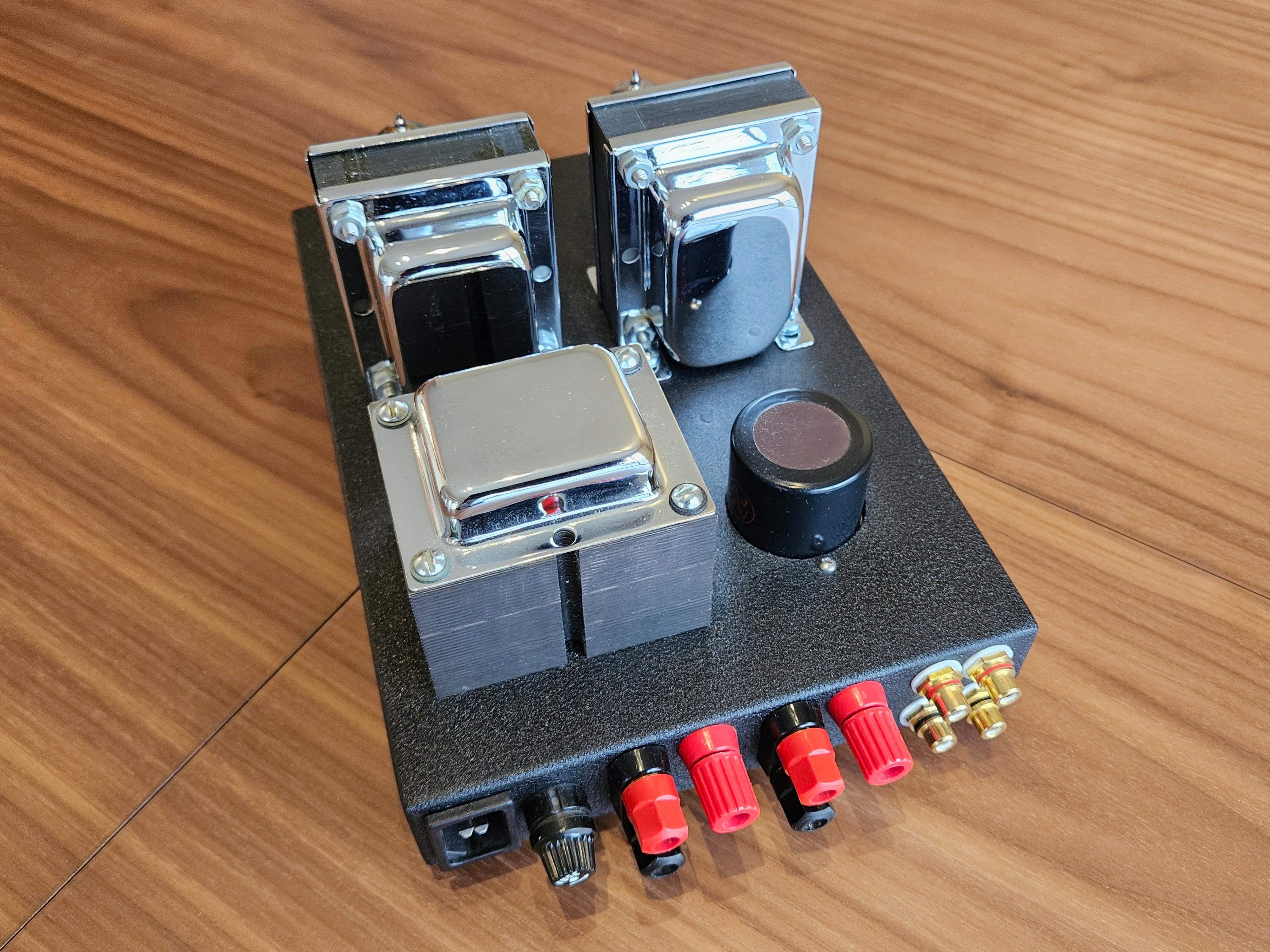
Let me explain. “Neutral” is itself a horse of as many different colors as their are technical implementations to achieve it. This is something that I have experienced over many years. There is “warm-neutral” to, well, “soul-sucking neutral” that literally takes the life out of the music. This was not what the GEM offered up—it got out of the way! I could ascertain the differences
between cables and components switched in/ out in seconds. No long drawn-out A-B, B-A analysis, just take cable A out, put Cable B in, done. In this respect, the Atma-Sphere GEM is a reviewer’s dream. How many components allow this kind of immediate insight, while not “disabling” any aspect of the music? Very
The Atma-Sphere GEM’s volumetric cube encompassed the Aurorasound HEADA’s soundstage. And as I continued to listen, the GEM’s soundstage grew to match, if not exceed, even that of the ALLNIC HPA 10000. The GEM’s soundstage easily becomes what it must be—intimate, hallsized, etc. And within the stage, volume, space, and air—dimensionality—are captured beautifully, with an exacting portrayal of musicians and performers positioned across the space and to its depth.
[Note: As I set up for the review, I stream the Getz/Gilberto 1964 masterwork (Verve Reissues) featuring Astrud Gilberto via the Atma-Sphere GEM and accompanying
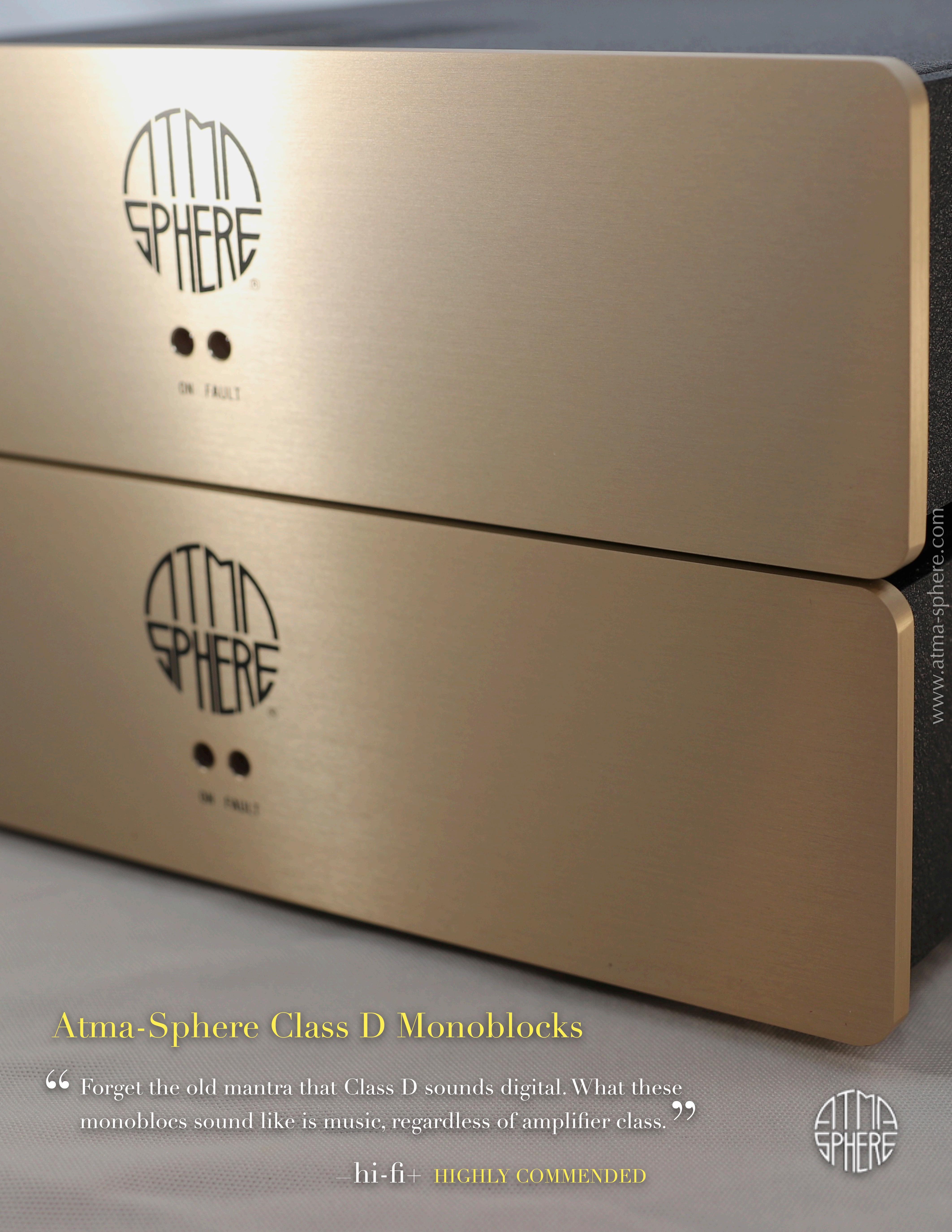

system (see System). Its rendering is crystal clear, see-through, rich, textured, phenomenal, as the signal passes freely and unedited to the Susvara headphones. It is perhaps the best rendering of this album that I have yet heard through headphones.]
The GEM unveils a deep and resounding bass response which the current reference simply cannot match. I have only ever heard the incredibly tight, deep, transparent, and detailed bass that the GEM now renders in the two-channel reference system and, if I remember correctly, with the Enleum AMP-23R integrated/headphone amplifier. Suffice to say that Charlie Hayden and John Taylor’s “Chairman Mao” (Nightfall, Naim Records) gives up hitherto unheard(!) information, while greatly raising the level of involvement. The track is now more seethrough and full of life than it has ever been. And Delfeayo Marsalis’ “The Secret Love Affair” (The Last Southern Gentleman, Troubadour Records) is also more alive and propulsive, agile, and beautifully transparent. The overall result is that the bass response via the HIFIMAN Susvara is the best that it has ever been.
Did I mention the top-to-bottom frequency extension, which most five-watt SETs would beg, borrow, and/or steal to have? However, the thought that came
continuously to mind was that the AtmaSphere GEM was performing these feats with an 83dB “sensitive” headphone. Though I’m getting ahead of myself, as this is the bass section. The terms alive and liveliness do continue to come to my mind and to my notes across the entirety of the frequency range.
The string of words that help to bring definition to the GEM’s performance across the midrange are, again, clarity, resolution, refinement, texture, and palpability. Joan Shelley’s “Wild Indifference” (Joan Shelley, No Quarter) is SET clear and textured, emotive and palpable as, perhaps would be rendered by a combination of 211 and 300B tubes. And it is as deeply resolving, transparent, and detailed as the most astute push-pull amplifier (tubed, solid state).
I have used Ólafur Arnalds’ “Àrbakkinn” (Island Songs, Mercury KX) as an indicator of how transparent and detailed a particular component or wire/cable is. The best of the best resolve very early on—within the first few seconds—the interaction of Ólafur’s recording studio as it interacts quite freely with the external environment and its singing birds. On the best components/wires the birds are immediate, their earliest discovery within the mix, coming some four seconds after the song has begun. The Atma-

Sphere GEM captures this interaction, amid poet Einar Georg Einarsson’s recitation earlier still, and there are now several birds. Of course, this is but one measure of the GEM’s abilities with regard to detail retrieval and transparency. But then, never has Einar’s voice been so, well, real, beautifully articulated, dimensional, alive.
Dave Brubeck’s “Take Five” (Time Out, Columbia-Legacy) cues and plays and it too is revelatory, as all previous discretionary write-ups of the frequency response—bass, midrange—have been.That aliveness is once again undeniably present, as is the air and space around Joe Morello’s drum kit. The treble resolution and transparency of Joe’s various cymbals is a level up in comparison to the exceptional Aurorasound HEADA, which until now has held off all comers.
Can a component be defined as astute?
Because it certainly seems that the GEM is, well, more astute at communicating the flow of information, the various cues, textural and otherwise, the technical bits embodied therein that bring the music to life. The experience provides a crystal clarity that one experiences when seated right in front of a musician. Case in point: Hilary Hahn’s “Partita for violin Solo No. 1 B
Minor” (Rest, UME) rolls in, and please know that the HEADA and the ALLNIC HPA have both played this piece beautifully. The GEM, however, brings an increased sense of engagement and again, an aliveness and detail that are new. Further, the quiet the GEM affords is outstanding, and, no doubt serves as the fulcrum from which deep resolution and transparency rise, with SETlike corporeal reality. Bravo!
The little Integrated/HPA that could and did might well be the title for this review, as the Atma-Sphere GEM was exemplary with all material that was streamed its way. Further, as a “converted” HPA, it dealt beautifully with perhaps one of the most demanding and least efficient, yet superb headphones—the HIFIMAN Susvara (83dB)—that I have had the pleasure to listen with and review.
The GEM’s five watts were more than up to the task. This, of course, is a very clear indicator that your headphones, regardless of what they are, will be beautifully handled by the GEM. Period.

The Atma-Sphere GEM’s talent encompasses a crystal clarity that many amplification components strive for but do not achieve, incredible transient speed and leading-edge attacks reminiscent of far more powerful push-pull designs. You may well shake your head at this revelation, as I have
on a number of occasions during this review, and again, this was with an 83dB “efficient/sensitive” headphone.
As mentioned above, I cannot think of another HPA I have reviewed that is as talented or as capable as the Atma-Sphere GEM ($4,700), and that includes the exceptional Aurorasound HEADA ($2,999), a longtime reference. And in many ways, but certainly not all, the superb ALLNIC HPA 10000 ($15,000), which does still rise above the fray, but at more than three times the cost of the GEM, one imagines it should.
Given the Atma-Sphere GEM’s bona fides, it is an easy winner of our DIAMOND AWARD for technical brilliance in a most simplified form, and its clean, unobtrusive neutrality, which lets it get out of the way and lets the music flow.
Pros: Crystal clarity, aliveness, transparency, and resolution of the SET realm, power, dynamics, and transient speed of the realm of push-pull amplification, as bonded together and placed within a small, unassuming package that fits nicely on an 8-1/2 by 11 inch sheet of paper.
Cons: It is not feature-rich. Most aftermarket power cords will not fit in the space for the IEC, as the fuse is positioned too close.
Atma-Sphere GEM
• Power Output: 5 watts
• Gain: 20-25dB
• Differential Inputs: 2 - Single-Ended RCA
• Speaker Outputs: 0, 4, 8 Ohms/per side
• Tube Compliment: 1 - 12AT7, 2 - 6DL5 (EL95s)
ATMA-SPHERE
The GEM Integrated as “Headphone Amp” w/Adapter (below): $4,700 www.atma-sphere.com ralph@atma-sphere.com
Tel. : +1 651-690-2246
HIFIMAN
HIFIMANAdapter: $99 store.hifiman.com customerservice@hifiman.com
Tel.: 1-201-443-4626


 Paul Cezanne - The House of Dr. Gachet in Auvers
Paul Cezanne - The House of Dr. Gachet in Auvers
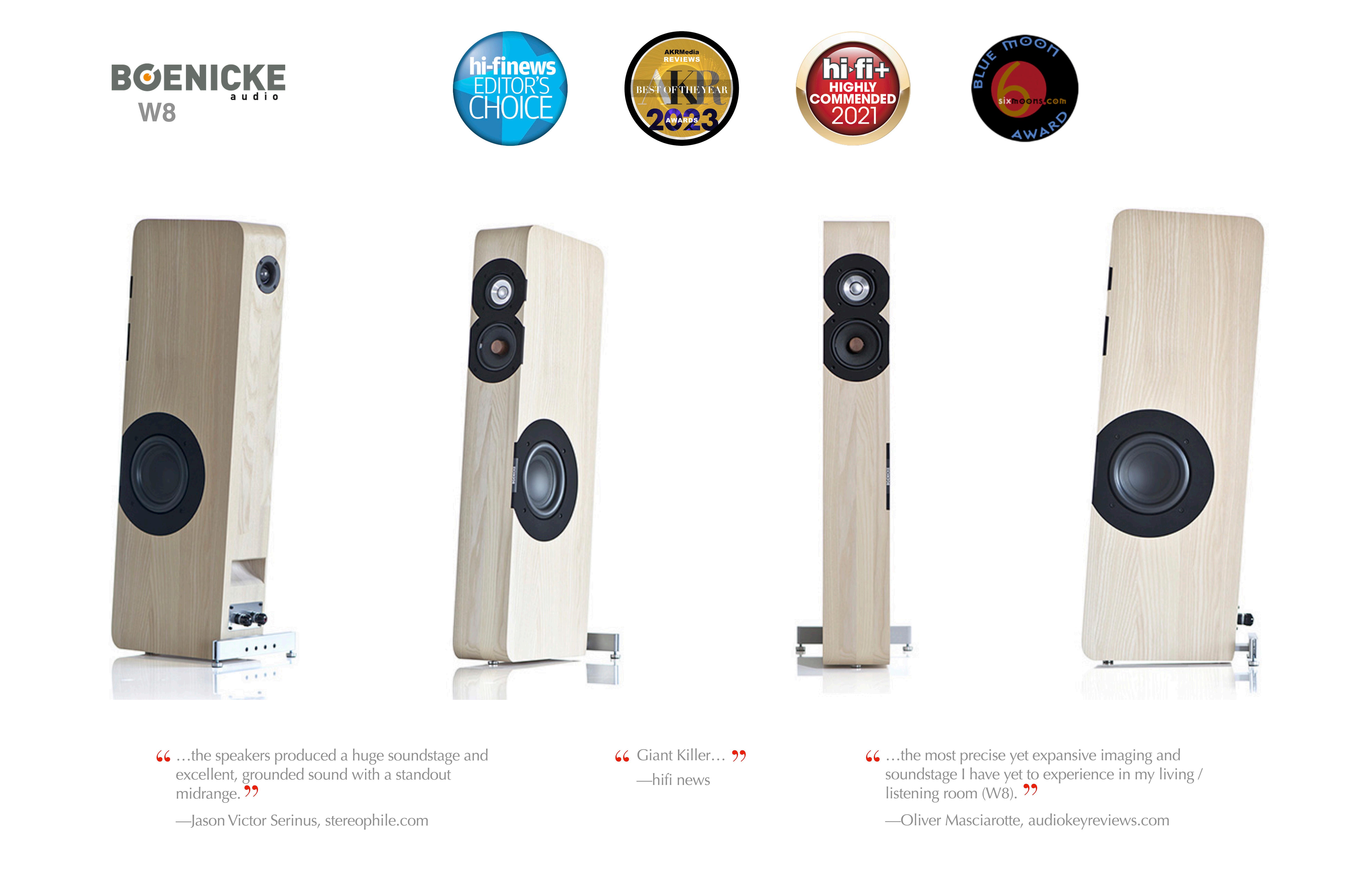


Irecently, or rather, I had it on in the background, when, suddenly, something stopped me in my tracks. I was listening for real as a luminous soprano voice soared above a symphony orchestra – it had mesmerized me. The something was the third of the Four Last Songs of Richard Strauss (composed in 1948) as sung by Erin Wall in a recording by the Melbourne Symphony Orchestra conducted by Sir Andrew Davis. It was not a name that was familiar to me, but I soon learnt that she was Canadian-American, associated with companies such as the Lyric Opera of Chicago, and that she had died in 2020 at the untimely age of 44 from breast cancer. Silvery, radiant, and passionate, her voice spoke to me, and I could hear how she would have shone in Mozart, R. Strauss, Britten, Mahler.

dates to 2014 and of a Strauss album by the Melbourne sprach Zarathustra (ABC Classics).
Incredible warmth, a soaring quality, and silvery sensuousness mark Erin Wall’s performance. Her voice opens up in the top range into a rounded silvery tone and manages the pianissimo passages with no loss of a rounded tone quality. Naturally I sought out the recording at the earliest opportunity. Sir Andrew Davis had recorded the Songs many years ago in the 1970s with a young Kiri te Kanawa, a recording which helped launch her stellar career. Critics at the time were asking whether Erin Wall’s recording of the Songs, also with Andrew Davis, might not do the same for this
 Vincent Van Gogh - Peach Trees in Blossom, 1888
Vincent Van Gogh - Peach Trees in Blossom, 1888
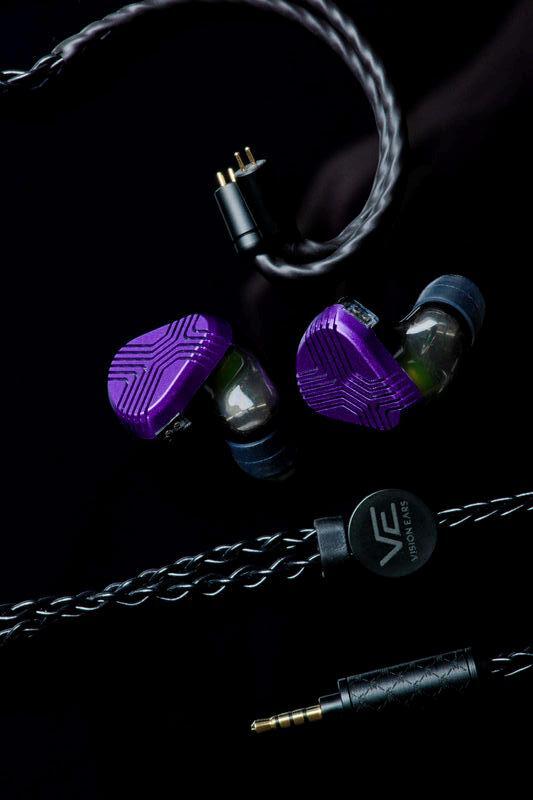



soprano. The third song, “Beim Schlafengehen”, the one I had heard first on the radio, again made the deepest impression on me with its restrained passion and rapturous longing, conveyed with equal intensity in the violin solo which at one point takes over from the voice. This incredibly satisfying recording sparked my curiosity to seek out a recent interpretation of the Four Last Songs and, as luck would have it, there was one that came my way immediately. Released on February 9th 2024 by Alpha it is by rising Lithuanian star Asmik Grigorian who offers us two versions of the Four Last Songs on the same album, the orchestral version with Mikko Franck and the Orchestre Philharmonique de Radio France, and the less known piano version with Markus Hinterhäuser (incidentally the piano arrangements are not by Strauss but by Max Wolff).
With Wall’s soaring lines and silvery tone still embedded in my consciousness, as well as Sir Andrew Davis’ masterly approach to the Songs, I turned with some curiosity and even trepidation to the new recording. A different voice greets me straightaway and the absence of the silvery sheen of Erin Wall’s voice is something to
get used to. Something fragile and precious seems to be missing. The interpretation is altogether more confident, more ‘full’.
Would I have reacted in the same way if I had not just been listening to Erin Wall? I guess I would have found this recording satisfying enough for its technical proficiency. But the magic is missing, that something that speaks from the artist’s heart directly to our heart, that stops us in our tracks. And, in the end, isn’t that what music is about – the language of the heart?
The title of Asmik Grigorian’s recording, Laws of Solitude, seems rather contrived, as does the equation featured on the album cover, 4 + 4 = ∞. Four refers to the 4 Songs, featured twice in orchestral and piano versions. The sum total of which is supposed to be infinity, a kind of 8 lying on its side. It strikes me as too clever by half, and it is not cleverness that is needed in music of such ilk, it is the tremor of the heart. According to Grigorian the songs conjure up for her the ideas of childhood and of the artist’s solitude as ‘a journey towards infinity’. However that may be, the album itself does not compel one to follow the artist’s journey. The idea of orchestra and piano requiring different colours in the voice is not immediately obvious in the interpretations, though tempi can sound very slow in the piano version,

while in my beloved third song the piano really could not do justice to the achingly beautiful solo violin line. The shimmering magic of Strauss’ orchestral colours was absent – and missed – throughout.
Laws of Solitude is Asmik Grigorian’s third release with Alpha. Her debut album, released in 2023, was Dissonance, a selection of nineteen songs by Rachmaninov which Grigorian characterizes as ‘small pieces of opera in a few minutes’. She is accompanied on the album by pianist Lukas Geniušas, himself a Rachmaninov specialist.
I headed across to this album which had earned Grigorian the top Female Singer of the Year accolade at the Opus Klassik Awards in 2023, hoping to catch a little more of what makes her gift so special. Maybe she is a singer who needs the drama and intensity of the opera house to truly shine and to bring out her best as a singeractress, I thought. For a start, in the Rachmaninov songs the piano really comes into its own – this is Rachmaninov, the superlative pianist, after all. Asmik Grigorian’s voice easily cuts through the dense piano textures to then summon up intimacy when it is called for, and you can see the reason for the accolades she has
attracted. The Rachmaninov songs are a much better vehicle for her power, athleticism, and the steely dramatic quality of her voice. So, to catch Grigorian at her best, listen to Dissonance, or, better still, see her live in an opera house.
But for the Four Last Songs go back to Erin Wall in what must be one of the more magical interpretations of this masterpiece out there.

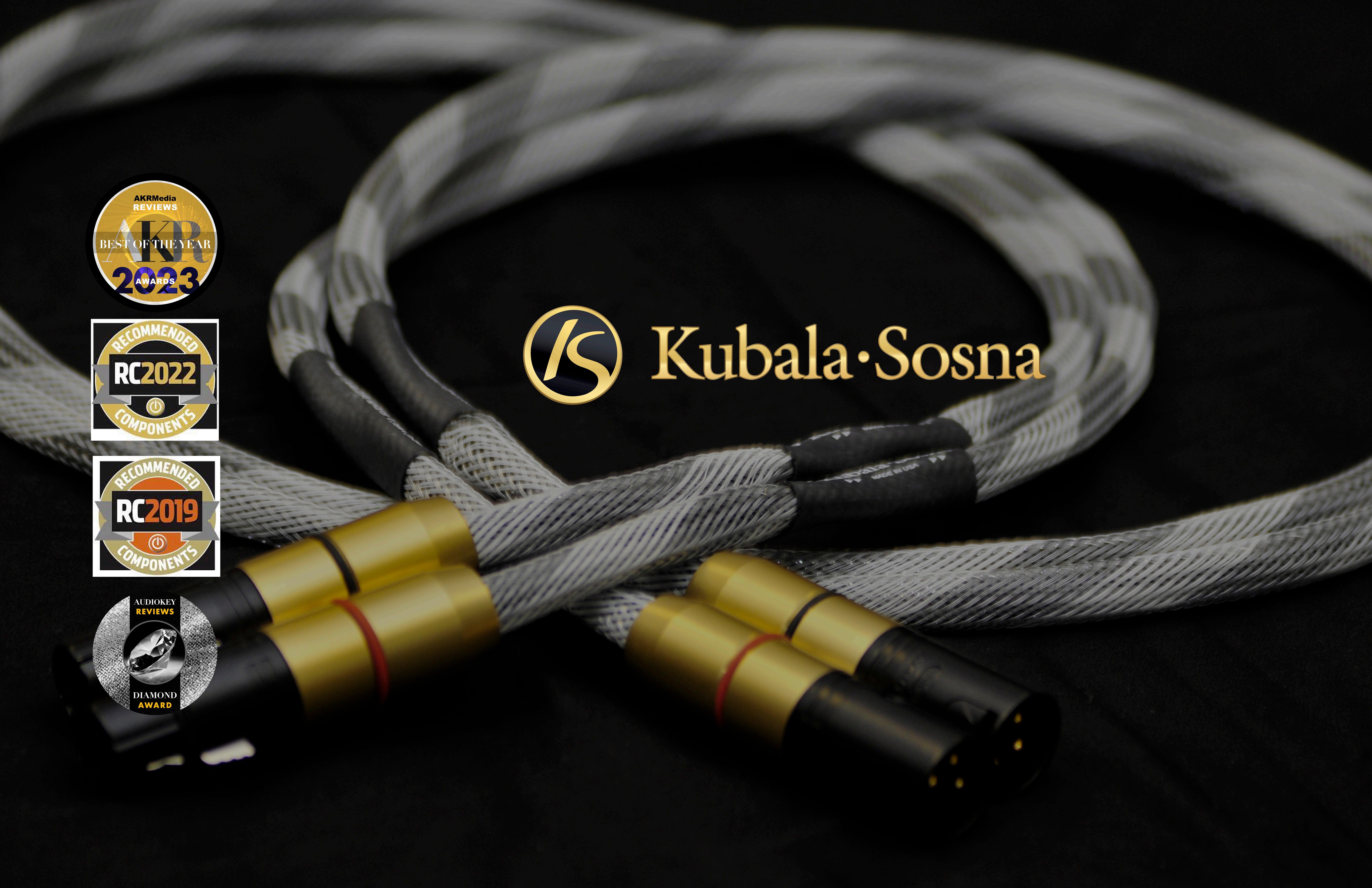

“ The Kubala-Sosna Emotion interconnects connected me to the music like no other interconnects I've heard, at anywhere near the price.
Robert H. Levi
Positive Feedback Online
”
“ ”
The Expressions present music without noticeable boundaries to a stage; sound stages don't erupt from a black background, but from an invisible and expanding one…
Larry Cox
Positive Feedback Online

Edgar Degas - The Rehearsal, 1873-88

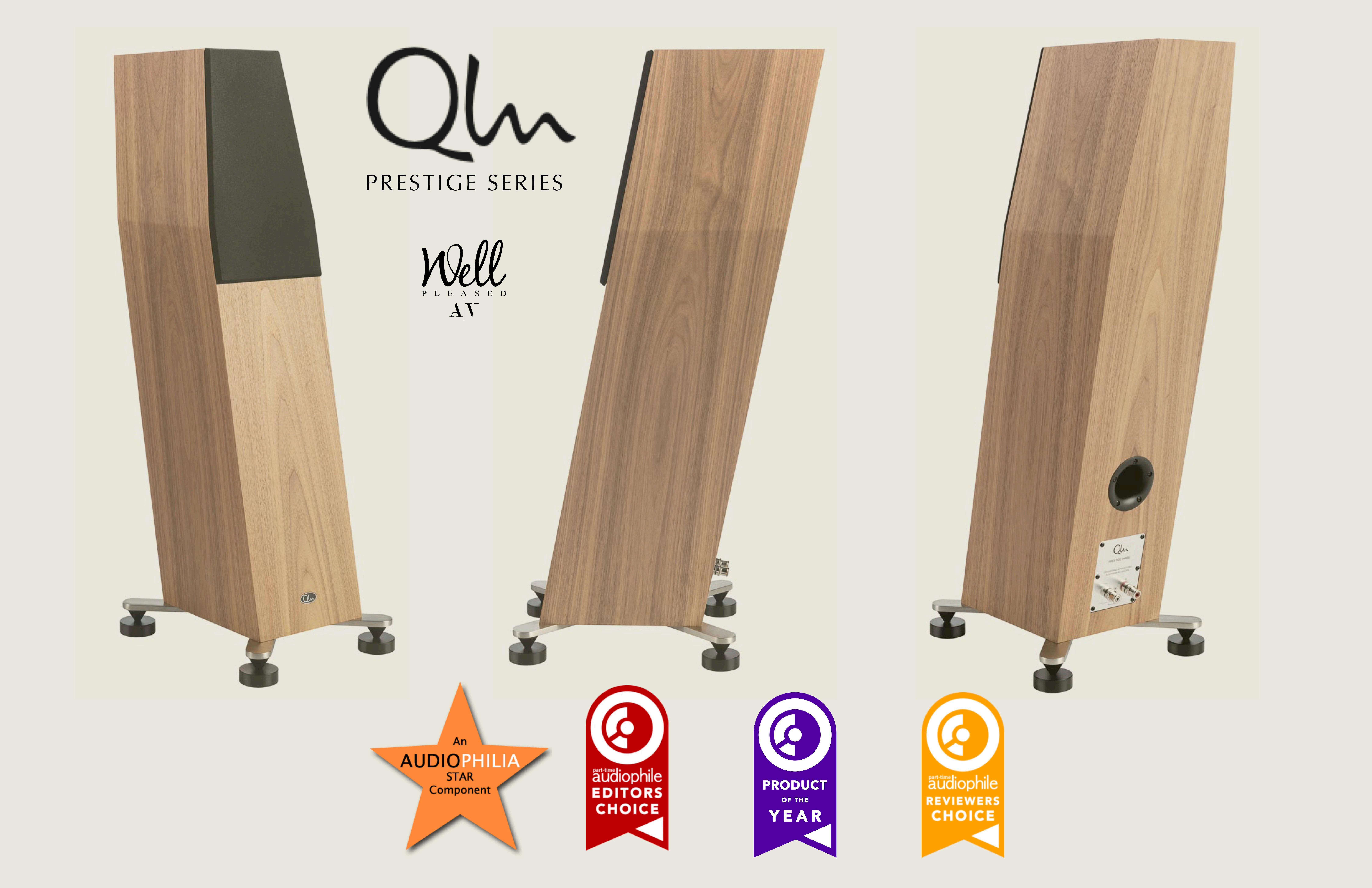

Everything*
We only pass this way one time If up above is the sunshine and to the right is love you know you have everything
Time feels both precarious and precious these days. Every morning that I wake up here, I am deeply grateful for life itself. I live more in the present moment than ever before. Many of my relationships have deepened in love or have surprisingly ended. But I would be remiss if I didn’t tell you how fortunate I am, and how transformative it’s been to work with musicians and artists during these times. Musicians, and the music they create, restore my faith in humanity over and over again. Through the

heart, mind and effort of the artist, I bear witness that a more intimate, creative, compassionate, and unified world is possible. I realize that to create music, to create art, regardless of the degree of reciprocity, is an act of love. The butterfly effect is the idea that small, even tiny actions can result in something with tremendous consequences. Musicians and artists are like the butterfly. The right song, the right words, the right act of creation, no matter how small, has the power to uplift the world.
I say all this to pay homage to the musicians and artists I’ve interviewed and worked with over the past year or more. As well as the future collaborations that are forthcoming. And mostly, to roll out the red carpet for my current interview with
Painting by Rossetti

 Vincent Van Gogh - Window in the Studio
Vincent Van Gogh - Window in the Studio


If you can know a man through his music, then listen up. Garrick Davis is an expressive and unpretentious guitarist and storyteller. His gift is his truth. His songs are portals to the deeply personal and the wider collective soul. Garrick has aptly coined his “kind of” music, World Blues. By his own definition, he describes it as "guitar-based music rooted origins”. For me, Garrick’s music is genuine, relatable, never over- produced, yet dynamic, nuanced, dimensional, even spiritual. He makes magic with his guitar. He plays music that sounds like he’s a friend of the world. On guitar, he seems to lead with the Blues, yet he draws from almost every single genre, including sounds from afar. And all of it works together as a cohesive whole. His songs have a spirit that serve to uplift the human experience. Even the titles of his songs reveal a glimmer of what might be behind the door; House Full of Friends, The Good Road, The Maker, So Glad I’m Here,
And if you are a dreamer and have laughter to share
Say hello and breathe in the air
You have everything


Everything, Happy June, Grandmas Hands, Trust, just to name a few.
Open the door
Open your eyes
You don't always need to fantasize
Then you will know
You have everything
You have everything
Everything you need
Everything so believe
I first heard Garrick Davis play guitar a few months ago, at The Backyard Improv, a Peter Baron production. Also, he was our guest on Xtemporize, a podcast, I co-host. He brought his guitar to the podcast studio, a beautiful white Fender, Telecaster called Zangel. Garrick named the guitar after his son Zach who passed away in 2020 (more on the very poignant story of Zach in the interview). Garrick played us a few original songs from his upcoming album, the Dignity Project. He is releasing some of the songs as singles ahead of the album. One of the songs he played for us was. “Ain’t No Devil but the Human”. The title or subject matter seems contrary to most of his songs, but it is not. It is a song about exposing our shadow to light. Shadow work, to put simply, is the work of making conscious what is unconscious. Of course, it is difficult work because the root of the shadow is fear or trauma. Its by-products are hatred, war, racism, exploitation, addiction, unhappiness, loneliness, etc.
Hence the world we live in. Yet, when we look deeply at what is affecting our lives, we expose the cause of our pain, we bring it to light. And we begin to live our purpose here from our true nature. Amazingly, “Ain’t No Devil but the Human” is a bluesy, danceable soulful, melodic, song with moving lyrics, and cool harmonic progressions. Its message tells us a hard truth; we must wake up or live in the shadow of pain. But truly listen up, the music in the song is a wayshower.
It's just life to have tough days when you're ready to fold Better days are ahead grab ahold and see what they bring
You can find my interview with Garrick Davis and his music on the following pages. The interview is more an open conversation, a beautiful and heartful glimpse into the journey of a gifted, awakening man, and guitarist. Currently, Garrick says he is experiencing a kind of renaissance, a rediscovery of his passion for lyrics and storytelling. He is writing new songs and lyrics for songs he’s already written but were largely instrumentals. “Ain’t No Devil but the Human” is one of those songs, as is “All the Girls”, which have already been released as singles. Both songs are part of the new album that he is working on now entitled The Dignity Project. Garrick explains the lyrical themes of the new album as a retrospective to

push forward. It tells the story of his upbringing, born in 1958, in Casper, Wyoming, toward the end of the Jim Crow era. Although he says, it was not an easy time for his parents and community, as a child, he saw how proudly his parents carried themselves:
“I saw the adults, particularly my family, as carrying themselves proudly, dressed nicely in church and social gatherings. Cars were washed. My grandmother's garden was orderly and well maintained. I came to understand that these people carried themselves with “dignity”, under oppressive circumstances. Children like me were “the future”, and those of my parent's generation worked to make life better for us.”
So it is in this spirit that the Dignity Project is being created. In hopes that his music can uplift the next generations. However, it is the death of his son, Zachary Ernest Davis who passed away December 28, 2020 at the age of 28, due to an opioid overdose, that has catapulted Garrick into this new stage of his life. In honor of Zach, who was also a musician, a keyboardist, Garrick and his family have created The Zach Fest Community Benefit Concert, which will take place this year on April 28th, 2024. “The goal is to serve the community, believing in the intrinsic value of the live music experience to bring people together for a greater good.”
Proceeds are donated to the non-profit organization KARA, and The Tim Griffith Foundation which provides addiction recovery and grief support. To learn more about the Zach Benefit Concerts, and Garrick’s new album, The Dignity Project, or to listen and buy his music, please visit his beautifully curated website. (link below) (Interview and music on the following pages)
Clean your car
Make your bed
Hug your child
Find something instead
Clean your car
Make your bed
Hug your child
Find something instead of bleeding
Kill that bad, bad, bad feeling
You have everything you need
Everything so believe

*”Everything" a song by Garrick Daivs Garrick Davis World Blues - Recorded Music: Albums, EP's and Singles (gdworldblues.com)
Garrick Davis World Blues (gdworldblues.com)



“Solid state dynamics, resolution, detail retrieval, and spaciousness married to tube liquidity, remarkable tone/timbre/texture, offer #%$*@! musical bliss. What more could one ask for (Aurorasound HEADA)?”
—K.E. Heartsong, AudioKeyREVIEWS! Magazine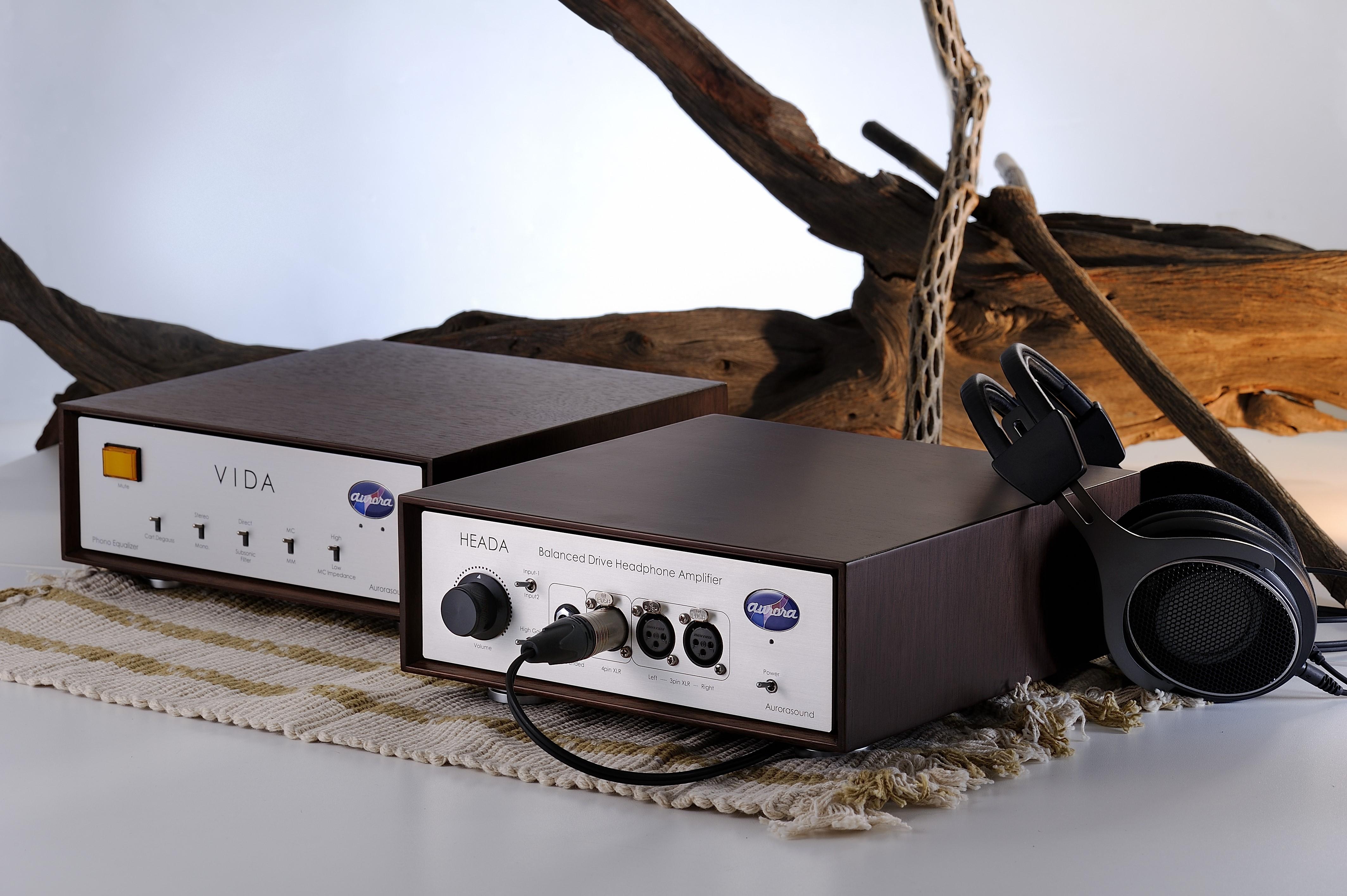


 Conducted by Raine Jordan
Conducted by Raine Jordan



“They’ll say, it’s not really Blues. Well, no it's not what you think of Blues. But it is something that I do. It is a thing.” ~ Garrick Davis
Since 2001 Garrick Davis has independently produced and released five full length albums as well as some singles. Davis' fifth album, "A House Full of Friends", that was performed and recorded live, alongside 15 musicians and vocalists from disparate backgrounds, brought together to make music and subsequently made "magic", lighting the way for a new creative path on which to journey unabashedly. This creative path, now called “Garrick Davis World Blues” is working on new material that as a collection will be titled "The Dignity Project".
Garrick’s influences include Jimi Hendrix, Richie Havens, Jimmy Page (Led Zeppelin), Eric Clapton (Cream), Pink Floyd, The Rolling Stones and Johnny Winter and ZZ Top to be among his earliest influences as a young teen. Davis went on to discover the "sources" of those previously mentioned, including Son House, Bukka White, Robert Johnson, Muddy Waters, BB King, Freddie King, Albert Collins, Curtis Mayfield, Wes Montgomery and so many more.
My interview with Garrick Davis, both the transcript excerpt and the videos tell a poignant story of his journey and evolution through life as a musician and a father to his son who passed away in 2020 at the young age of 28.
The evolving nature of Garrick Davis’s music and life can be explored more thoroughly throughout his Discography and on his YouTube Videos.
(This is an excerpt. The full interview is available on the video provided)
Raine Jordan: Yes indeed, that’s what relationships are for, growing together. So, we were talking a little bit about your live album from the Golden State Theater in Monterey, CA. Would you call it an album?
Garrick Davis: It's an EP, an extended play. I did that just because I wanted to put something out again. I had forgotten that it was recorded on my phone. And, I just thought the energy was so good.
RJ: It was great energy.
GD: I have lots of recordings like that. So, my father told me a long time ago. First, the reason why I'm bringing my parents up so much…look, I'm a 65 year old man almost 66. They've meant so much to me and they mean more to me now in a way, but they have always meant a lot. I wouldn't be in this place if they hadn't said, “go for it and we'll always be there for you”. My father's phrase is, “daddy's work is never done”. I came to him when I was getting a divorce. I also wanted to do my first album, Glass Half Full, because I had told my son that I needed to follow through on a promise I made. I made it on purpose, so I would actually follow through. I made a promise that I'm going to do something. It cost a lot of money. I



produced it all on credit cards. It was a nightmare. I just had to do it. We do what we do to get moving. My father always meant a lot because he had always loved the fact that I was into music and songwriting. It meant a lot to him. He had always loved music himself. He played drums as a kid.
RJ: So, your dad was a musician. Was your mom in music as well?
GD: My mother's a classically trained operatic soprano.
RJ: I saw your post of her the other day. I think you were in the studio together. I commented on how much you look alike. But I think you said you look like your dad more so.
GD: Yeah, I'm a mix between both my dad and mom. So, I was talking about my dad and how important he had been to me. You know he was helping me feel like music is something I can do. After I did my second album in 2005, which is a live album, he said, “you should always record wherever you’re at in your life, whatever stage of life you’re in and I want you to keep doing this.” So that was a major thing for me. It was after the first album. I would go over to their house and play it for them in my car when the songs were just developing, you know the rough mixes. Once it was done, he said, “can you imagine what it's gonna be like when you've done with your 10th album?” I'm like man, I'm barely done with this thing and you're talking about 10 albums. So that's always been in my head. I'm on number 6 right now.
RJ: Alright so you got plenty of time.
GD: I feel like it, but at the same it's taking a long time for me to get writing lyrics again, it's been amazing. I feel it's gotten me back into understanding why I play guitar. Or why I've perpetuated my artistry because my ultimate goal is to keep writing songs. That's the well that has never dried up. Or I should say to write music and then bringing the lyrics into the music. This process of writing lyrics began in January for these songs, “Ain't No Devil but The Human”. I wrote that song last year or the year before, something like that, and the song, “All the Girls You Know”, the instrumental version. Those are the things that I am writing for the project that I'm working on right now. I'm trying to finish the whole project, but the daunting task is to get my head together to start writing lyrics for them. So, cracking the ice on Ain’t No Devil but The Human, was a big deal for me.
RJ: So, you already have the music you just need to write the lyrics. Kind of figure out what the songs are about?
GD: Yea, they all identify themselves in the practice. So, all the songs that I'm doing now, it's so interesting. because the titles have come to me in words of 3. “Ain't No Devil” and then “But the Human”, and “Leave Somebody Alone”, also, “All the Girls”. I have all the titles for the songs, and I saw that’s crazy that they're all 3’s.
RJ: Interesting.
GD: Yea, I started waking up at 4:00 in the morning in January to write for two hours before I go to work out. I'm working on this

software, MasterWriter. It's songwriting or book writing, whatever. And these things have just opened up. It’s amazing, the song that my mother sang, called My Only Son. It's incredibly beautiful. Everything is just beautiful. I am so glad, I think the gift that's been given, even though it's kind of frustrating as a guitarist, I feel like yeah, I can play with all kinds of people you know. Somebody suggested that you know it's so hard for you to breakthrough in the music industry. So why don't you just go work with some other artists? You know, try to be a studio guy or a side guy? But I know it’s not in me. I would like to at some point, but only on the merits of the work that I've done on myself. Meaning, someone would tell me that they really liked what I do, and they love my guitar playing and want to work with me based on that. Or that we should work together. That would be cool.
RJ: Yea, that's honoring the integrity of your work.
G: I take it seriously. The thing that’s happening in this phase, is that writing has really brought me back to why I have struggled to continue or why I now feel good about continuing. I feel content in the pursuit now. When I hear these songs, when I am developing the phrases, the lines and all these things, I’m like oh my God, this is the best thing in the world.

RJ: That's beautiful. So, opening up to songwriting, cracking that code as you called it, has created a kind of renaissance for you, a new stage in your work as an artist. And you're in the studio now. Tell me about that.
GD: Well, as far a when the project began. It was in June of 2021. It was in the first throws of the pandemic. The first throws of grief. My son had died almost 6 months before, at the end of 2020. So, I’m trying to reminisce. When he passed that month, I’m pretty listless. I did

a lot of walking during that time, so I decided I was going to buy a new guitar, another Stratocaster. I just wanted something new. The I decided I wanted another electric guitar because I'd always wanted that specific electric guitar. It was different, I got a Telecaster, and the thing is I bought both of these used. The Telecaster was from this guy who couldn't afford it. He had a family. I told him I was happy to take it on and I basically told him my story you know because that’s just what I do. We were in such a good conversation. I told him my son had passed a month ago and I'm just looking for something that I can create with because I think a lot of creation is going to be happening. Or I hoped. So, I got those guitars, and I named the white Telecaster, Zangel, (Zach/ Angel) after my son Zach who had died. I had named the other one, GSoul. And Zangel spoke to me. It just had this sound, and it was so easy for me to play, it just fit my hands so beautifully. It had all this brightness, this bite too, warmth. I mean it had all these dimensions. I never had a guitar quite like that. I put a sticker on it that Zach had given me of the band Phish. That was his favorite band. It was perfect. I had been recording a lot of music on Voice Memo and sometimes I would kind of skat sing, you know skat sing a melody, what it might be. There were certain songs I thought, maybe I could actually bring to the studio with Michael Rosen who's in in Oakland. He had mixed my House Full of Friends album, the live album from 2016, and he and I did another project together, a voiceover. Somebody hired me to use my voice, that was
great. He is really just a great engineer and I’m very at home with him. So, I called him up for this project. But I also thought, I've been playing with the same people for a while now and it's time for a change. It’s all about change right now. So, I recruited this drummer Bryant Mills that I've always wanted to play with. I just never had the chance because he's a very busy drummer doing covers.
RJ: A little curious, what did what did you like about the drummer?
GD: My bass player said you know one of my favorite drummers is Bryant Mills, you need to meet him. I had tried to book him like a bunch of years before, and it just didn't work out. I had forgot about him but then I saw him at this jazz club that I've been playing at for a couple of years. I thought, man he's doing jazz. This is cool. We met for the first time in in flesh and he was so welcoming. So that’s why it came to mind, and it finally worked out. The first session we had together we did 9 songs. First, we did 6 songs and then we came back and did 3 more. All originals. He was so intuitive. He didn't look like he was playing hard at all. He was hitting all these breaks and changes. Shortly after that recording session, Michael Rosen, the engineer told me over the phone that he had a problem, he said he had lost all of my files due to a corrupt hard drive. He offered to do it again free of charge, which was actually the best thing that happened because now Bryant knew the songs better. He was already super intuitive now we could actually kind of go all in. It was a blessing in
disguise. I never doubted that we could do it again
RJ: You just went with flow.
GD: You know the core of the band is the base and the drums. You know those are really important elements. Well so I did this show in 2019, it was for the John Lee Hooker Foundation at Freight & Salvage here in Berkeley, right down the street. I was playing with my tabla player. I was playing acoustic guitar. So, I met all these people all these cool talented East Bay people there that I'd never pressed the flesh with before. I don't know if you know who Ruth Davies is?
RJ: She's a bassist, right?
GD: Yea, she is like cream of the crop. And after the show, she came up to me and said I love your sound. I would love to play with you sometime. I'm like feeling all good because all these musicians there were so talented, vibrant and there was such a huge diversity of sounds. I swear to God living on the peninsula in the Bay Area is a whole other world. So, I felt like wow, finally, acceptance. So, I had a couple of songs I thought acoustic standup bass would be really cool with. Ruth Davies came in and laid down some bass tracks. I brought in my regular bass player, AJ. He is real funky, a great player. I knew I had to have him. There was another musician, Kevin Goldberg who had played with me. I met him at a house concert. So, the idea of World Blues, just so you understand where it comes from? If you look at that CD from that show, the artwork on my website. There was such a variation of
ethnic backgrounds in that, all the different people that played in that show. I think there were 16 total, outside of me, all age groups, all different nationalities, and ethnic backgrounds. I thought, man, this is World Blues. Blues is always going to be there, but this is something different. I get kind of sick of people not understanding what I do. They’ll say, it’s not really Blues. Well, no it's not what you think of Blues. But it is something that I do. It is a thing.
RJ: It’s music. We don’t always need to put music in a genre.
GD: Well, for marketing purpose you do.
RJ: You do You do. I really like the idea of World Blues. I think it has a strong sort of attraction, especially now since we are more of a global community than ever before. I know that you going to soon be moving out of the country, so having that name takes you everywhere. It really does, and it draws from everywhere. It’s pretty powerful.
GD: Somehow, I’ve always been able to name things.

(Interview continued on the above video)
 Joseph Holston - Summer Showers1
Joseph Holston - Summer Showers1
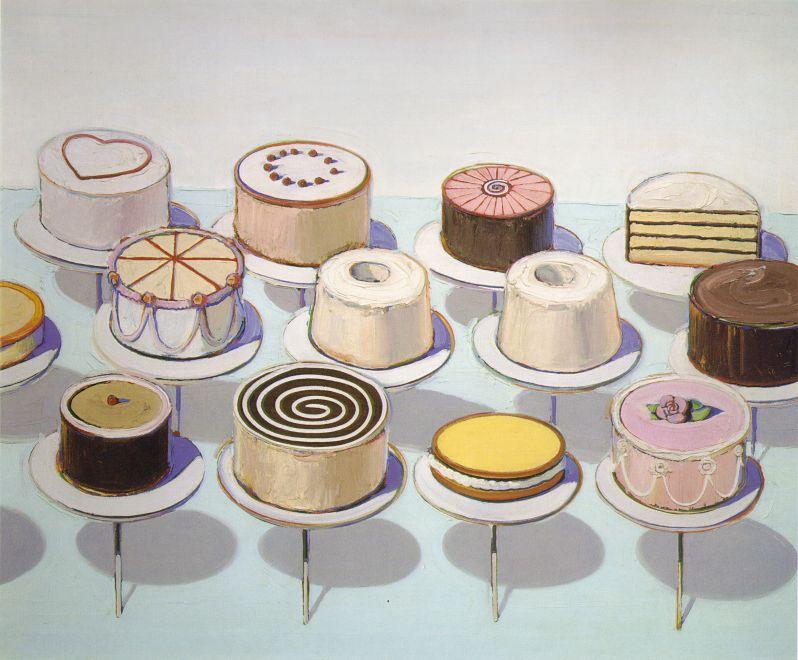 Wayne Thiebaud - Cakes, 1963
Wayne Thiebaud - Cakes, 1963



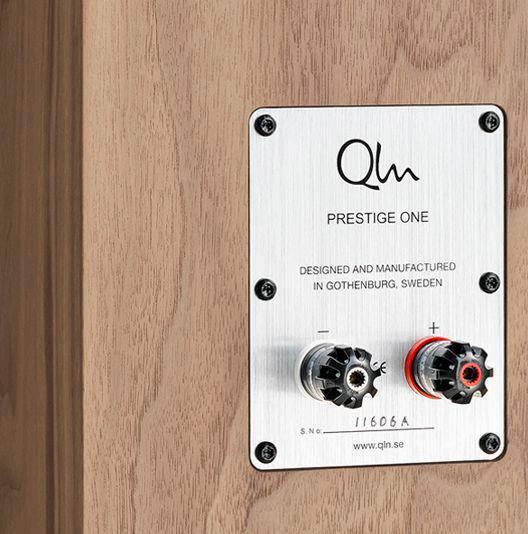
Some 30 years ago, there was a little speaker I came to appreciate. The Spica TC 50 was introduced to me by my boss at the time, Maxwell “Mack” Emerman, the founder of Criteria Studios, also known as Atlantic Studios South. Mack owned a personal pair of TC 50s, which he would park on top of his mixing consoles to use for real world comparison. Each studio (Criteria had five) had soffited UREI 815† loudspeakers for day–to–day playback. Emphasizing “loud,” these were physically large, vented two–way boxes, with a horn-loaded compression driver mid/ tweeter and two 15" woofers. At the time, very few homes had speakers that big, so the Spicas stood in for an average home hi–fi listener experience that was missing the last octave or three. Both the UREIs and Spica were time–coherent.

The TC 50 was the creation of John Bau, out of Santa Fe. Bau’s inexpensive little two–way had an isosceles triangular cabinet, with “time alignment” provided by the heavily raked front baffle. This arrangement allowed the voice coils of the tweeter and woofer to be vertically lined up. In turn, this meant that both transducers produced sound that was aligned in time, with highs and lows always arriving at the listener’s ear together. Time is, to my thinking, the most critical aspect of audio recording and reproduction, more so than flat frequency response or bandwidth. Although analog and digital electronics designers sometimes overlook the temporal domain, it is usually loudspeakers that are the most egregious culprits.
We see that attention to time matters in several high-end hi–fi products, notably Vandersteen, Quad, MBL, and several panel–
 Jackson Pollock - Drip
Jackson Pollock - Drip
style speakers. The subject of today’s review is the Qln Prestige One, a Swedish stand–mounted two–way. According to the manufacturer, it employs Qln’s “…truncated cabinet design, (with) the same minimal baffle area, time alignment, and dampening technology found in the Signature 3 with even greater optimization.” The Prestige One, when perched atop its bespoke stand, looks a bit like a Dalek without the toilet plunger. My review pair and matching stands were courtesy of local dealer James DaRosa at Choice Audio…thank you, James. The signal chain was my reference DAC and power amp, an exaSound e22 Mk. II and Parasound JC 5. Cabling was courtesy of Rob Fritz at Audio Art Cable. Rob provided me with a complete loom, including an eight-foot set of his $1690 Statement e SC cryo–treated OCC (Ohno Continuous Cast) speaker cables with painfully difficult Furutech locking bananas. Wonderful if you are not a reviewer, because once they are screwed down, they really don’t want to be changed. Also, one shortcoming of said stands was no cable management. Though the front baffle is barely wide enough to accommodate the two drivers, the


speaker has substantial depth, being twice as deep as wide. This creates a relatively large internal volume, which means that along with the flared rear–firing cylindrical port, these little guys produce some serious low end for their size. “Bass reflex” or vented designs can, if implemented poorly, lend a squishiness or temporal blurring to low frequencies. There’s that time aspect again. The Qln folks have done a fine job of managing the tradeoff of extending the lowfrequency response with the time–smearing that reflex alignment entails.
I thought that a bit of good ol’ rock and roll might be in order to evaluate whether

these speakers bring it, slam–wise…There are three versions of the album Who’s Next in Qobuz. The one from UMC, dated August 13, 1971, seems to benefit from the best 96k tape transfer. This album is replete with a handful of production tricks thrown at the listener. On most of the tracks, Keith Moon’s drum kit sits subjectively closer to the listener than the vocals. Through the little Daleks, you can clearly hear the echo and reverberation that accompanies each element in the mix. Of course, there’s that characteristic short echo that lends a thickness to Roger Daltrey’s vocals. The second track, Bargain, is a good example. In the bridge, Pete Townsend’s vocal is clean if reverberant, in contrast to Daltrey’s fat vocal treatment. Unlike my memory of the album, listening back through the nicely detailed Qlns, I found the recording’s sound quality to be wimpy, noisy, and quite poor, so I queued up Nirvana’s megahit Nevermind [Qobuz 192k Geffen 1991] Now that was what I was looking for! Most excellent slam for their size without floppy fatness.
Former California Attorney General Dave Bass is, despite his name, a pianist. His 2019 release, No Boundaries [Qobuz 88.2k], is a beautifully soulful recording, with production very much in the modern vein; stone-cold playing captured in a spot miked, isolated multitracked way. His keyboard is
portrayed as close in. In fact, so is every other instrument, with the exception of the percussion and five-time Grammy nominee Karrin Allyson’s vocals. At times, you can hear her working the mic as her voice drops in volume and recedes slight into the reverb. The Prestige Ones speak with a lustrous, authoritative voice. Track nine, Neither Have I Wings, is an example of their top–to–bottom cohesiveness, with multi–Grammy winner Carlos Henriquez’s bass anchoring the proceedings while Jerome Jennings propels the crew. The bass is honest while the cymbals and triangle never cross into shrill territory.
My listening notes over several weeks kept including the words “smooth” and “finesse.” I must emphasize the lack of bite or sharpness, while conveying the speaker’s ability to deliver clean attack and faithful detail. Like low frequency extension, “detail” is a difficult balancing act. Too little and the result is wooly darkness, my usual gripe with “full-range” drivers. Too much detail results in stridency. The Prestige Ones err on the side of less–is–more; just enough detail and a subjectively polite top octave, even though their high end extends well into the ultrasonic. Horizontal dispersion is wide and uniform, but they do seem to also have a fairly narrow vertical dispersion, most likely to reduce floor bounce. That’s both good and

bad. These speakers like to have their listener on axis with the tweeter. I found that for the best high frequency response, I either had to elevate my seating to accommodate, or apply a gentle 2.2dB shelf starting at 14.5Hz to lift the very top. The EQ provided a touch more sparkle and air since my typical seating position was about six inches below the tweeter’s midline.
Unlike many small speakers, I never found the Prestige Ones to be lacking in either bottom or top for that matter. As is often the case with well–designed examples, this two–way is able to declutter complex passages and recordings without discontinuity or troughs in the perceived response. Berlioz: Symphonie Fantastique by the Royal Concertgebouw Orchestra with Sir Colin Davis [Qobuz 96k Decca Music Group 1974] is a benchmark recording of this piece, and the waltz on Track 2, Un bal, brings a host of engaging intricacies. Through the Qlns, the result was rich, warm, and enveloping — an elegant approach befitting a finely engineered product.
Now for an indirect tale of two cities… French horn virtuoso and Deutsche Welle star Sarah Willis acts as the guiding light for the young and future lions of the Havana Lyceum Orchestra ,with José Antonio Méndez Padrón conducting. This is the Havana of, at least in my mind, a melding of
Graham Greene and Alec Guinness. Into that louche landscape sidles Willis and her protégés with El manisero from Mozart y Mambo [Qobuz 96k Alpha Classics 2020]. What sounds like a live performance in a large, fairly live room never drags. Running eight and a half minutes, the piece romps through several shades of the leitmotif, in the process concocting a tasty and stirring salsa. The shaker, flutes, and horns all were portrayed in a truthful, natural recreation of the venue.
Contrast that with another El manisero performance, this time by Ophélie Gaillard Alvorada [Qobuz 96k]. In your mind’s eye, travel to Paris; a city of fine comestibles, fin de siècle architecture, and beautiful people. For her 2015 release Alvorada, French–Swiss cellist Gaillard leads a polished collection of musicians in an exploration of Latin sounds and sentiments. This recording of The Peanut Vendor is in sharp contrast to the Willis version, a pristine recording with a credible soundstage and just the right amount of reverberation. There’s plenty here to drive a lesser speaker off course into harsh waters: harman–muted brass, pounds of percussion, plus massed and solo strings. Instead, the Prestige Ones offered best–in–class imaging I’ve yet heard in my room, along with a suave, mannered presence. For extra credit, take a listen to the Mario Bauza version [Qobuz
44.1k Termidor Music 1992] of El manisero; a dry, unfortunate recording of a fine performance.
KC62, to see if it melded well with the Qlns. Yes, it did and yes—were you to need that bottom octave, that sub does work nicely

Charles Lloyd’s “The Water Is Rising” from The Sky Will Still Be There Tomorrow [Qobuz 96k Blue Note 2024] is present, almost in your face. Lloyd and his tenor sax team up with far younger but accomplished Jason Moran on piano, Larry Grenadier on upright bass, and Brian Blade on drums. The recording, by veteran Dom Camardella, is respectfully preserved by Kevin Gray’s deft mastering. The Prestige Ones live up to their name, with shimmering and silky highs, a sublime midrange, and tight, burly bass. I did engage my subwoofer, the ultracompact KEF

with the Ones.
I’d like to bring your attention to the 12minute title track from Quincy Jones’ Walking In Space [Qobuz 192k Verve 1969]. With Valerie Simpson on vocals along with a literally stellar backing band, including Ray Brown, Freddie Hubbard, Bob James, Rahsaan Roland Kirk, Hubert Laws, J.J. Johnson, Grady Tate, and Kai Winding, the cranky and revered Rudy Van Gelder was at the controls and legendary producer Creed Taylor acted as benevolent overlord. Two aspects of this studio concoction came
Pierre Auguste Renoir - Le Bouquetthrough thanks to the honesty of the Qlns: Van Gelder’s prized EMT hollow state plate reverb and the dropout at 4:12. Compare it to Quincy’s 1971 recording of Smackwater Jack for a lesson in production choices. As I always say…with lesser gear, many such subtleties would be lost. The Prestige Ones possess many aspects of a studio monitor: revealing honesty, subjectively flat in–room response, and wide bandwidth. I was going to add low distortion to that list but alas, too many “pro” monitors are rather poor performers.
Housed in substantial, understated cabinetry, these speakers from Sweden have a classic, involving sound quality. A slight upper bass warmth allows the listener to luxuriate in the richness of their music, while their overall uniformity of tone and timbre provide inviting and convincing reproduction. The care taken to control arrival time results in a detailed soundstage, so if you get a chance, do give them a listen. I think you’ll like what you hear.
A† — UREI or United Recording Electronics Industries was founded by William “Bill” Putnam Sr. In the mid ’70s, UREI collaborated with Edward “Ed” Long of E.M. Long Associates in Oakland, California, to create the 813 family of time–aligned, large format studio monitors needed for the spacious control rooms of the day. According to Mix Magazine, Putnam was “…unhappy with the sound of the Altec 604 monitors in his United Western Studios…(working) with UREI’s Dean Austin and Dennis Fink on ways to improve the 604. They replaced Altec’s multicell horn with a wider dispersion design and added a 15" Eminence woofer to boost LF output. Ed Long applied his TimeAlign™ crossover techniques to achieve time–coherent” quasi–point source performance. UREI was sold to Harman in 1983, but the legacy lives on today in the form of highly regarded Universal Audio, a manufacturer of high-quality professional hardware and software run by Putnam’s son, Bill Junior.

THE COMPANY
Qln Gothenburg, Sweden
www.qln.se
Qln Prestige Ones $6,800
Stands $850






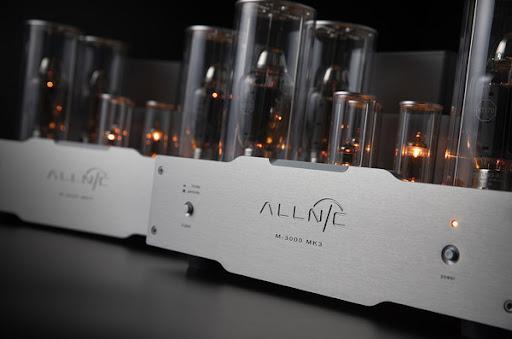
We recently reviewed, and were immensely impressed by, the Allnic H-7000 tubed phono stage (H-7000 review). It proved to be essentially flawless in performance, with a rich feature set to dial in the desired sound. And so it was with great anticipation that we accepted an opportunity to review Allnic’s M-3000 Mk 3 mono block power amplifiers.
ohms in pentode mode and more than 100 in triode mode. These amplifiers are simply beasts, weighing in at 80 pounds per side. The M-3000 Mk 3 is only outgunned in the lineup by the 400 wpc M-5000 Titan mono block. The M-3000 Mk 3 sells for $30,000 per pair.
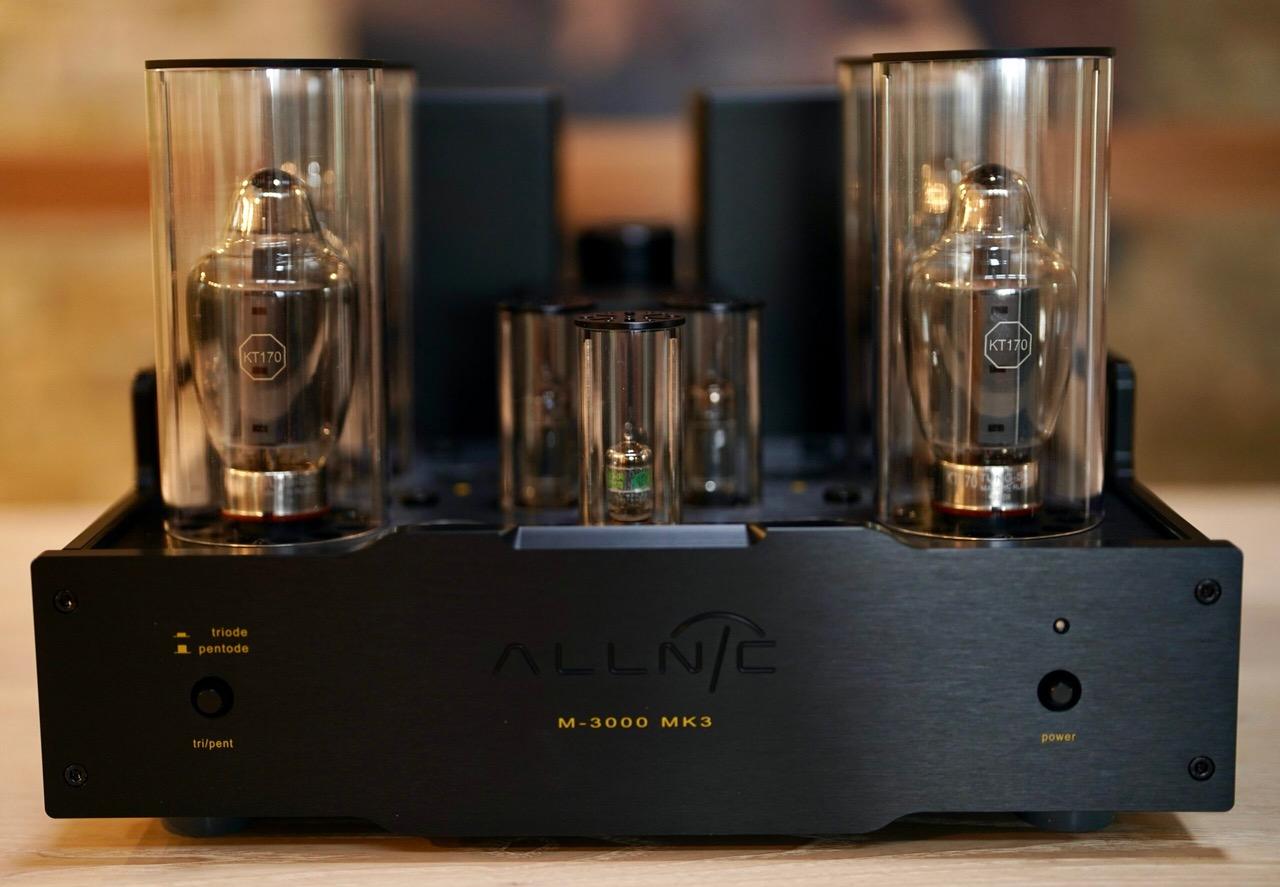
The M-3000 design has been in Allnic’s lineup for a number of years, and with the Mk 3 designation, it now uses KT170 tubes to produce 240 watts per channel into 8
Aside from changing the power tube complement, there are numerous other differences between the current model and the previous two. As well as producing more power output, the Mk 3 also features Allnic’s K.S. Park’s optimized circuit design and
 Vincent Van Gogh - St Paul Hospital, St Remy-1889
Vincent Van Gogh - St Paul Hospital, St Remy-1889

17 obsessive gain tube / transformer matching. Like the MK2, the MK3 lets the listener switch between pentode and triode modes with the button on the front of the chassis.
Along with circuit changes Mr. Park made for the MK3 to maximize performance from the KT170s, larger power and output transformers are employed. These are, of course, the Allnic in-house produced permalloy-based transformers. A few other tube changes were also implemented, with the driver tubes now being 5654 in the input position, among others. The Mk 3 chassis is larger, and the power button now resides on the front panel as well.
The M-3000 Mk 3 is relatively featurerich for a tube amplifier. There are retro power tube current old school meters on the top of the chassis, two per side, both RCA and XLR inputs, 4 and 8 ohm speaker terminals, fuse protection for each power tube, and a soft start circuit, which is always welcome. Incidentally, 8 and 16 ohm terminals can be installed by special order.
We unpacked the amps carefully, taking into account their weight and the preinstalled tubes. The tubes were very well protected with smart packaging and are housed during normal use in glass chimneys. We made sure the amps were well ventilated and separated from other electronics. Our review samples arrived in a silver finish, but can be ordered in a black matte finish as well.
The M-3000 Mk 3 amps were dropped into a system consisting of the excellent Boenicke W11SE speakers (https:// www.audiokeyreviews.com/the-reviews/ boenicke-audio-w8), a Rogue RP-7 preamp, a Bryston DAC, the aforementioned Allnic H-7000 phono stage, SOTA and Rega turntables, and Clarus cables all around. Everything was plugged into Bryston and Audience power conditioners. We used XLR connections from source to amp.
We listened to a wide variety of music, both analog and digital, and of various vintages. We allowed the amps to settle for about a week before doing any critical listening. No special tweaks were employed; it was essentially plug and play. We did get quite a few amazed looks from visitors who marveled at the visual appearance of the amps, as the industrial design evokes the feeling of an exotic machine, with bulb-like KT170 tubes emitting a soft orange glow.
Once serious listening began, it only took a few days to formulate a basic understanding of what the Allnic mono blocks were about musically. There seemed to be reserves of power, and we never seemed to be able to stress the amps out. Along with that solidstate-like power and control, there was the unmistakable tonal beauty of tubes, with all the colours and midrange magic, with

seemingly no restrictions at the frequency extremes.
We did not go easy on the M-3000 Mk 3. We threw everything at it, from heavy metal to free jazz and many genres in between. The amps were able to unravel even the most complicated musical passages with little or no effort. The amps had no trouble driving the Boenicke W11SE speakers to realistic sound pressure levels without breaking a sweat.
The 24/96 remaster of Use Your Illusion I and II, by Guns N’ Roses, was a true highlight. This was the band’s long-awaited followup to their debut, Appetite for Destruction, and it pulled no punches. The sprawling two-volume set, released simultaneously in 1991, is an epic statement where the group expanded their sonic palette and also kept ties with their influences, everything from punk to metal, with AC/ DC, the Sex Pistols, and Aerosmith as touchstones.
The 24 bit remaster simply eviscerates the original CD and betters the mid-1990s Mobile Fidelity CD as well. The amount of mix detail and sheer energy that came through was remarkable. The tonal qualities of the acoustic and electric guitars and the spacious drumming were amazingly textural. The same goes for Axl Rose’s lead vocals, with all of his melodic venom shining through. Tracks like “Civil War,” “November Rain,” and “Don’t Damn Me” had fantastic cohesion and presence.
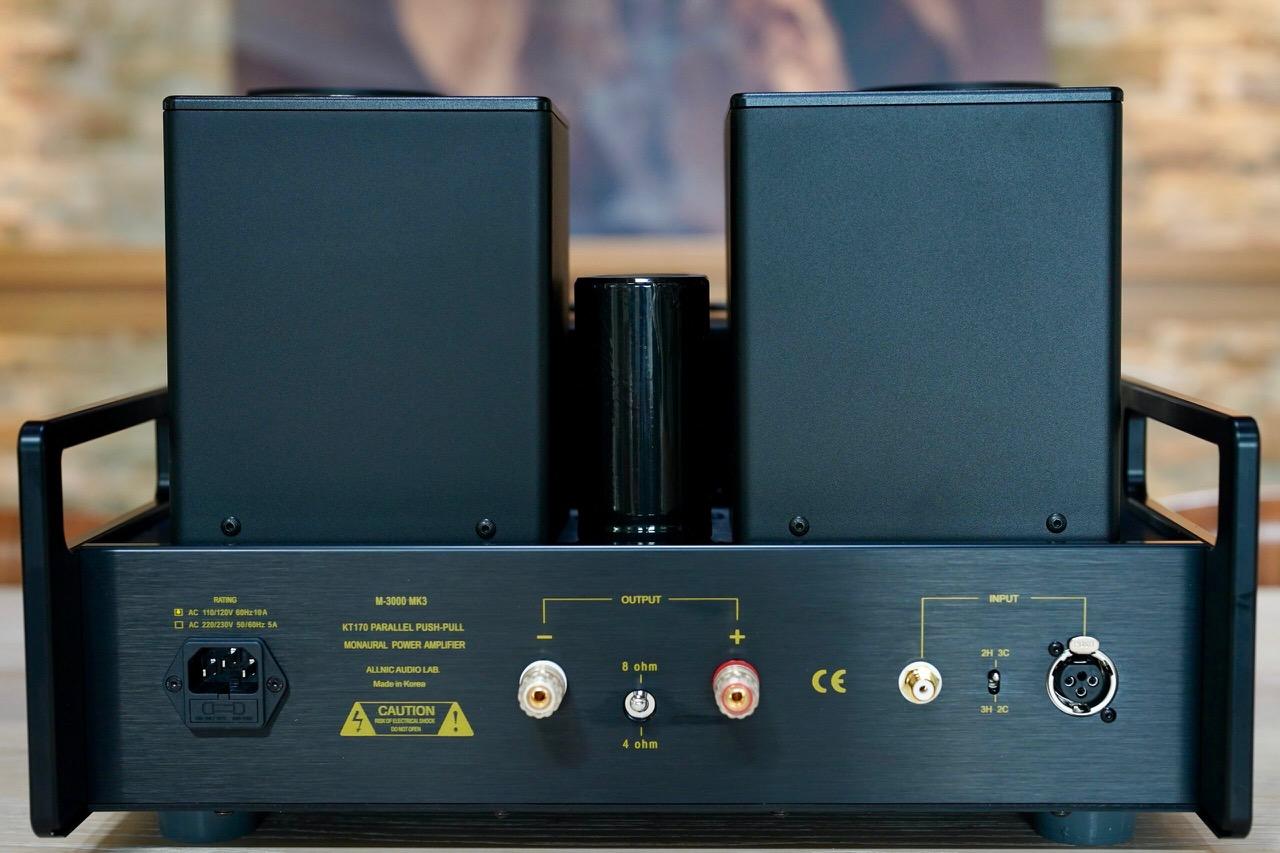

A recent release we have been enamoured with is Live at Montreux Jazz Festival 1982 by the legendary Turkish drummer and percussionist Okay Temiz. The 24-bit remaster captures the incredible live energy of Temiz and his band, and it was sourced from the original master tape. The group explodes out of the gate and as the set progresses, we hear Turkish motifs interwoven with experimental jazz and fusion. It’s one of those recordings where the listener feels that they are on stage with the musicians. The Allnic amps were the perfect conduit for this otherworldly musical stew. Temiz’ whirlwind drumming and the sax and electric guitar lines, often in unison, were amazingly present.
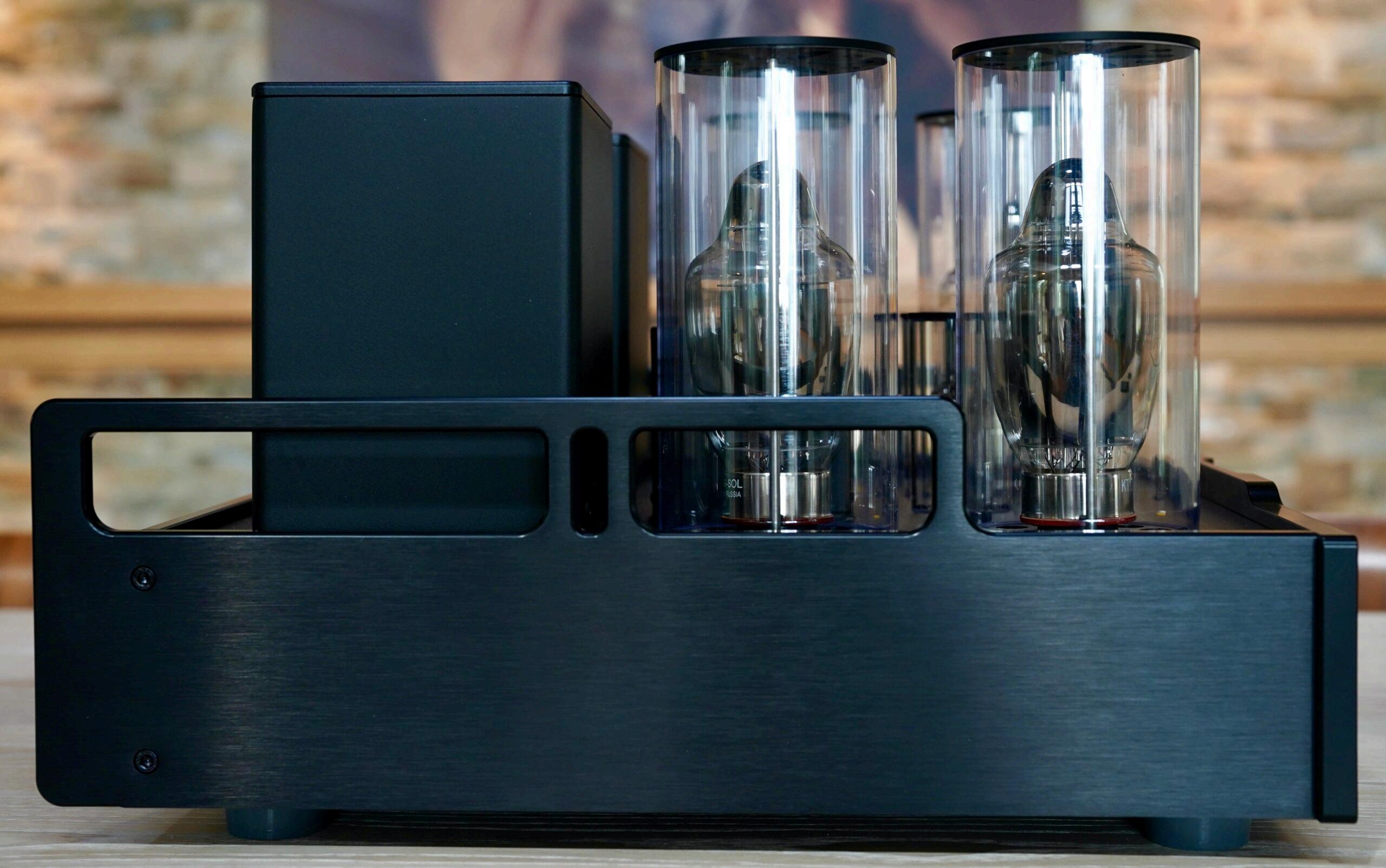
We spun quite a few vinyl albums, and one of our favourite listening sessions was when we played an original 1967 pressing of The Beatles’ Magical Mystery Tour. It was a delight to hear the group pushing the boundaries that started with Sgt. Pepper, released earlier that year, and adding instruments like Mellotron, Hammond organ, and George Harrison’s slide guitar. There was quite a bit of studio experimentation, The M-3000 Mk 3 made these well-worn tracks come to life, unfolding layers that previously sounded congealed. The audiokeyreviews.com

distinction between each of the voices and all the baroque touches provided a splendid time for all.
A 24-bit digital download we have been enjoying immensely is Makalicious, by the superb world music band Makatumbe. It is really well recorded and features everything from African grooves to Arabic folk songs, Cumbia, and reggae. The drums and percussion are high energy and the vocals challenge the listener not to sing along, despite being in numerous languages. The Allnic monos made this album sound like a celebration, with the bass drum hits rendered with precision and the various instruments playing ethnic grooves, like accordion and clarinet, sound absolutely full-bodied and delightful. We had this album on repeat because the Allnics maximized the fun factor the band laid down in the studio.
The cohesion the M-3000 Mk 3 displayed was across all the major frequency bands. Nothing felt left out or overemphasized. Shouldn't all expensive and hyper-engineered amplifiers display a beautifully balanced sonic spectrum? Of course, but not all do. Designers and audio engineers will always, even subliminally, add their own bias, just as a record producer may imprint their own stamp on an artist’s recordings. It seems to me the good people at Allnic are really interested in both
transparency and providing the best possible musical experience.
That being said, the Allnic amps produce that rich harmonic midrange that is unmistakable from well-designed tube gear, but without an artificially lush syrupy sound, especially in pentode mode. The high frequencies are silky smooth without being dulled. And the bass is not only deep and articulate, but nimble.
One of the attractive-sounding tuning features the M-3000 Mk 3 has is the ability to switch between pentode and triode mode on the fly, just by pressing the switch on the left side of the front panel. We did extensive listening comparing both with different genres of music.
We found triode mode to be warmer, rounder, and slightly darker, and especially enjoyable with music with heavy percussive qualities, as well as with electronic ambient music. There was more thump on bass drum and toms, and a rich midrange.
Pentode mode was more open, more transparent, and a bit more spacious. There was definitely less lushness and a bit more emphasis on the leading edge of notes and percussive hits. Ultimately, what the listener prefers will come down to the speaker and the program material.
We believe many audiophiles have sought out the holographic midrange of high-end tube gear and the output power and resolution of the best solid state gear. The choices are few and far between. We believe Allnic has produced gear that leaves no stone unturned with respect to transparency, musicality, power, and organic rendering of any style of music. The KT170 tubes are certainly one reason why, and of course their nickel alloy transformers, which to all intents and purposes are state of the art.
In fact, it may be the transformers that are ultimately responsible for the incredible focus and imaging the M-3000 MK 3 produce. The tonal beauty and accuracy these amps produce is a rare thing in our experience.
The M-3000 Mk 3 were amazingly quiet amps, both mechanically and sonically. Allnic has clearly done a superb job of avoiding any tube microphony or resonance, both through design implementations and careful tube selections.
CONCLUSION

The M-3000 Mk 3 are expensive, but when you dive into the parts’ quality, nocompromise design, and overall quality of build, it is a case of near perfection coming at a cost. There are no free lunches. The M-3000 Mk 3, paired with several speakers, proved to be an absolute dream in our system over the course of many months, superb and unmatched musically in our experience. A must-hear for tube lovers who are shopping for one of the best and most practical power amplifiers money can buy.
MANUFACTURER
Allnic Audio Inc.
M-3000 Mono Amplifiers $30,000/pair
DISTRIBUTOR
Kevalin Audio info@kevalinaudio.com
+1 503.292.5592
The Allnic M-3000 Mk 3 KT170-based mono amps are simply everything an audiophile could hope for from tube-based power amplifiers The sonic palette is complete in every way and checks every conceivable box. There is power to spare, reliable and hassle-free performance, and most importantly, breathtaking musical performance. The sound is also customizable via tube rolling, and on the fly pentode or triode mode switching.

 Vincent Van Gogh - Cafe Terrace Place du Forum at Night
Vincent Van Gogh - Cafe Terrace Place du Forum at Night
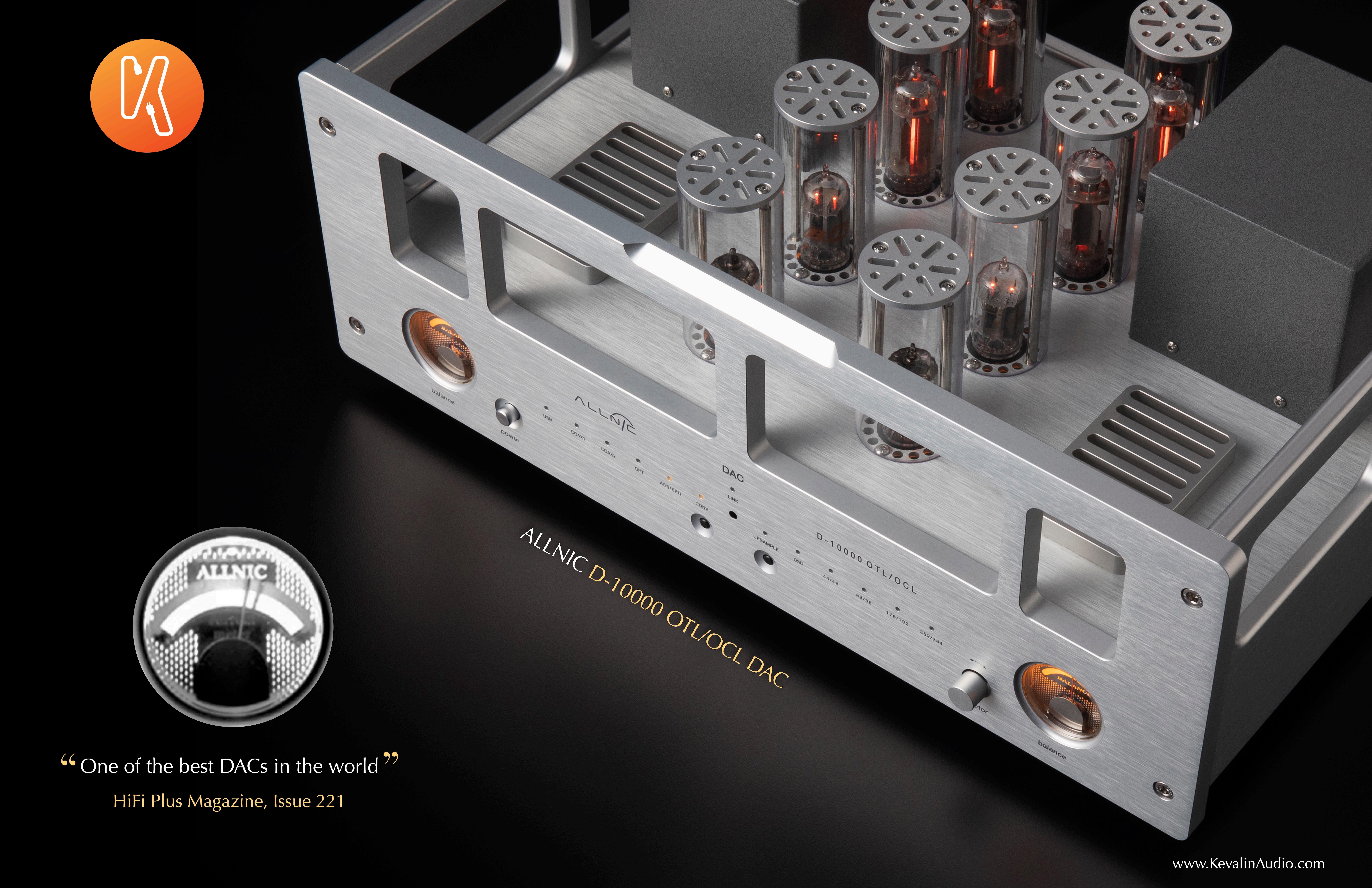



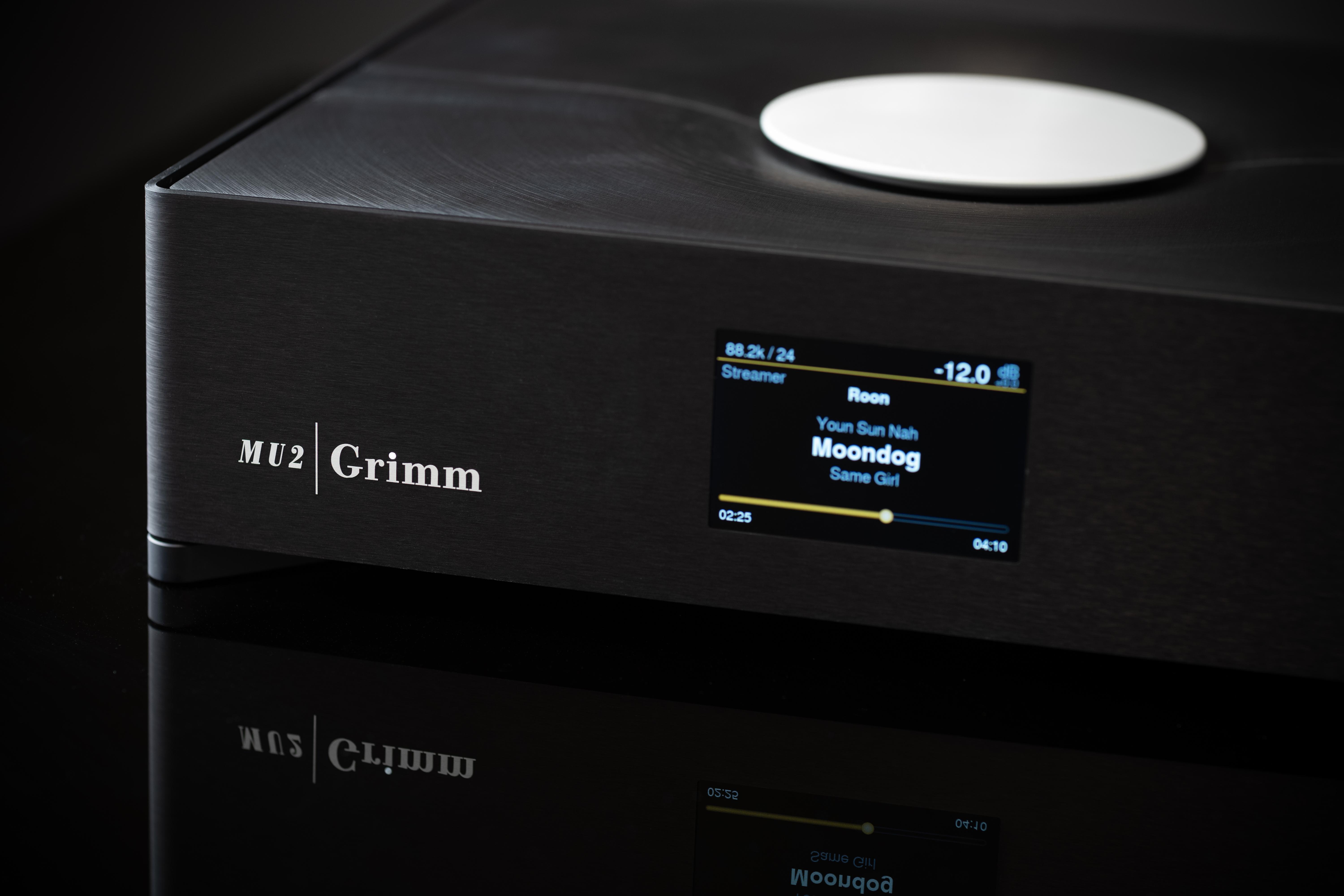
 By K.E. Heartsong
By K.E. Heartsong
Ibelieve the Grimm Audio MU2 was the first audio component to receive a midyear “Breakthrough Product” award.
did not move me in the same way as had the MU2. This was both very unexpected and a revelation with regard to digital and its ability
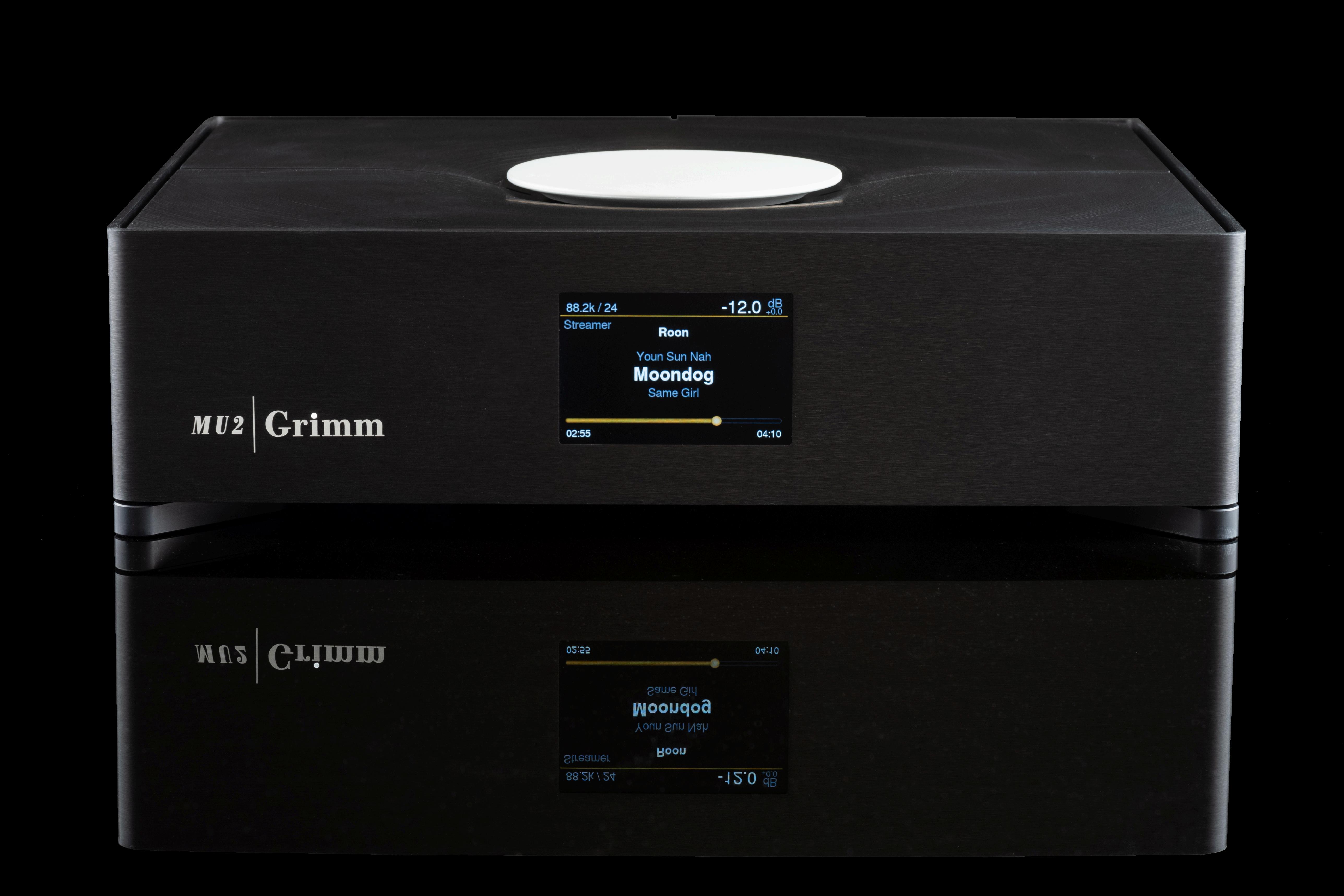
The reason for this was simple. It had moved far beyond the various DACs and streamers, regardless of price tags, that I had reviewed, attempted to review and sent back (because they did not live up to minimal expectations), or heard. Not only that, but there were two quarter-of-a-million-dollar vinyl systems that

to, well, transcend, at least, two very expensive vinyl setups.
You see, not that long ago, I had doubted that streaming would ever surpass CDs as a viable source, and certainly not the Wi-Fienabled streamers. But surpassing vinyl, or the rigs that I had heard, did not even come
 Vincent Van Gogh - Peupliers à Saint Rémy
Vincent Van Gogh - Peupliers à Saint Rémy

to mind. And yet a very short time later, as I reviewed the Grimm Audio MU2, the fact became immediately clear—this one-box
I lived with the Grimm Audio MU2 for quite some time during its review and it has become part of our permanent two-channel
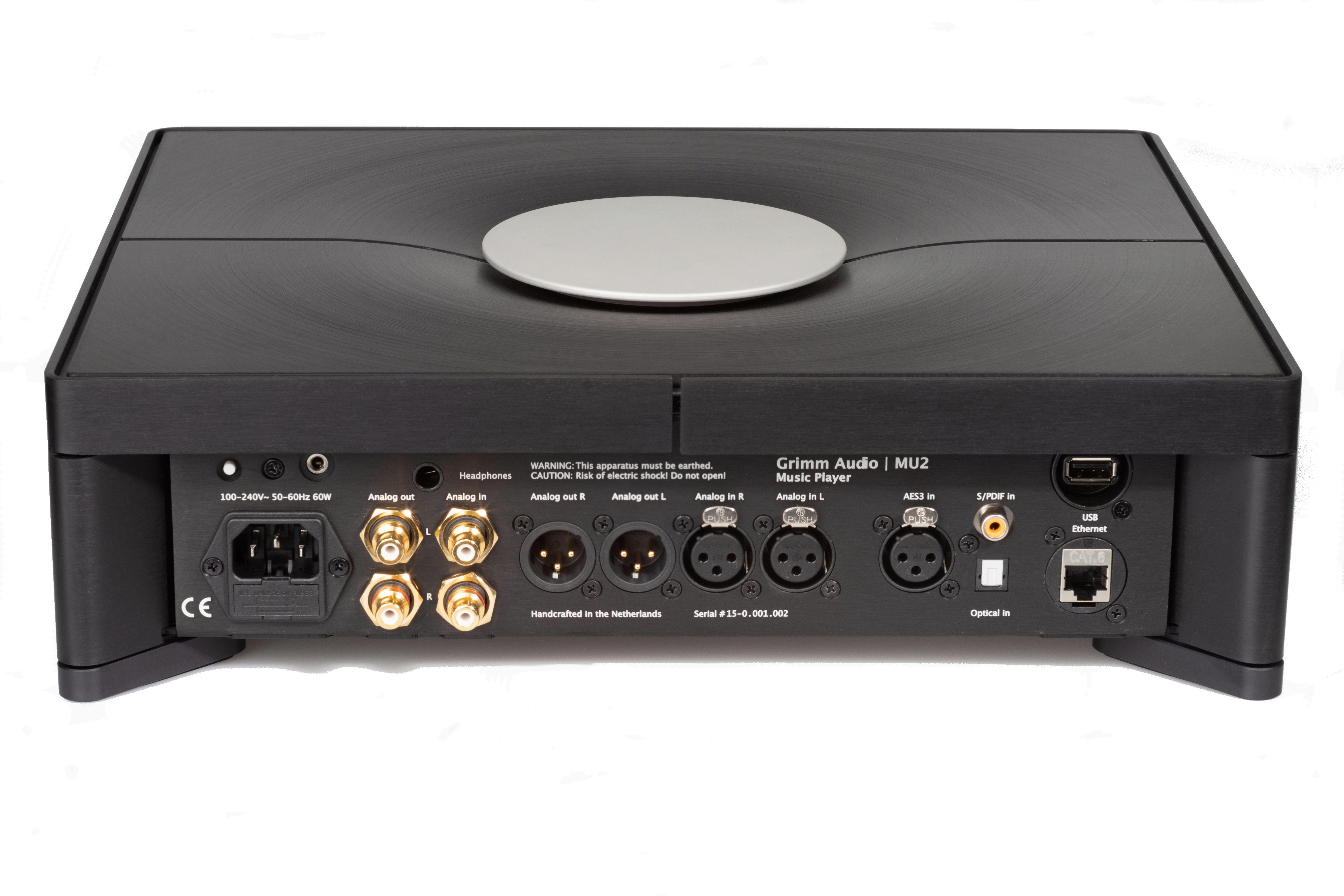
assault on the overall state of the art with regard to music playback. And that the MU2 had done so as a receiver of sorts— combining multiple functions in one box— was audio heresy. This kind of thing just didn’t happen, as receivers were lo-fi at best, and well below integrated amplifiers and certainly separates —preamplifier and amplifier. But this threein-one digital component was taking names and easily clobbering all digital and streaming comers.
have also switched the MU2 into the Headphone (HPA) reference system, as it’s just too good to keep from any system. The least of the HPA systems experienced marked gains in their performance, and the reference HPA system revealed an incredible wealth of information and greater aptitude with the MU2 in play, which I had not believed possible. Its rendering prowess makes for quite the challenge, as I am wont to switch it from two-channel reference to HPA reference for the best possible playback
and the capacity to discern a component’s ability in either system. I still marvel at its rather daunting way with the rendering of music.
Walking the halls of AXPONA it was clear to see the stratospheric pricing of some gear— hundred thousand dollar, a piece, monoblock amplifiers, hundred thousand dollar DACs(!) and DAC stacks, etc.—with a relative cost to value ratio that did not compute. Yes, I’ve ‘tasted the wares’ of some of the megabuck manufacturers and have more often than not left the hearing wanting and quite confused. Certainly there are more efficacious and cost effective methods to producing products that would, at least, split the gap—reduce the price while still being profitable.
be given what they seek, as it is entirely possible that they have far too much money and are not economically rational.

I would, however, be remiss if I did not mention that I have heard the systems of the folks who seek out the most expensive products, regardless of whether they are the best products. And in the vast majority of cases, their curated “systems” were an assault on my listening sensibilities, which invariably and quickly catalyzed an urgent need to exit (escape) the premises, and in the most diplomatic way possible.

That said, there are, indeed, customers who can certainly afford the ‘hyper-priced’ goods. I know folks who actively seek out the most expensive products, despite the fact that a less expensive product will perform far better. In this case, it seems that they should
We are at an interesting and unique place in the audio industry. Technology is providing radical solutions to achieve reference-level/Top-of-the-Line (TOTL) sound quality for a fraction of a fraction of the cost once required. Though six-figure digital and amplification dinosaurs still rumble across the plain providing the “hit”— high profits—that some dealers require and the “ostentatious spend” essential to some very well-heeled consumers. The profound

irony here is that never has there been a time, in the current paradigm, when less is decidedly more.
With that, there are products like the Grimm Audio MU2 that “lift all boats,” which translates to improving the performance of every component or system —the so-so, the good, the incredible—into which it is placed. This is no small task: I can’t think of another component, regardless of category, that does the same, regardless of the system into which it is placed.
For those with clarity of vision, the Grimm Audio MU2 is a solution for the ages, or at least our current age. And having heard it in multiple systems and with a varied mix of components, its DAC/streaming/ preamplifier better or even its match, at five, six, or possibly even seven times its cost, is not now discernible to me, and I have
thought long and hard about this, though things do change.
Bravo to Eelco Grimm and Guido Tent, as you have together, via your skill, talent, and insight, broken through the barrier, which to date had limited ever greater digital and streaming playback, and at a cost that is a fraction of where the cutting edge, the TOTL, had been but a short time ago.


 Paul Gauguin - Still Life
Paul Gauguin - Still Life
 Vincent Van Gogh - Sunset at Wheat Field, 1888
Vincent Van Gogh - Sunset at Wheat Field, 1888

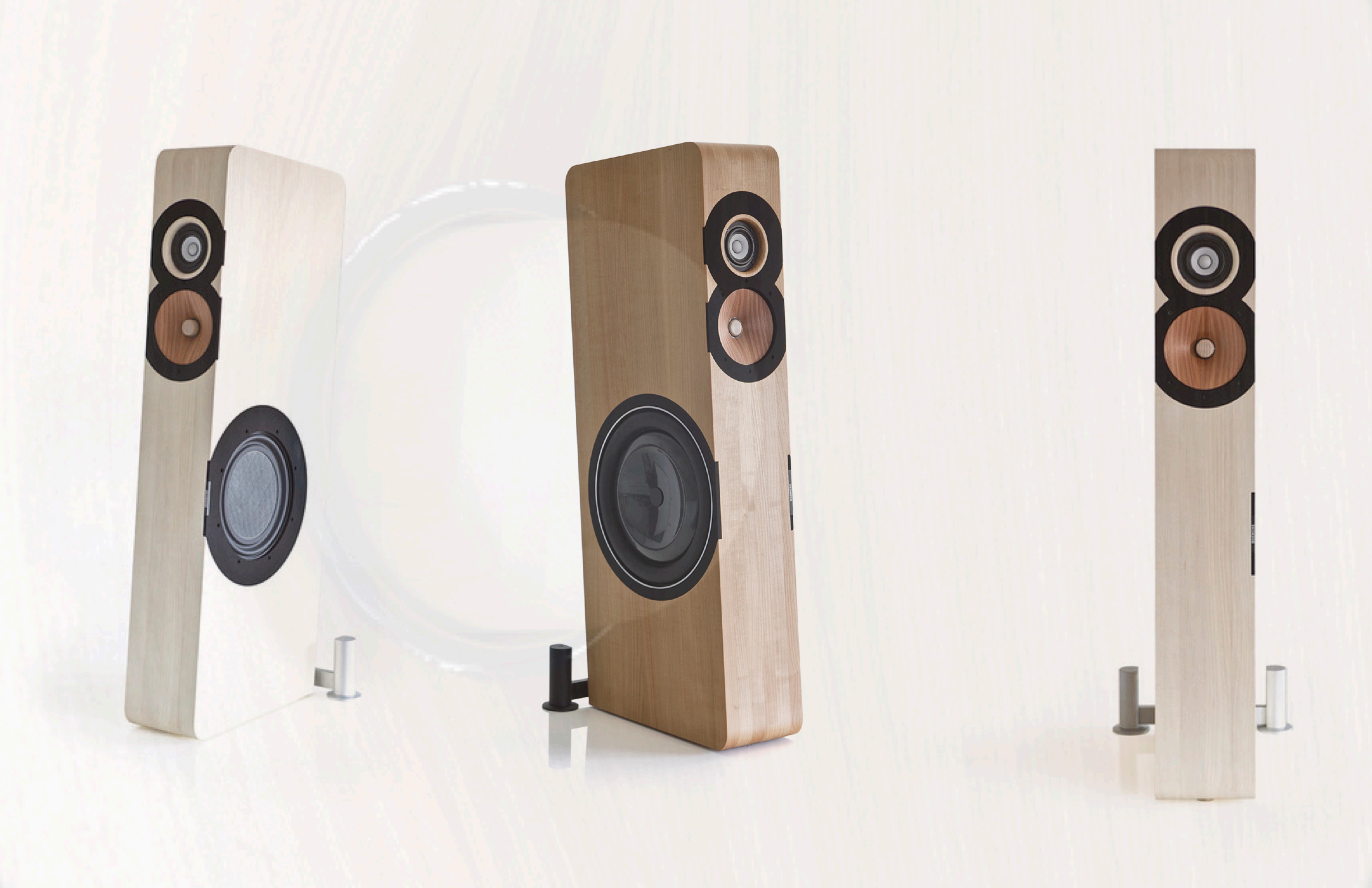
 By Andre Marc
By Andre Marc
Boenicke Audio is the brainchild of Sven Boenicke, and is based in Basel, Switzerland.
Boenicke founded the company in 1998 with very modest goals, but has become one of the most unique hi-fi manufacturers in the industry for a number of reasons. The team shies away from trends; they make it their mission to avoid “me too” products, and take every aspect of design into account when building their loudspeakers, cables, and electronic components. Their manifesto, as ascertained from interviews with Sven, is to strictly avoid cookie-cutter outsourced designs in favour of unique products that are “more than meets the eye.”
exclusively by batteries, except the small power amp.
The company also offers cables, a power conditioner, and most unusually, a room tuning device designed for corners. They also have a mysterious product called the Note that Boenicke has a healthy distributor and dealer network across the globe. We wanted to understand some of the thought processes and philosophies behind the designs so we read several print interviews with Sven Boenicke, as well as a video interview. It was clear to us that Sven is, as he says, an “out of the box” thinker. Sven has also been making his own recordings for a number of years, and he is intimately familiar with the sound of

real concert halls. To label Sven a Renaissance man would not be an overstatement.
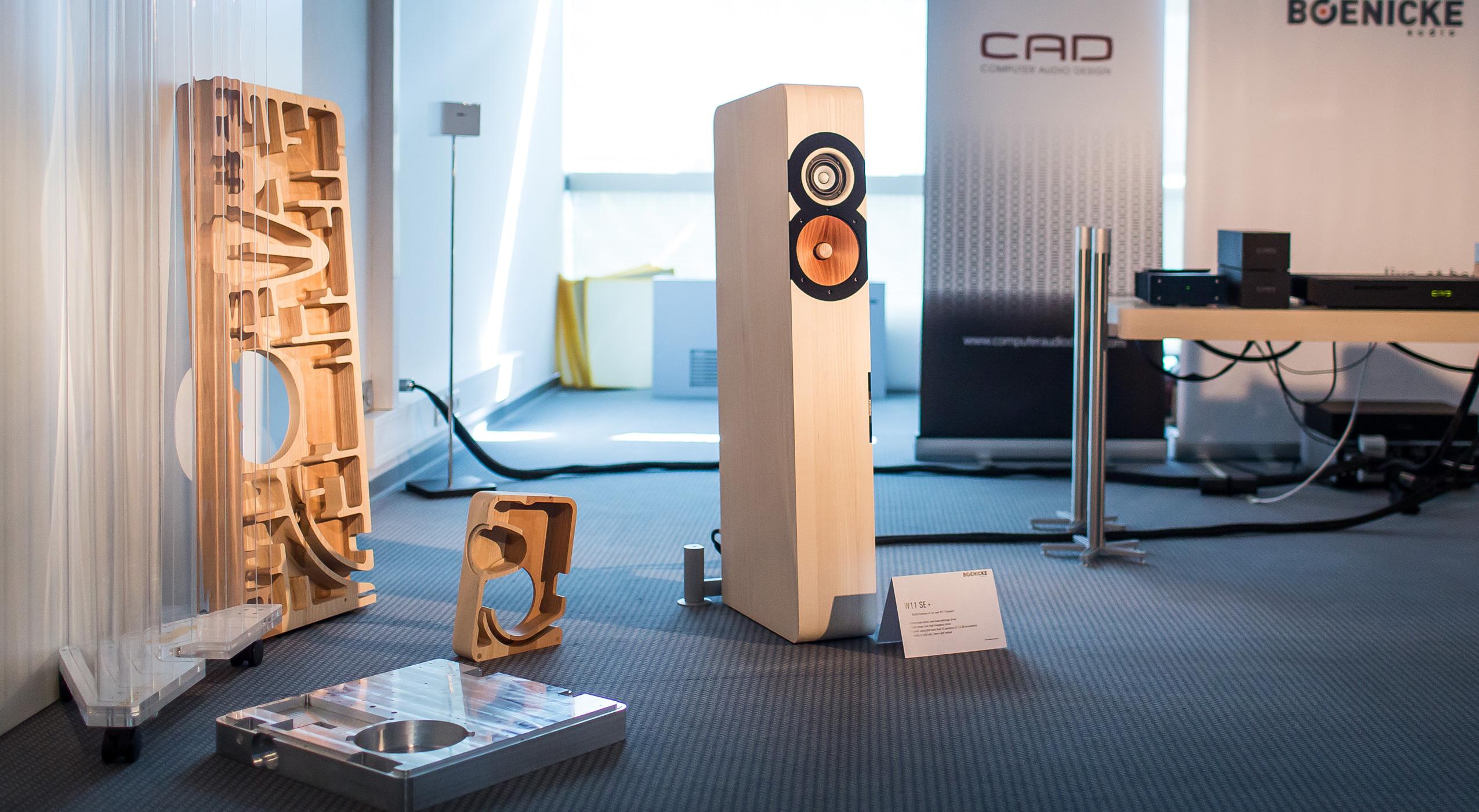
One look at their speakers and it's clear that each is unique in appearance. We will discuss the design and technology below. Of note, Boenicke’s line of electronics is among the few on the market that are powered
Boenicke shipped us a pair of their W11SE floor standing speakers all the way from Switzerland, The W11 sit smack in the middle of their speaker lineup, which starts with the W5 monitors and ends with the W22 flagship model. The W11SE pair
 Vincent Van Gogh - Studio Corner with Chair
Vincent Van Gogh - Studio Corner with Chair
arrived in a beautiful cherrywood finish. The “SE” edition of it features various upgrades from the standard version. The speakers are also available in American walnut, as well as several varieties of oak and ash.
they did designing the externals. They believe in isolation, proper routing, and stability. There is so much proprietary technology and so many ideas in the W11SE that it would take pages to discuss, so we would strongly
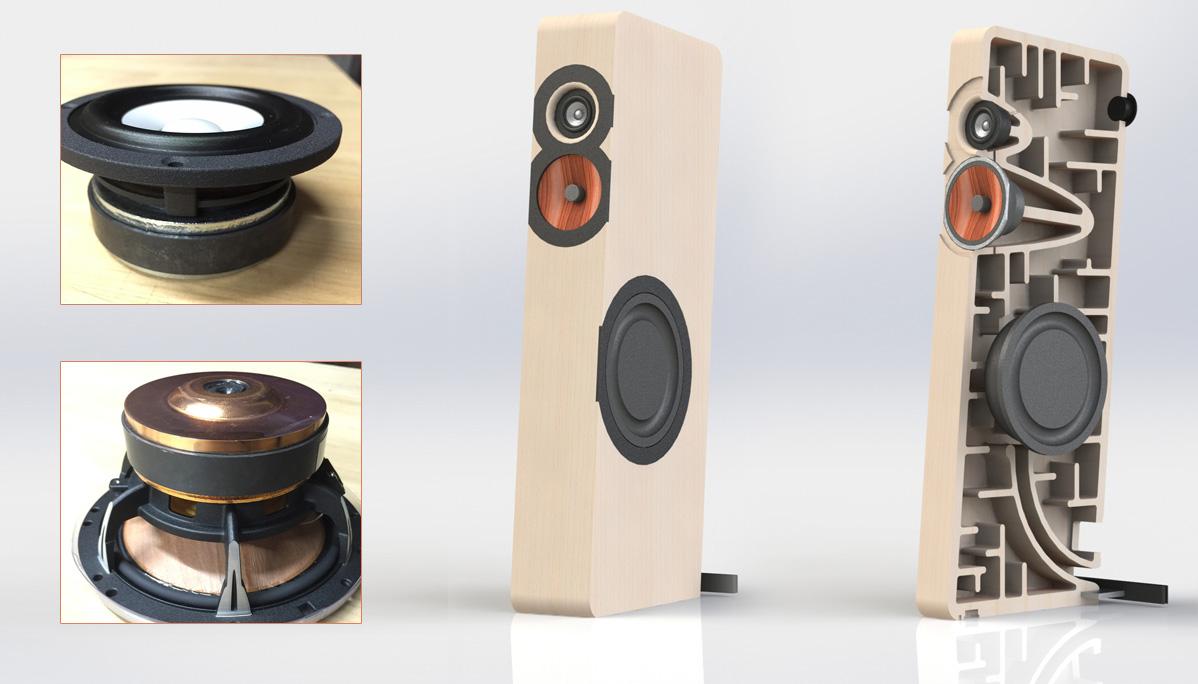
complement. There is a 1” wide-band tweeter and a bass-midrange (without high pass filter) driver on the front baffle, and an additional “ambient” tweeter on the back panel. There are side-firing 10-inch woofers. The speakers can be set up with the woofers firing inward or outward, depending on the room and placement. There is a rear firing port as well.
Boenicke spent as much time designing the internal chambers of their speakers as

overview. Interestingly, bass can be adjusted via jumpers in 2.5 dB increments, in a 10 dB range, via custom autoformers.
This is the “SE” version of the speaker (there is an “SE+” version as well, with further enhancements) as noted, and it features a number of add-ons not available in the standard version. Among these additions are the famous Bybee Quantum Purifiers, Mundorf silver-gold-oil capacitors, the proprietary Phase-Linearisation network, and

several other accoutrements. The SE also comes standard with the Boenicke designed Swing Base, a unique way to situate the speaker and dissipate resonances, and presumably decouple the speakers from the floor.
We set the W11SE up initially with the woofers firing inward, approximately eight feet apart. It was paired with an all tube
Allnic system, a SOTA Comet VI turntable, and a Bryston DAC. Cabling was Clarus all around. We consulted with Sven, who suggested moving the speakers further apart, with the woofers firing outward. We ended with the speakers 12 feet apart, with substantial toe-in. This is further apart than we are accustomed to, but the sound stage “locked in” once they were set up this way. We also let the speakers play for a few hundred hours before critical listening. Our room features high ceilings, with the ability to allow for plenty of air around the enclosures.
Our initial impressions were quite interesting. We heard a staggering amount of recorded detail and ambient information.
The first albums we streamed from our library were the Deluxe remasters of various Bad Company albums, including Bad Company, Straight Shooter, and Run With The Pack. The acoustic guitars were lush
and silvery, the bass drum had more midrange detail than we have previously heard, and the reverb tails around Paul Rodgers’ vocal were amazingly apparent. The bass was not as warm as I am used to, but far more articulated. It was easy to hear the leading edge of the notes.
Next up was a bit of a left turn, and we streamed a number of albums by The Yardbirds, one of the most influential British groups of the 1960s. They pioneered the use of the studio as an instrument, employing off-kilter arrangements that included Gregorian chants, tabla, harpsichord, and the very earliest use of fuzz pedals by Jeff Beck.
One of their signature songs, “Heart Full of Soul,” features a bed of acoustic guitar and tabla, heavily reverbed vocals, and an amazing Eastern-flavoured fuzz solo by Beck. We heard the quaint production techniques far more clearly than we had before, where on most systems the song elements mesh into congealed sound. It was rather illuminating to hear the backing vocals and percussion so clearly. Same goes for tracks like “Still I’m Sad,” “Over Under Sideways Down,” and “Train Kept a Rollin’.”
The album that really locked us in with the W11SE was the DVD-A of Seal’s Best: 1991-2004, particularly the acoustic disc. It is an album we have heard on too many systems to count, including those costing nearly half a

million dollars. Hearing the acoustic rerecording of “Bring It On” from Seal’s second album clinched the deal. We heard the rubbery bass line, the percussive acoustic guitar part, and Seal’s close- miked vocal with stunning presence. Namely, every breath, and studio quality “there.”
syncopated percussion. Recorded and cut to the master disc live, the music flows gracefully. The immediacy and sheer presence of the instruments through the W11SE were among the highlights of our time with the speakers.

We also spun numerous LPs, using the superb Allnic H7000 tubed phono stage, and enjoyed the same musical energy and transparency to source. One of the records that really amazed us with the W11SE was a direct-to-disc pressing of the self-titled album by jazz legend Gary Bartz and UKbased ensemble Maisha, on the Night Dreamer label.
The music can best be described as spiritual jazz, with Bartz weaving his saxophone brilliantly in the arrangements, including trumpet, guitar, keyboards, and
new and outstanding albums we had recently downloaded. One was Tide, by Hilde, an allfemale ensemble from Essen, Germany. The music is difficult to characterize, but let’s call it chamber jazz with classical overtones. The instrumentation consists of cello, violin, trombone, and vocals.
The textures of the cello and violin were simply outstanding with the W11SE, and the clear, naturally recorded voice was intimately rendered. The haunting track “Body” puts you right in the middle of the musicians, with violin and cello panned hard right and left,
and plenty of room ambience. This music was incredibly immersive with the W11SE
Classical music was also well served by the W11SE. Orchestral pieces had weight and excellent layering. The differences in the various recording spaces and hall ambience came through as well. Scaling down to chamber music, the W11SE showed themselves to be quite refined in nature.
In interviews, Sven has talked about hearing music in “colours,” which is exactly how we listen to music. Music creates virtual sound paintings for us, and if we had to assign colours to the W11SE across a wide swath of music, we would describe it as “silvery,” “aqua,” and “turquoise.” For perspective, our Magnepans are “burgundy,” “maroon,” and “beige.” Hopefully, this will resonate with some listeners.
The Boenicke W11SE speakers are very special products. Sven Boenicke is clearly an accomplished and thoughtful man in the way he conducts his business and in the way his philosophies inform his designs. The W11SE was one of the most accurate, distortion-free speakers we have had in our systems to date. This is not a plug and play transducer. It does require some patience and experimentation to get it to play nice with the listening room, but it is worth the effort. They do like plenty of
space around them, and are designed to be situated further apart than most speakers.
If you can accommodate them and partner them with top shelf gear, from source to cables, the rewards are plenty. The attention to detail is obsessive, and speakers can be ordered in wood finishes that will match any decor. But Boenicke does not make furniture, they make world-class loudspeakers. If accuracy, extremely low distortion, and musical satisfaction are your goals, the Boenicke should be very seriously auditioned.
BOENICKE AUDIO
Ramsteinerstrasse 17 4052 Basel Switzerland
info@boenicke-audio.ch
Telephone: +41 (0)79 959
Boenicke W11 Loudspeaker: starting at $15,240 for the Standard version [please see website for balance of pricing information for other editions.]

 Pierre Auguste Renoir - Le Bouquet
Pierre Auguste Renoir - Le Bouquet




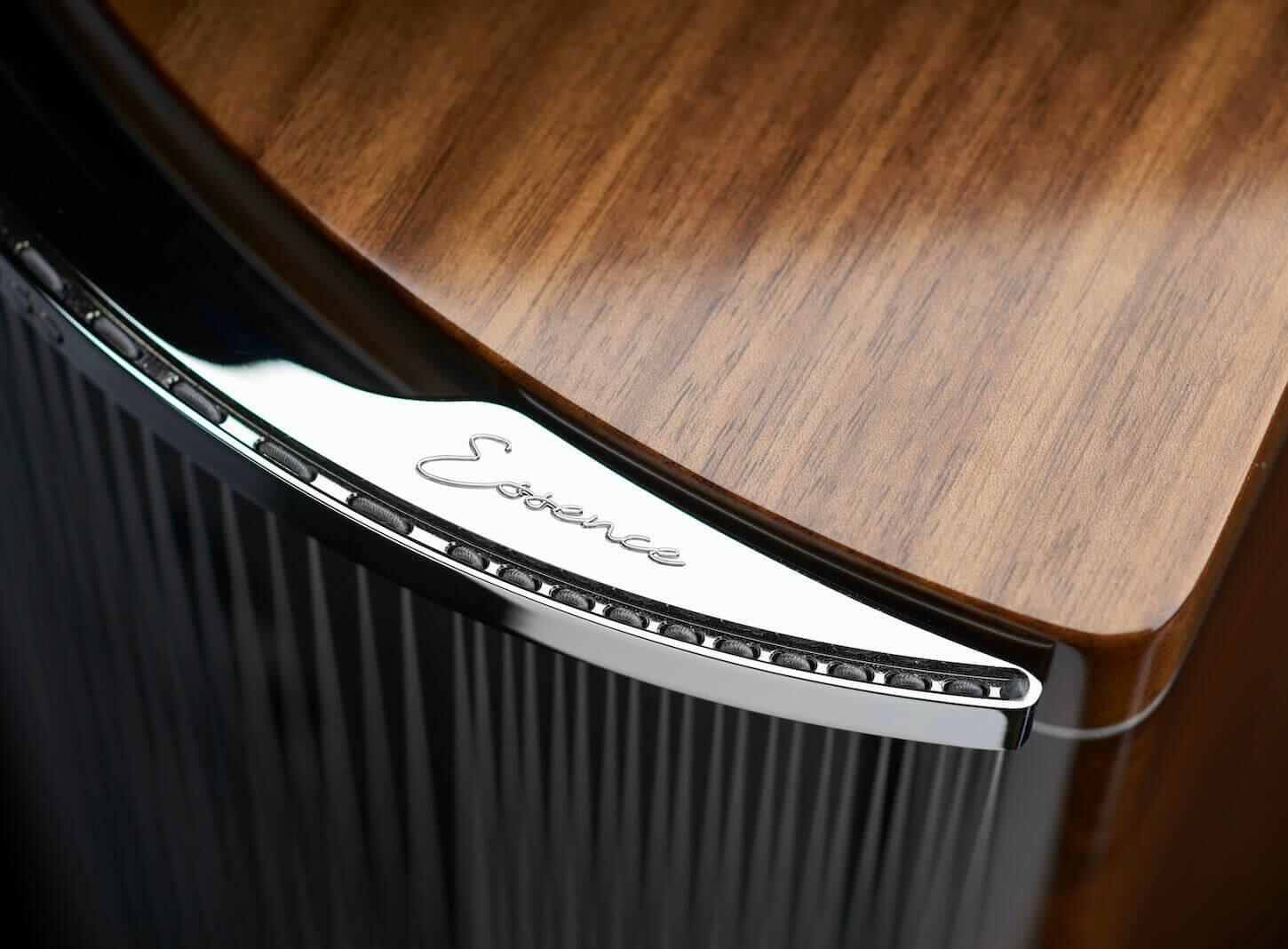
 By K.E. Heartsong
By K.E. Heartsong

My fascination with Sonus Faber, Franco Serblin’s first company, began nearly 20 years ago as I sought to put together my next stereo system, which would represent a step up the audio ladder. It had come down to the EAR V12 Integrated amplifier, the Meridian 506 CD player, and the Sonus Faber Grand Pianos. Of all the components, speakers I had listened to across several San Francisco Bay Area dealers and a couple of New York dealers, these three components provided a musical synergy that could not be denied. I was won over.
Some time later, after Mr. Serblin had sold Sonus Faber, things began to change, at least in my opinion. A comparison of the new Sonus Faber Grand Piano “Home” was, well, different from the earlier version, absent the “Home” designation, my version, and did not sound quite the same. The Sonus Faber Grand Piano would serve as my last Sonus Faber speaker after Mr. Serblin’s departure. I can’t remember what the differences were, I just
remember not being moved in the selfsame way that I had been with the earlier version of the speaker.

In 2006, when Mr. Serblin started up Franco Serblin, a speaker company bearing


 Paul Cezanne - Fruit, Jug, Fruit Dish
Paul Cezanne - Fruit, Jug, Fruit Dish
his name, the old-world aesthetic—rich, classical, superbly designed, and bearing the richness of real wood furniture—followed him. However, as distribution seemed more limited and dealers relatively few, I would not get a chance to hear his first speaker, the Accordo, for quite some time, and the venue—an audio show— would not reveal, could not reveal the speakers’ full essence. I would have to wait a bit longer.
At AXPONA 2024, I finally got the chance to hear the bigger brother to the original Accordo, the Accordo Essence, as allied to AirTight amplification and a Reed Analog setup. I sat for quite some time admiring the sound and momentarily being relieved of the stress that comes with visiting and writing up so many rooms. It was natural, wonderfully engaging, and musical. The seed, of course, was firmly planted for its review and the review of several of its bandmates.
serve as an introduction to these two pieces of truly fine artisan -crafted furniture that also happen to be high-end speakers. One imagines high spousal approval of the highly polished solid wood magnesium-aluminum

The Accordo Essence are a three-way floor-standing speaker, a silk dome tweeter (29mm), a Scanspeak microsphere polymer cone (150mm) for the midrange, and a Scanspeak microsphere polymer cone (180mm) with an aluminum phase plug for its bass. The Accordo Essence is 88dB/W/m efficient with a 4 ohm nominal impedance. The balance of the features and specifications are below.
FEATURES:
This, then, is a preview of the Franco Serblin Accordo Essence speakers, which will
• Geometry: 3 way floor-standing vented box loudspeaker




• Cabinet: Super - rigid, arch - shaped solid wood structure, decoupled with aluminum - magnesium parts to obtain resonance control. Hand - crafted by master artisans.
• The electrical cross - over provides completely phase accurate transitions between drivers to preserve the recordings spatial information. 35Hz - 22KHz, in 4ohm 88dB/2.83V/1m

• Tweeter: 29mm silk - dome by Ragnar Lian, one of the greatest masters among transducer designer. An ongoing project for 30 years
• Mid - woofer: legendary, custom made,150 mm microspheres cone, optimized for the best control of cone break - up. Symmetrical drive motor system.
• Woofer: 180 mm microspheres cone, aluminium dust cap.
• Cross - over: Phase coherent finalized to achieve precise soundstaging, focus and depth of image. Selected premium parts.
Minimum power amplifier: 20W/
1100 x 230 x 430
60 Kg/pair speaker unpacked
Solid walnut - Metal parts of chrome and aluminum
I very much look forward to a full review of the Franco Serblin Accord Essence speakers and how they will respond to a host of amplification choices.
DISTRIBUTION
AXXIS AUDIO https://axissaudio.com sales@axissaudio.com
Franco Serblin Accordo Essence $18,859/pair
AKRM Henri Matisse - Flowers, 1907
Henri Matisse - Flowers, 1907


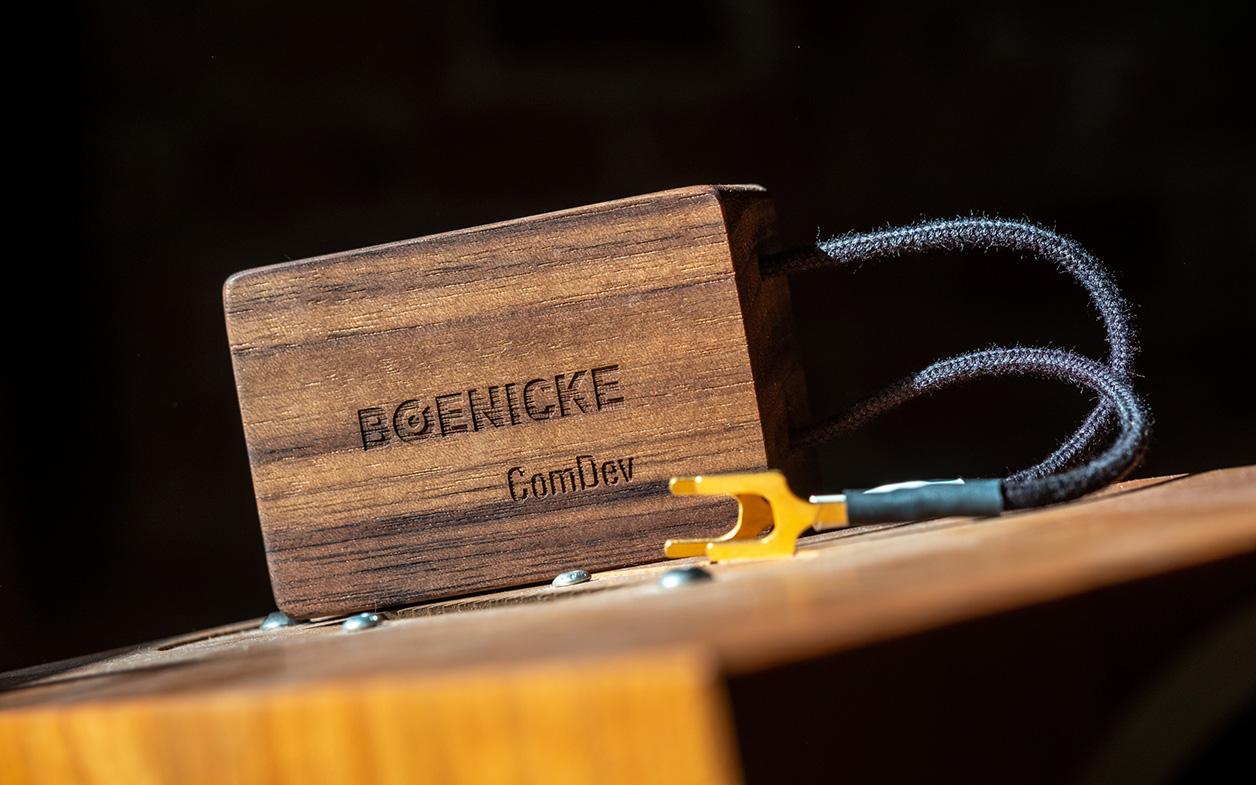

 By Andre Marc
By Andre Marc

We recently reviewed the wonderful Boenicke Audio W11SE speakers https:// www.audiokeyreviews.com/the-reviews/ boenicke-audio-w8, which proved to be one of the most transparent and distortion-free transducers we have auditioned. Chief alchemist Sven Boenicke sent us his mysterious ComDev accessory, a type of product we had not yet encountered. A pair of ComDevs cost $1,600. The ComDevs come as a pair, housed in wooden enclosures, with two wires extending out, each terminated with spade connectors. Each unit is slightly smaller
than the size of a pack of cigarettes, and they are fairly dense-feeling when held in the hand. Where do these interesting and unfamiliar devices go? Apparently on the binding posts of your speakers, or the binding posts of your amplifier.
We spent a few weeks listening with and without the ComDev pair and eventually

settled on leaving them on the binding posts of the newly reviewed Allnic M-3000 Mk 3 mono amplifiers. It took a few days to try to understand how the sound was affected— and that’s the thing, it was affected, we just weren’t sure how.
audiokeyreviews.com
After a few days, we surmised that the bass seemed punchier and the reverb trails seemed slightly more ethereal. Snare cracks were a bit more dynamic. We were perplexed. We did not even venture to guess what was inside the boxes, but a totally uneducated guess is that the ComDev pair lowered the noise floor in some capacity. The effects we heard fall in line with other products that target either electromechanical or electronic noise.
On vocals, it seemed the singer was recorded a few inches closer to the microphone than without the ComDev. On orchestral pieces, there was slightly more texture. It was not a complete transformation but a refinement. We were impressed with the increase in definition of instruments further back on the soundstage.
by trying them. On some systems, they may work better on the speaker posts; on others, on the amp posts. Either way, they are easy to integrate and require no power source.


We moved the ComDev boxes to our second system, with Scansonic speakers and an Audio Research amplifier. We weren’t sure what to expect, but we experienced identical results. The midrange was transparent and the treble region was more tidy. Almost like swapping out the cheap stock power cords that most manufacturers supply with a welldesigned after-market cord.
How these magic wooden boxes will perform in your system can only be answered
We really had no answers as to why we were hearing these differences, but we just decided to sit back and enjoy the results. There is very little technical information on the Boenicke website, which makes the sonic improvements we’re hearing that much more interesting. The ComDev is definitely worth an audition if you’re seeking a hassle-free and convenient enhancement.
PRODUCT INFORMATION
Boenicke Audio ComDev: $1,600
https://boenicke-audio.ch/products/ accessories/comdev-
 Paul Cezanne - La Montagne Saint Victorie et le Chateau noir
Paul Cezanne - La Montagne Saint Victorie et le Chateau noir

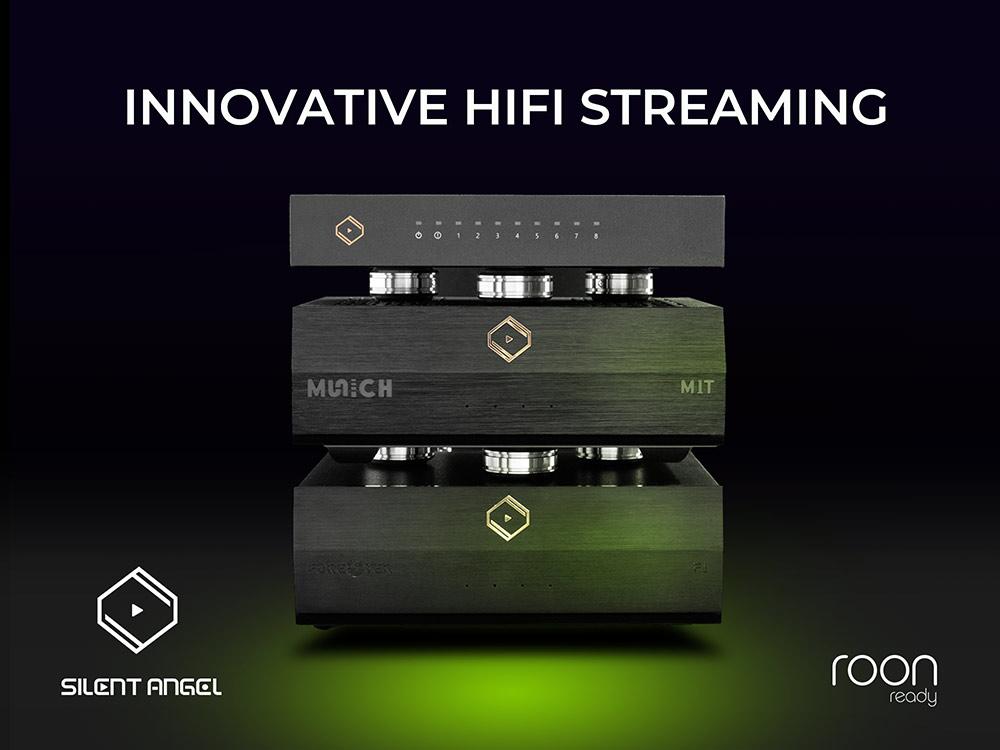

Welcome to AudioKeyREVIEWS Magazine’s Recommended Components, which will become part and parcel of each of our various issues. The purpose of this section is to acquaint the reader with products—speakers, DACs, amplifiers, preamplifiers, turntables, headphones, IEMs, streamers, portable audio, etc.—that we feel are quite exceptional and rise above their like brethren. There will be three categories —Budget, Mid-Tier, and Top-Of-The-Line. In our Budget Recommendations there will be products that compete far above their respective price point and are, generally, also built to reflect this.Our Mid-Tier Recommendations will encompass those products within arms reach, in terms of relative affordability, that present value and a challenge to the vanguard of their respective product niches. Finally, our TOTL Recommendations will be composed of those products that are at the cutting edge of technological advancement now happening across the world. The three categories of recommendations will rotate across the various issues of our magazine and there will also be a fluidity to the products within the various lists. Things change and especially now given our current technological epoch. The various lists, however, will be fixed on the AudioKeyReviews.com website.


 Claude Monet -Woman-with-a-Parasol, 1875
Claude Monet -Woman-with-a-Parasol, 1875
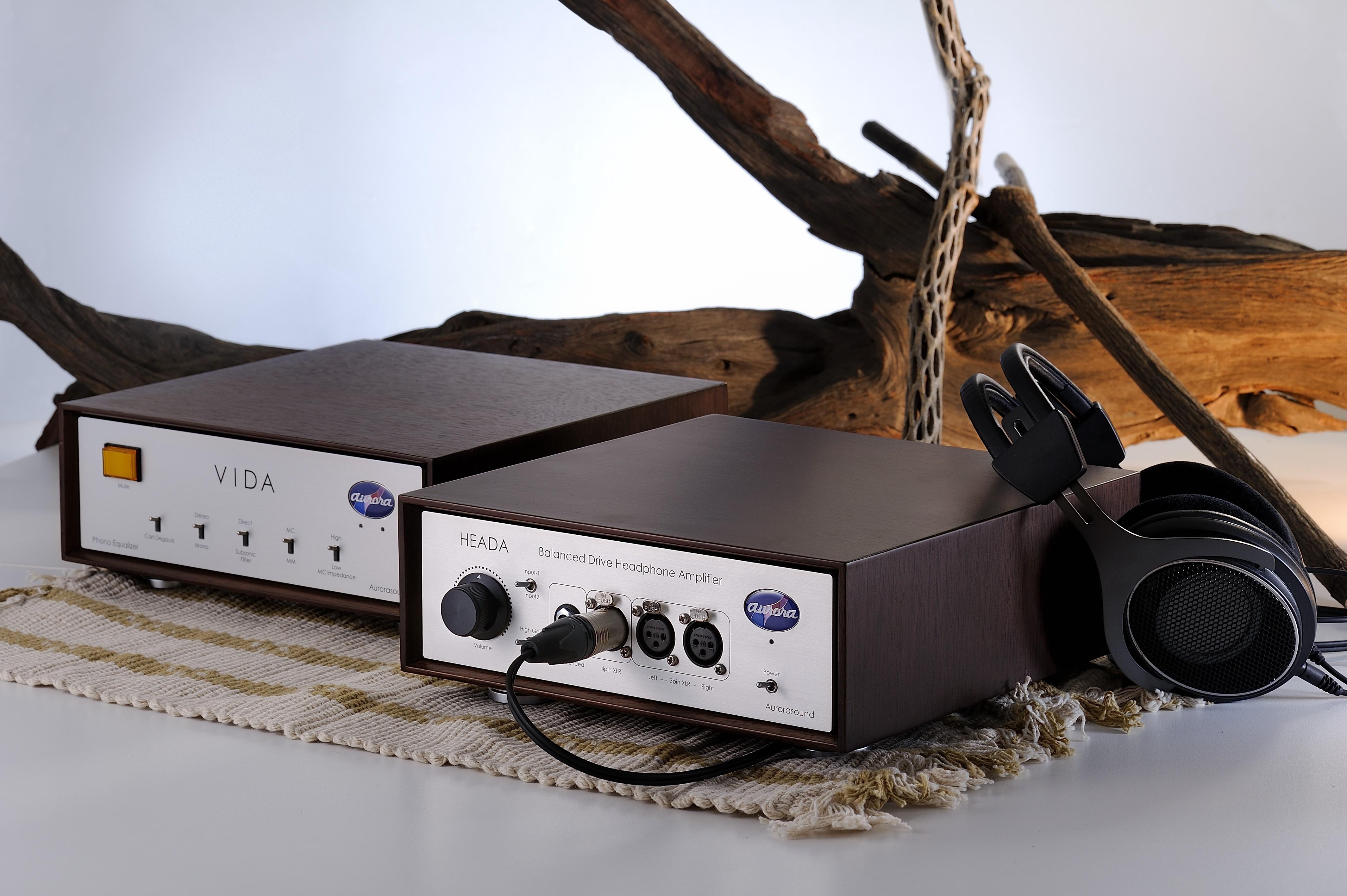
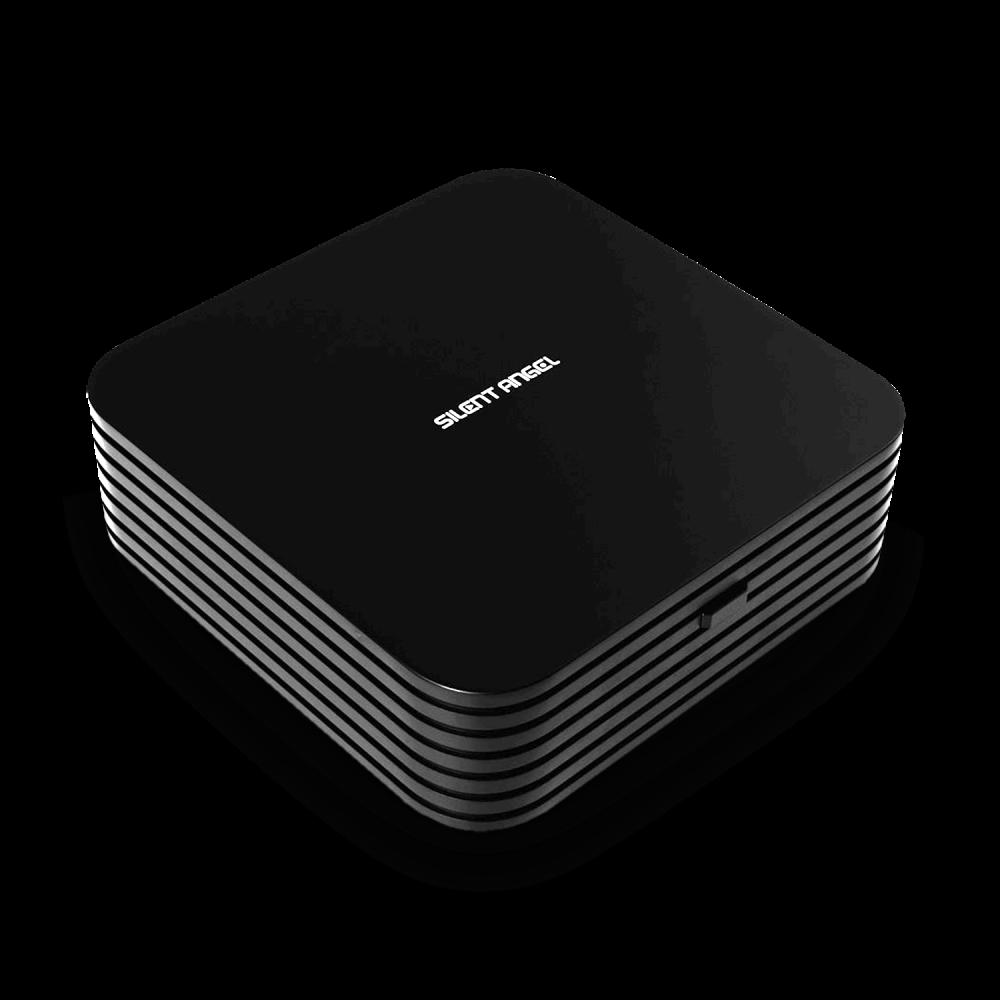

AURORASOUND HEADA
$2999: If you’re looking for an endgame headphone amplifier and even if your headphone amplifier is more expensive, try this one, you may be quite surprised. That said, the Aurorasound HEADA headphone amplifier is a top echelon component and an easy DIAMOND AWARD winner.
SILENT ANGEL RHEIN Z1
$2299: The Rhein Z1 and Forester F2 combo played far above the league that their combined price would indicate. For many, this $3,900 combo may well represent an endgame streamer/ power supply capable of exceptional fidelity with DACs from entry level to those on the cutting edge.
ABYSS AB1266 PHI TC $5999: I think that I’ve said it all. The Abyss AB1266 Phi TC is a phenomenal headphone. It brings an undying passion for musicality and a ferocity for transparency and clarity and detail retrieval, formerly the domain of the best electrostatic headphones. But this planar headphone speaks that language—electrostatic—fluently and well.





TORUS RM20 $3999: Can you say pristine, natural, open, and unhindered frequency response? Wide dynamic range? And there were oceans of detail, air, microdynamics, and ambience rendered by the Torus RM 20. It was not subtle. On the contrary, it was stunning.

RSX POWER8 $399: The RSX Power8 clearly holds to the dictum, “Do no Harm,” to the system in which it is being utilized. What it, in fact, offers is pure, clean power, a testament to the meticulous parts selection, research, and conscious minimalism all employed in its design. suffice to say, that it has no competitors at 3 to 4 times is cost.
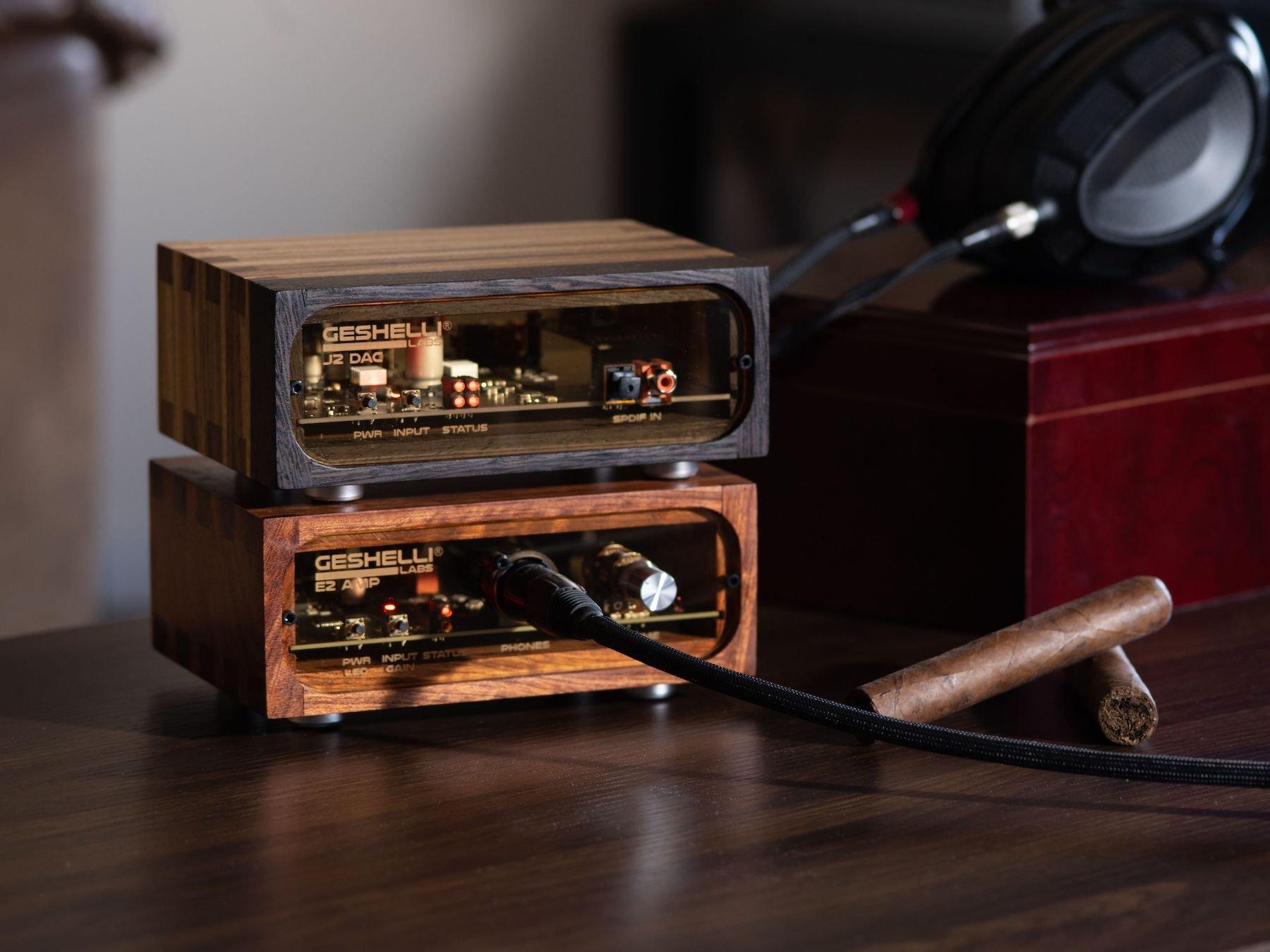
GESHELLI LABS ERISH2 [E2] $219.99, JNOG2 [J2] $249.99: Disinterested in ostentation, Geshelli Labs believes in real world pricing with high fidelity performance. Their JNOG2 plus ERISH2 are a petite and potent bargain. With just enough character to put flesh on bone, the classy little twosome sets your music free without excessive color or dispensable features.



 Paul Cezanne - Bay of Marseille
Paul Cezanne - Bay of Marseille


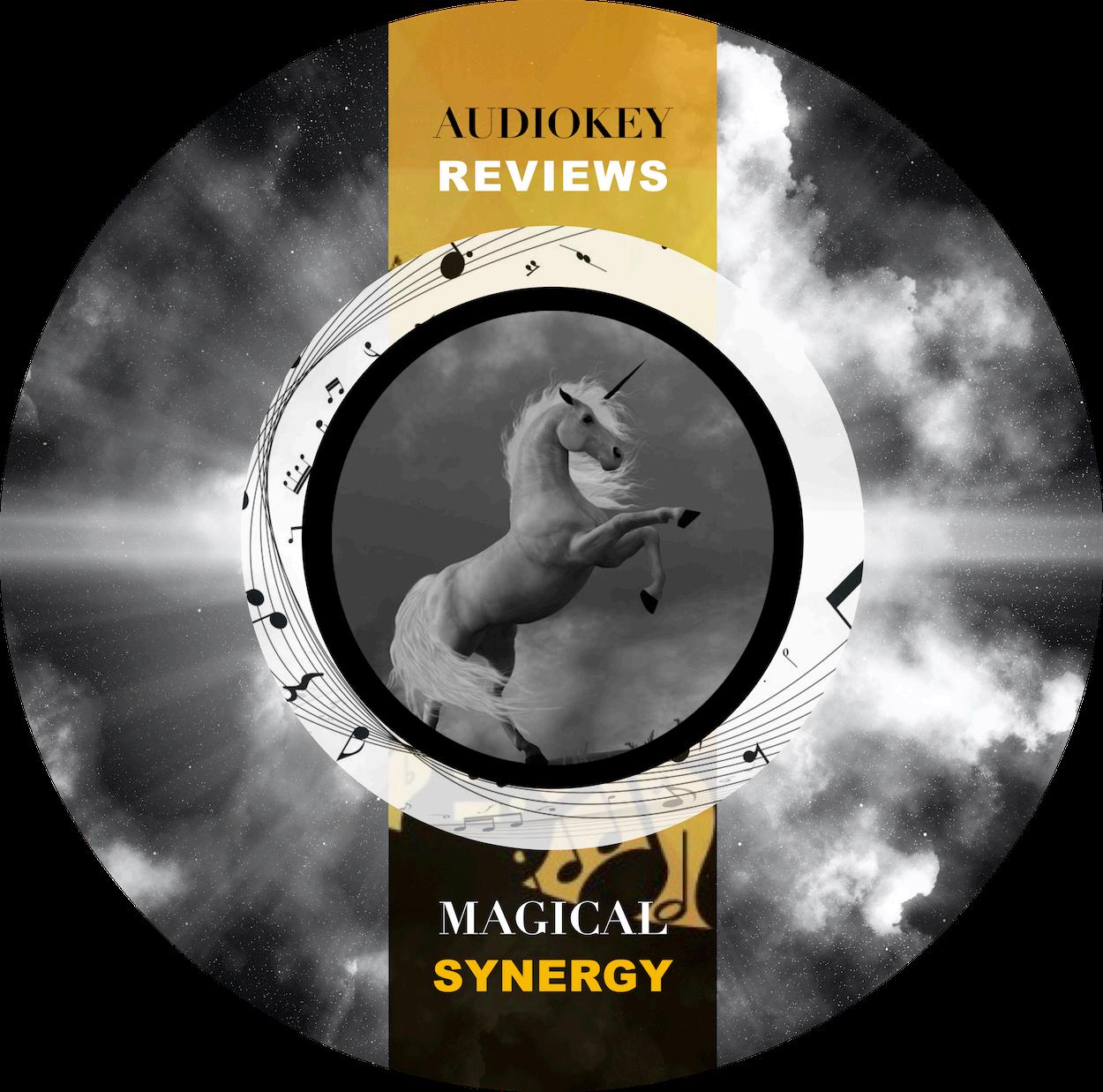
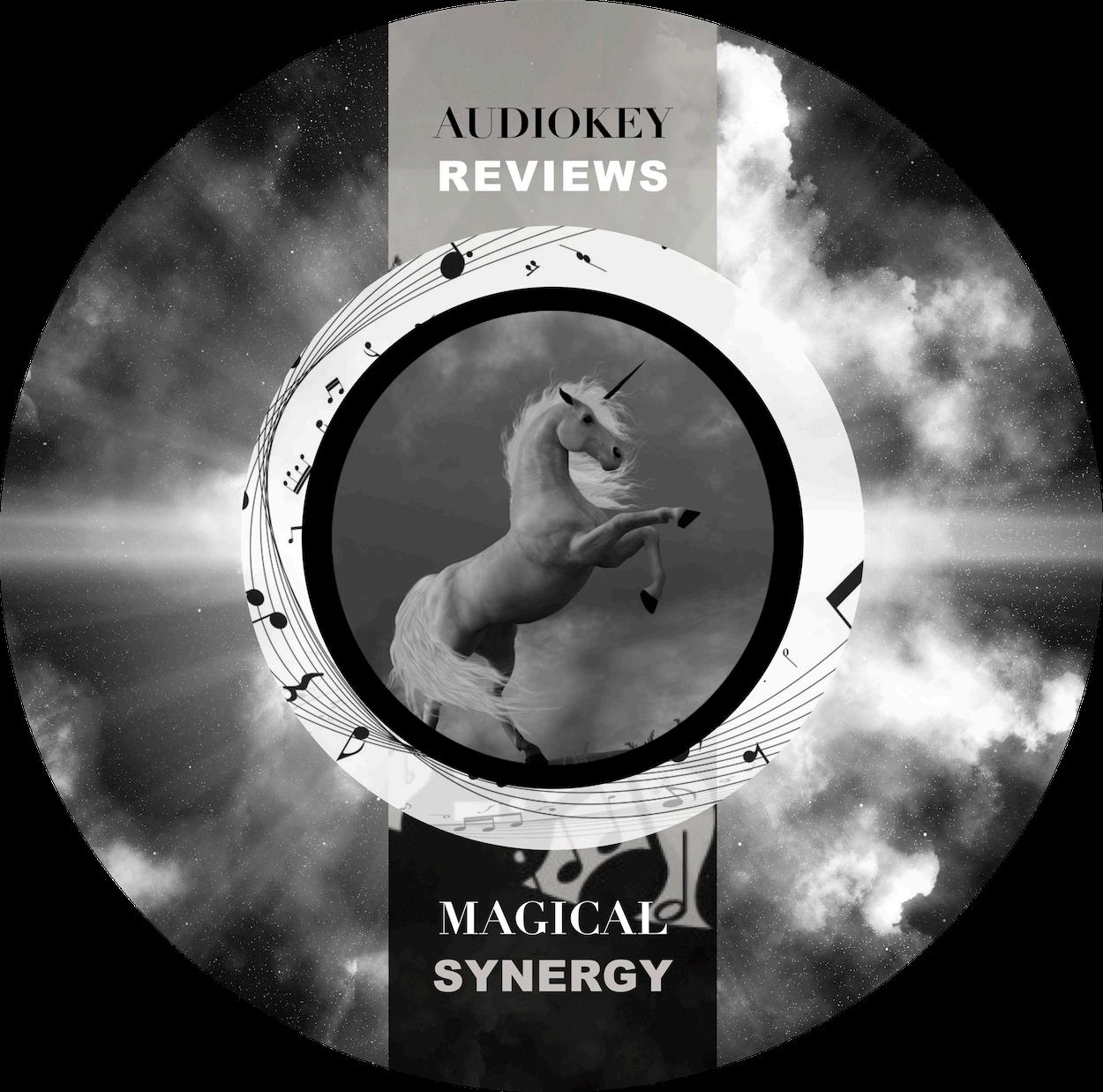
Syn•er•gy
The interaction of two or more agents or forces so that their combined effect is greater than the sum of their individual effects.2
For us a Magical Synergy represents two components or more, that together make music far above what either make separately. Generally, we’ve discovered Magical Synergies via reviews, where we mix and match a good number of components to determine how one of the components—the component under review— sounds.
And while there may be strengths and weaknesses between the various combinations, the Magical Synergy represents that combination which has very few if any weaknesses and a wealth of combined strengths.
In this respect, we’ve done the homework for the reader by evaluating numerous combinations to uncover the Magical Synergy, as many of you may not have the time, options, or financial wherewithal to make these determinations. And Magical Synergies are not always uncovered in our reviews and or our research, as they tend to be, well, rare.
A note on the various Magical Synergies that we uncover. We are music lovers first and foremost and not professionals who produce music or movies for a living and require different synergies, nor do measurements come into determination for us of what is a good Magical Synergy and what is not. No,
for this we determine by ear, heart, and soul, that which moves us, provides for that “vibrational” comfort food, and a rich and engaging musical experience. The experience should, of course, come with sufficient detail and resolution and fidelity to recreate venue and/or the experience of listening to live music, when appropriate. After a long and trying day in this topsy-turvy world, wouldn’t it be wonderful if some small measure of nirvana could be achieved through one’s music and the components that play it back?
In other words, our Magical Synergies do not render music that is dry, unengaging, subtractively neutral (see dry, boring, etc.), flat, or lacking in dynamics, when called for.
Please find for your review a number of Magical Synergies below.
1, 2 The American Heritage® Dictionary of the English Language, 5th Edition.

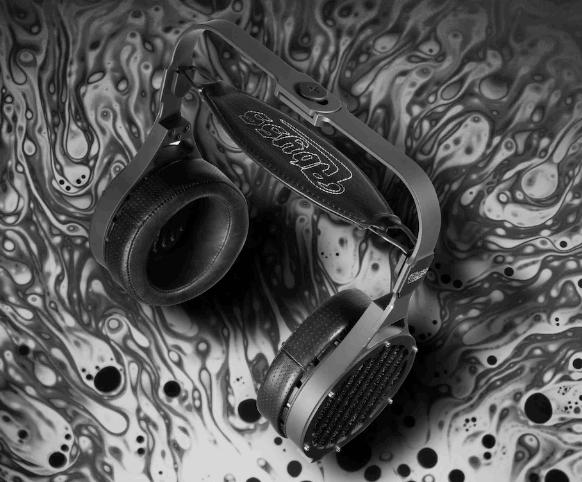


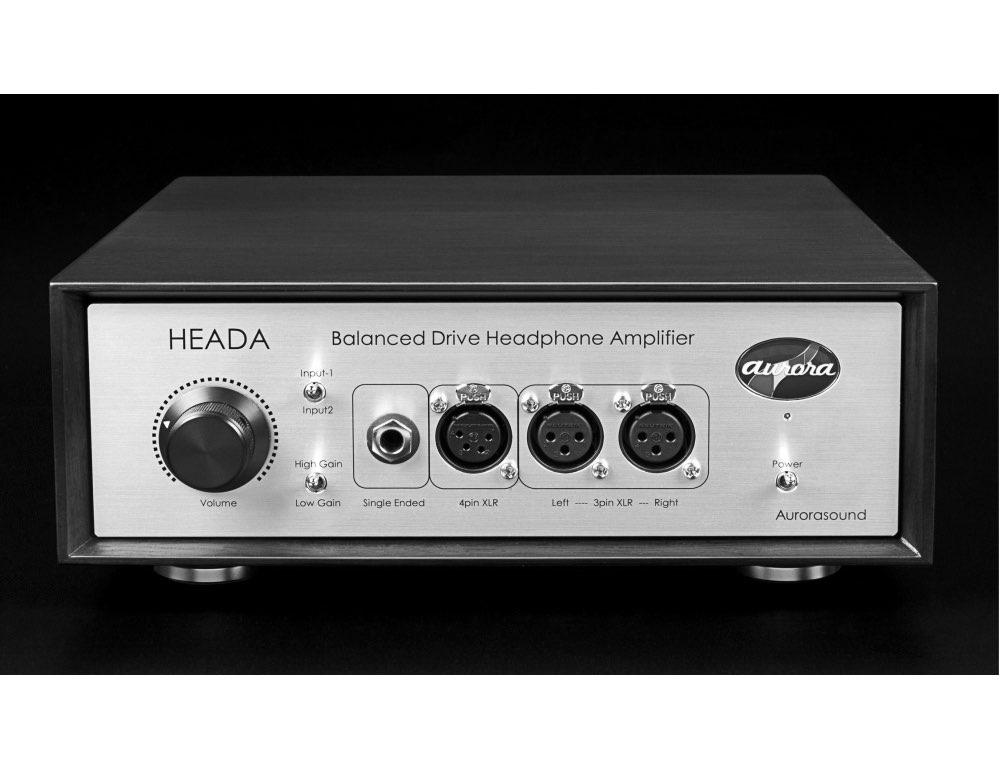
What happens when transparency is, seemingly, exceeded? Realism? Or, perhaps, seeming realism? This is the conundrum raised by the Abyss AB1266 Phi TC and its easy ability to make the best of the best headphones sound dull and uneventful, while it waxes on clear as a wellmade bell … Yikes! The Abyss AB1266 Phi TC is a phenomenal headphone. It brings an undying passion for musicality and a ferocity for transparency and clarity and detail retrieval, formerly the domain of the best electrostatic headphones. The Aurorasound HEADA headphone amplifier is musical from ‘Square One’, ‘Jump Street’, ‘Scratch’, or, practically, as soon as you turn it on, though it gets worlds better thereafter. It is a beautifully, carefully designed endgame component to pass down. If you’re looking for an endgame headphone amplifier and even if your headphone amplifier is more expensive, try this one, you may be quite surprised. That said, the Aurorasound HEADA headphone amplifier is a top echelon component and an easy DIAMOND AWARD winner.
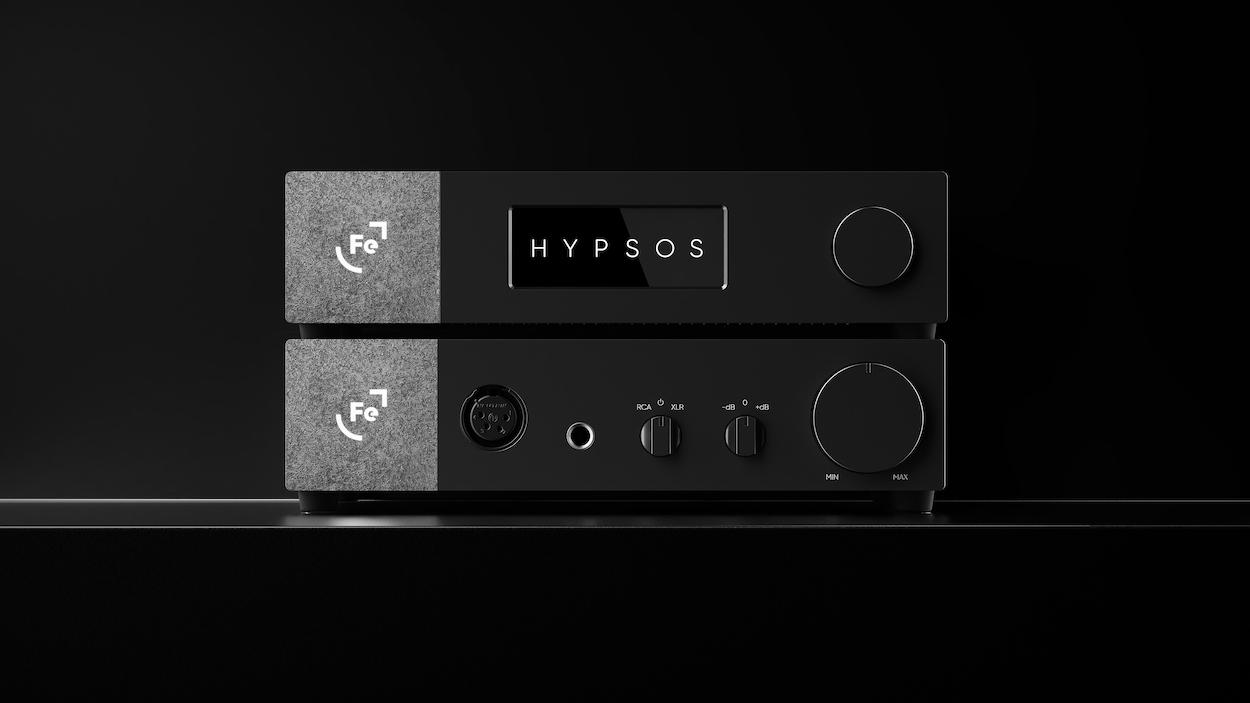


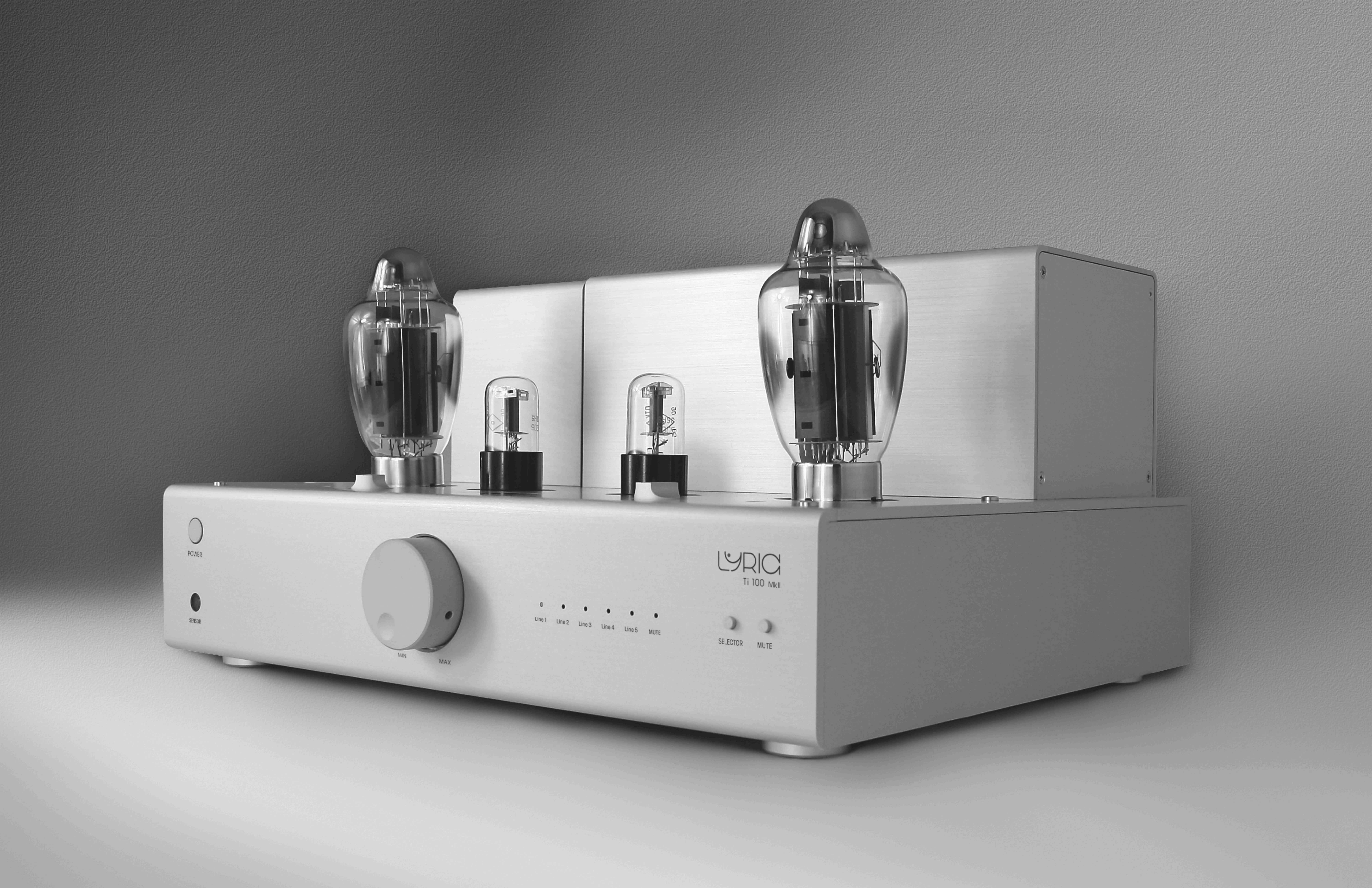
There was immediate magic from the Ti 100 MkII, though this was purely from a musical perspective, which was immersive in the extreme. However, after about 100 hours the magic suffused to all aspects of the Lyric Ti 100 MkII’s performance. Tis was easily witnessed, as it followed an exceptional pair of 200 watt/channel, solid state monoblock amplifiers with dedicated preamplifier with relatively minor lessening in overall performance. Remarkable! Te Lyric Audio Ti 100 MkII is, of course, not one of those products as it has easily met our criteria for the DIAMOND AWARD, our highest award, which reflects on its excellence.


Te Vivid Audio Kaya 45s came in, with little expectation from me.
Tey sat patiently while the other inhouse speakers were put through their paces And when its turn came, well, it astonished and continues to astonish. Additionally, the Kaya raised the bar of performance and award citation for not only speakers but all other equipment aw well. No small task. And this speaks to the profound abilities of the Vivid Audio Kaya 45.
Te Kaya 45s will beautifully play all genres of music and have you neglecting none, as was the case with this reviewer. Te high-fidelity touchstones are always scrupulously met and with a refinement, naturalness, ease, and musicality, most will simply never expect. I certainly did not. Tat said, the Vivid Audio Kaya 45s win our highest award, the DIAMOND AWARD, while making it look easy and yet a good deal more difficult for other speakers and components alike.



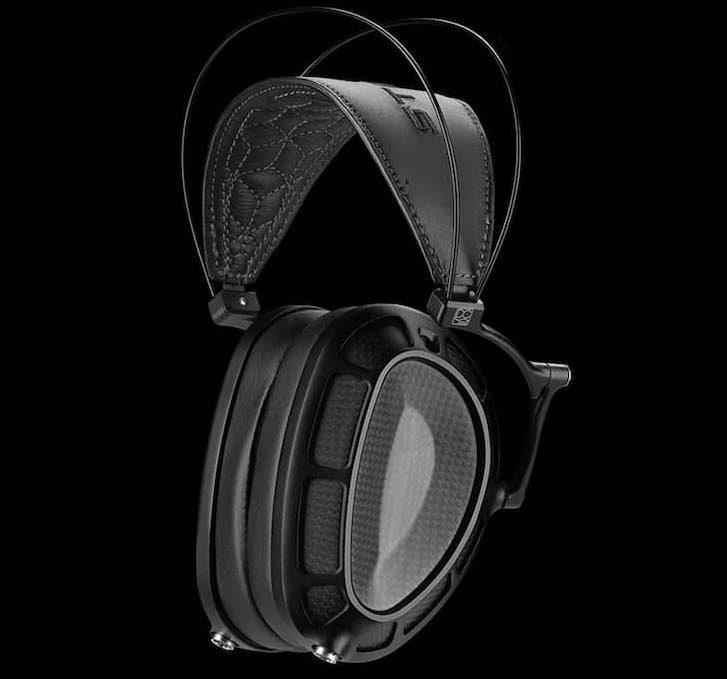
The Dan Clark STEALTH planardynamic headphone is a revelation. It exceeds its prescribed edict—to excel in planar magnetic duties—and goes on to become exceedingly familiar with, if not master of the edicts of the other headphone worlds and technologies. Again, there are very few headphones capable of doing this and fewer still with such compelling musicality. You and your music, regardless of genre, will be well served…Please note that to date, I have listened to a great many headphones, and these days it takes a great deal to move me.

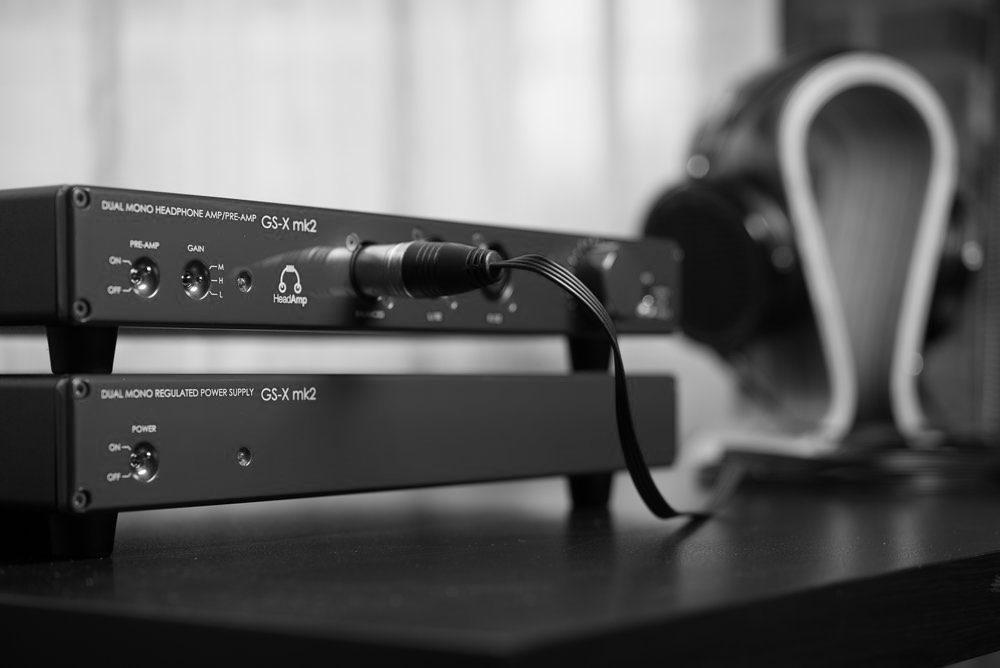

Te HeadAmp GS-X MkII is an exceptional headphone amplifier that not only outperforms its GS-X Mini sibling, but a goodly number of headphone amplifiers that have come my way for review these past years, some being a good deal more expensive. Its attributes are many, starting with its exceptional transparency and resolution, which ferret out both detail and insight in a manner that compels one’s attention. And one mustn’t forget the lickety-split transient responses or the dynamic contrast or the air and ambiance set free. When I wrote of the Mini that, “You can’t possibly be making all of this incredible music”, the same thought, though of a higher order, can now be said of the HeadAmp GS-X




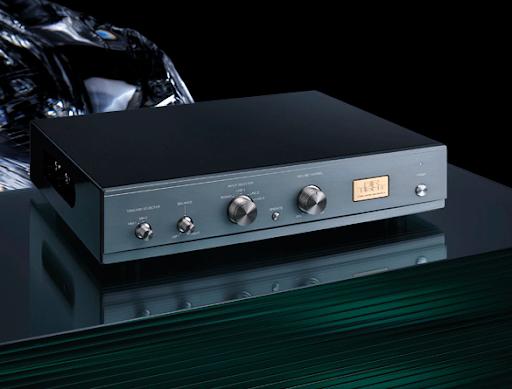

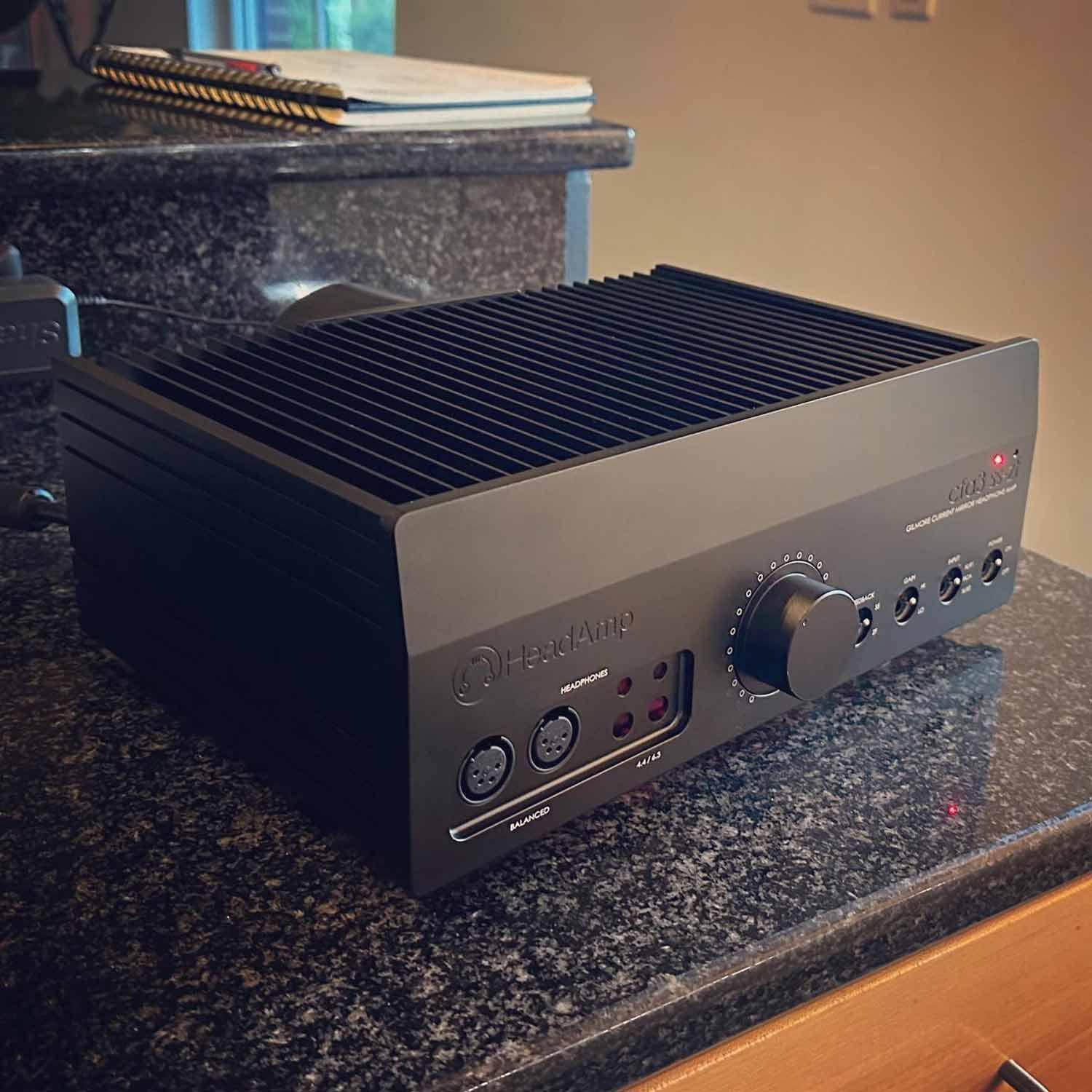



1. FRANCO SERBLIN ACCORDO ESSENCE
2. AIR TIGHT ATC-5 PREAMPLIFIER
3. AIR TIGHT ATM-1E STEREO AMPLIFIER
4. HEADAMP CFA3 HEADPHONE AMPLIFIER
5. DAN CLARK EXPANSE HEADPHONES (not pictured)
6. AND other reviews, columns, interviews, videos, etc. JULY 1, 2024






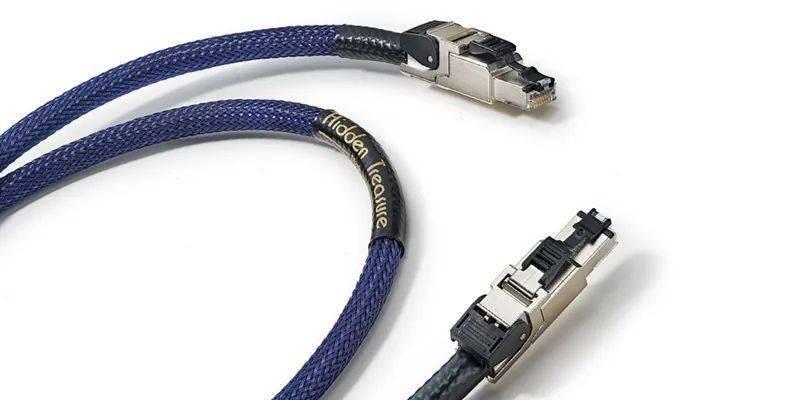
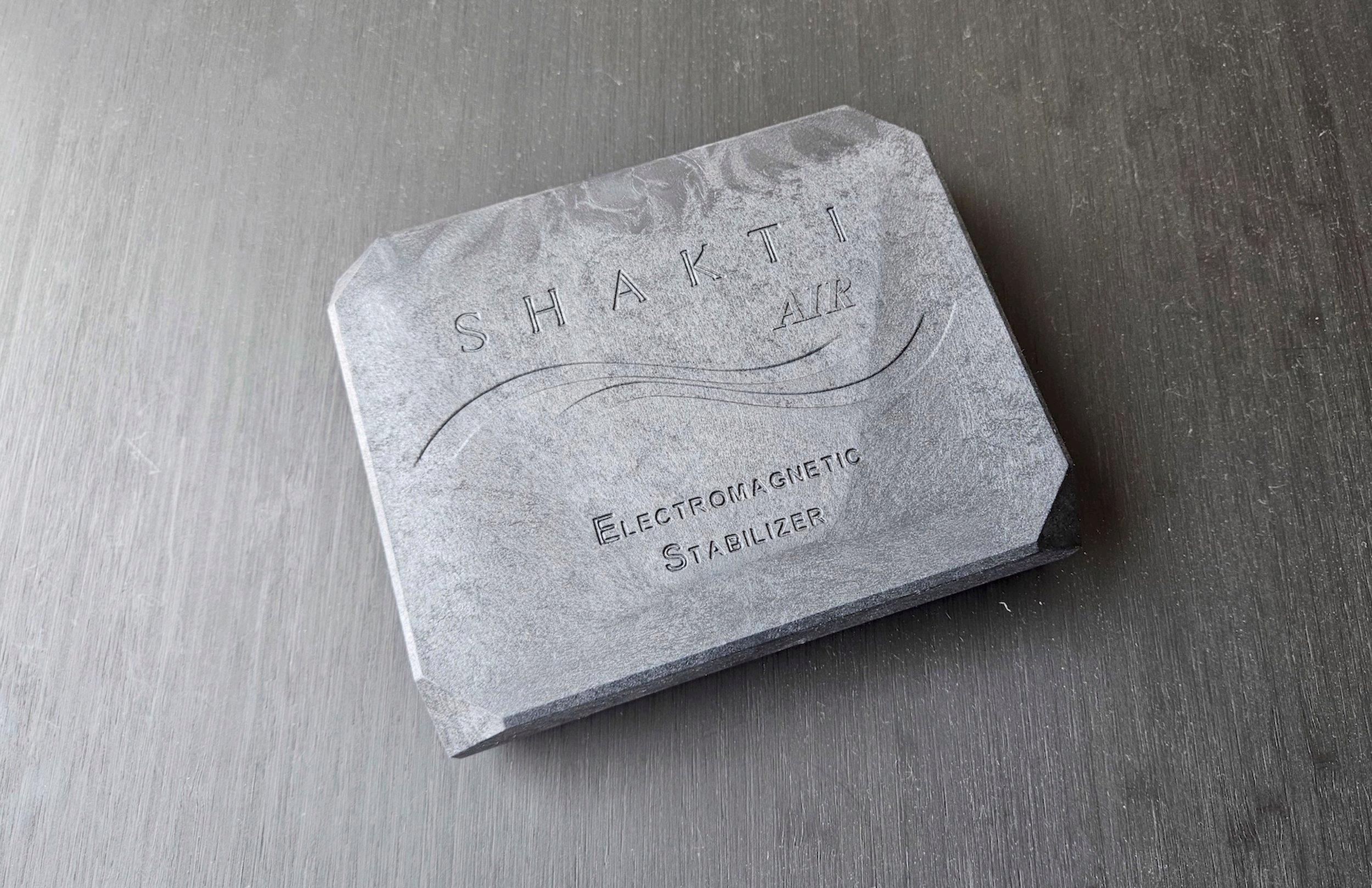







Music is art, art is music.
SALUTE YOU!

ABYSS HEADPHONES
ANTICABLE
ATMA-SPHERE
AUDIO ART CABLE
AUDIENCE
AUDIONET
AURENDER
AURORASOUND
AXXIS AUDIO
BAETIS AUDIO
BDI USA
BOENICKE SPEAKERS
BORDER PATROL
BRICASTI DESIGN
DAN CLARK
DENAFRIPS AUDIO
GESHELLI AUDIO
GRIMM AUDIO
GTT AUDIO
HEADAMP

HERMAN MILLER
HIGHEND-ELECTRONICS
KEVALIN AUDIO
KUBALA-SOSNA
LYRIC AUDIO
MADLY AUDACIOUS CONCEPTS
MEZE AUDIO
MOJO AUDIO
MOLA MOLA
MYTEK
PARASOUND
PURE AUDIO PROJECT
RSX TECHNOLOGIES
SILENT ANGEL
SONIC ARTISTRY
THE VOICE THAT IS
TORUS POWER
TRI-ART AUDIO
WARWICK ACOUSTIC
ZMF HEADPHONES
 Ansel Adams - Before the Golden Gate
Ansel Adams - Before the Golden Gate










E LECTRIFIED S TABILIZATION P LATFORM The Last Platform You’ll Ever Need
